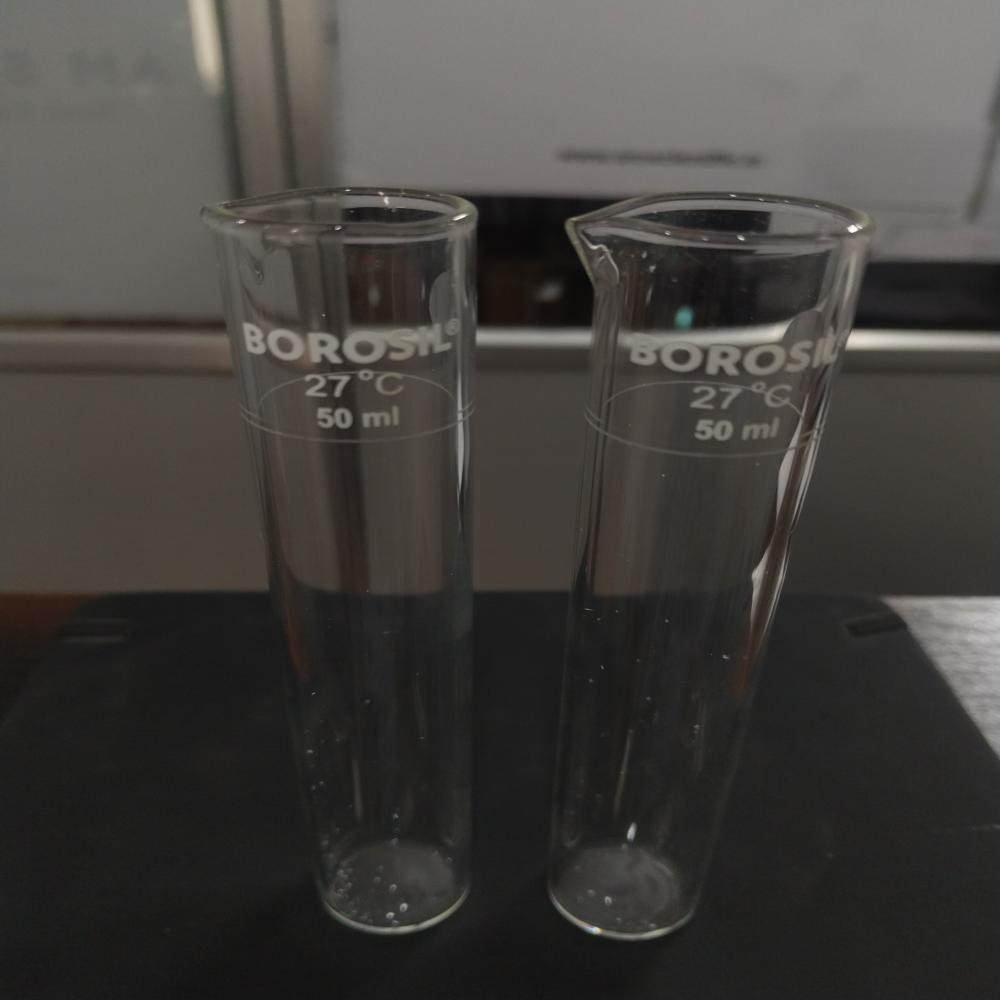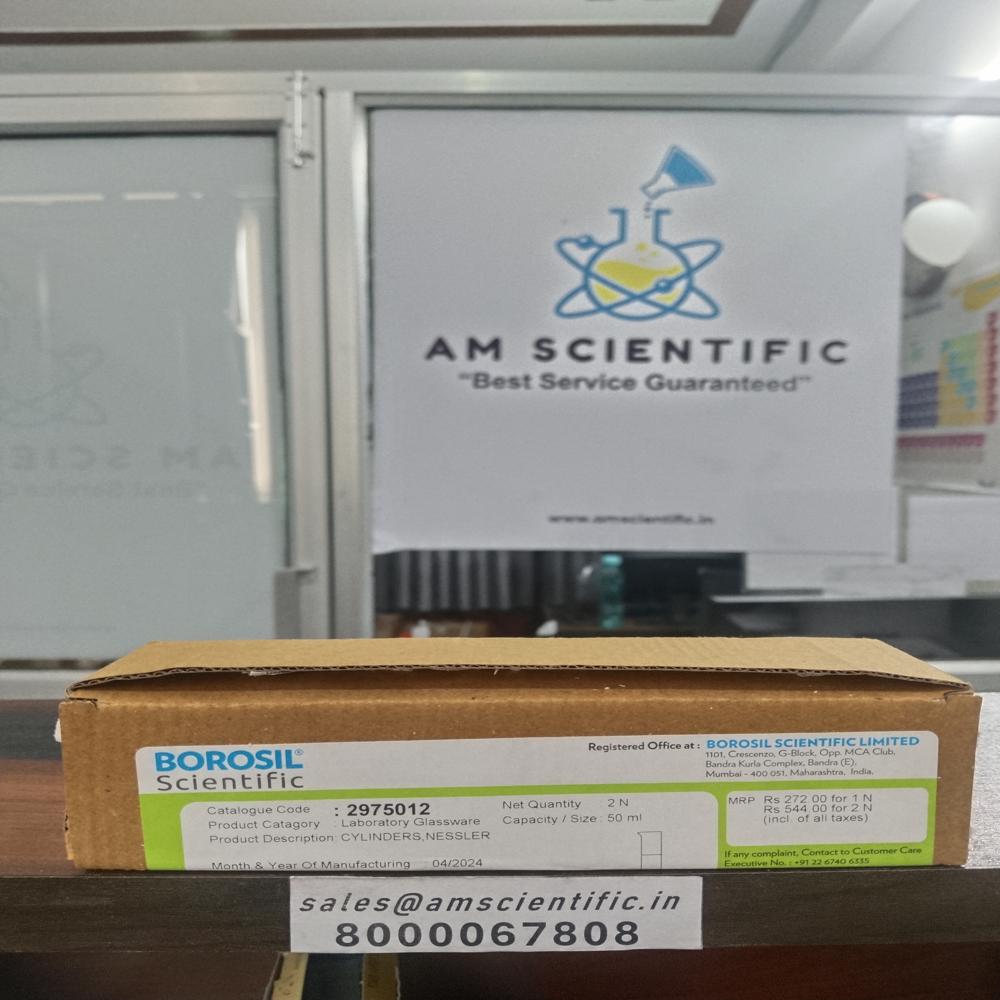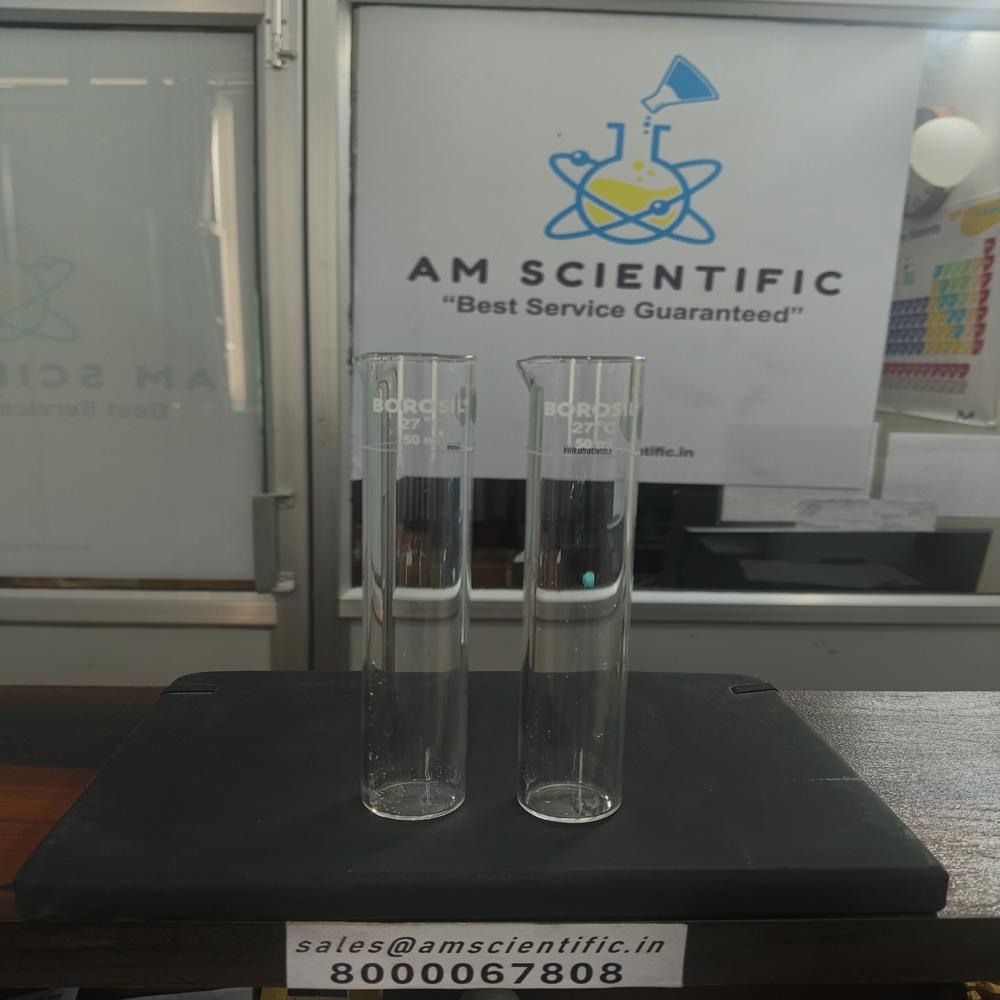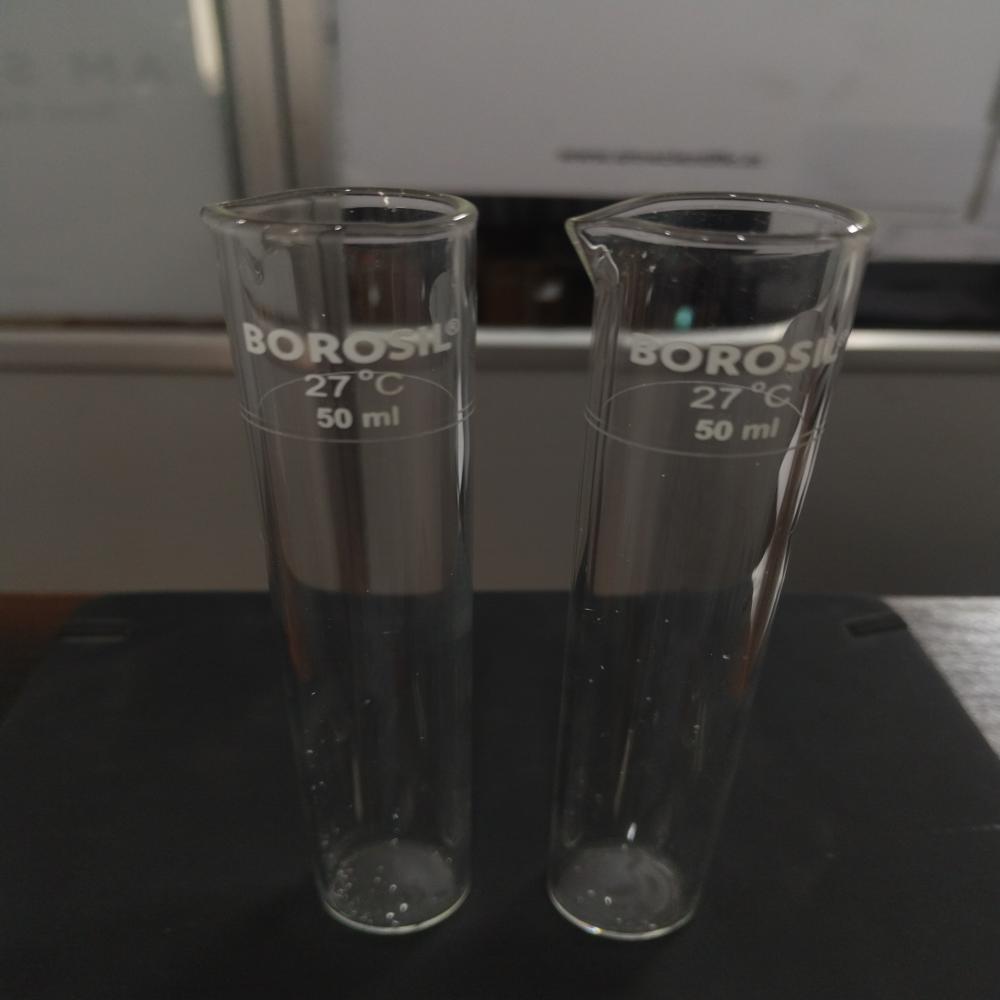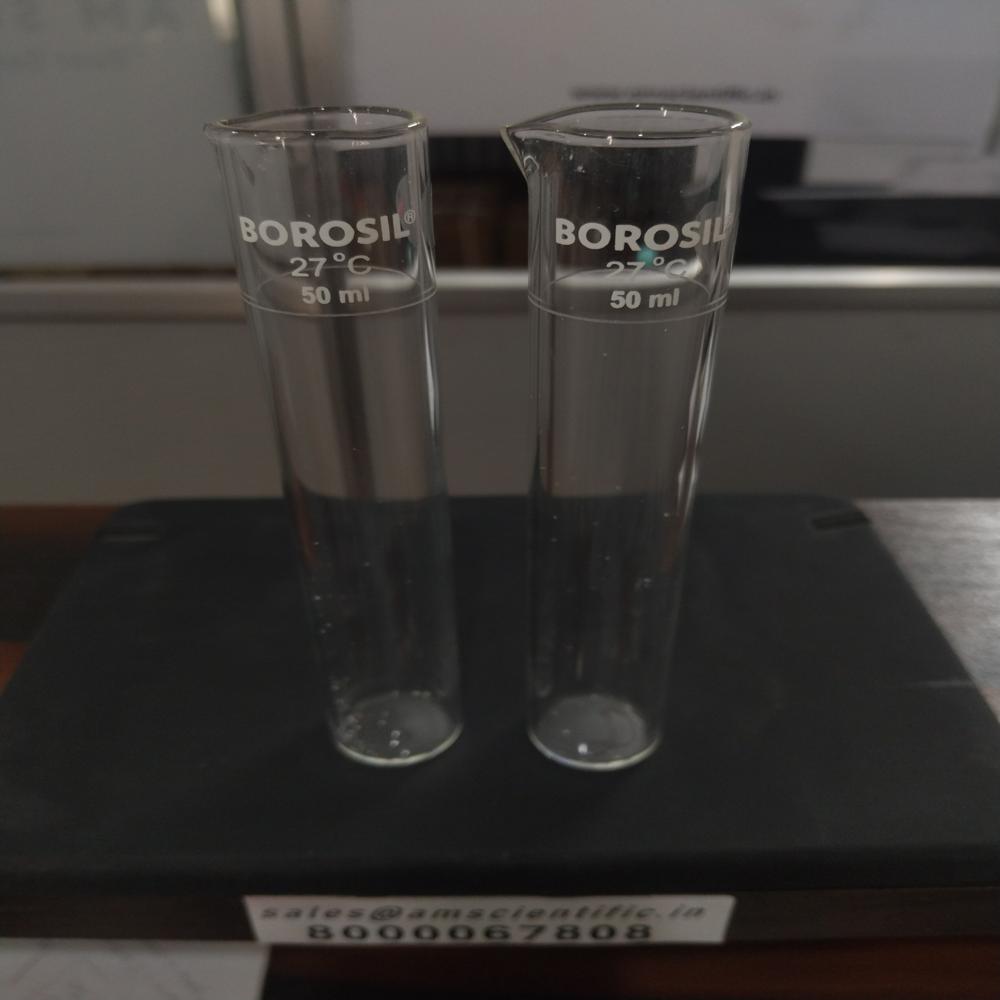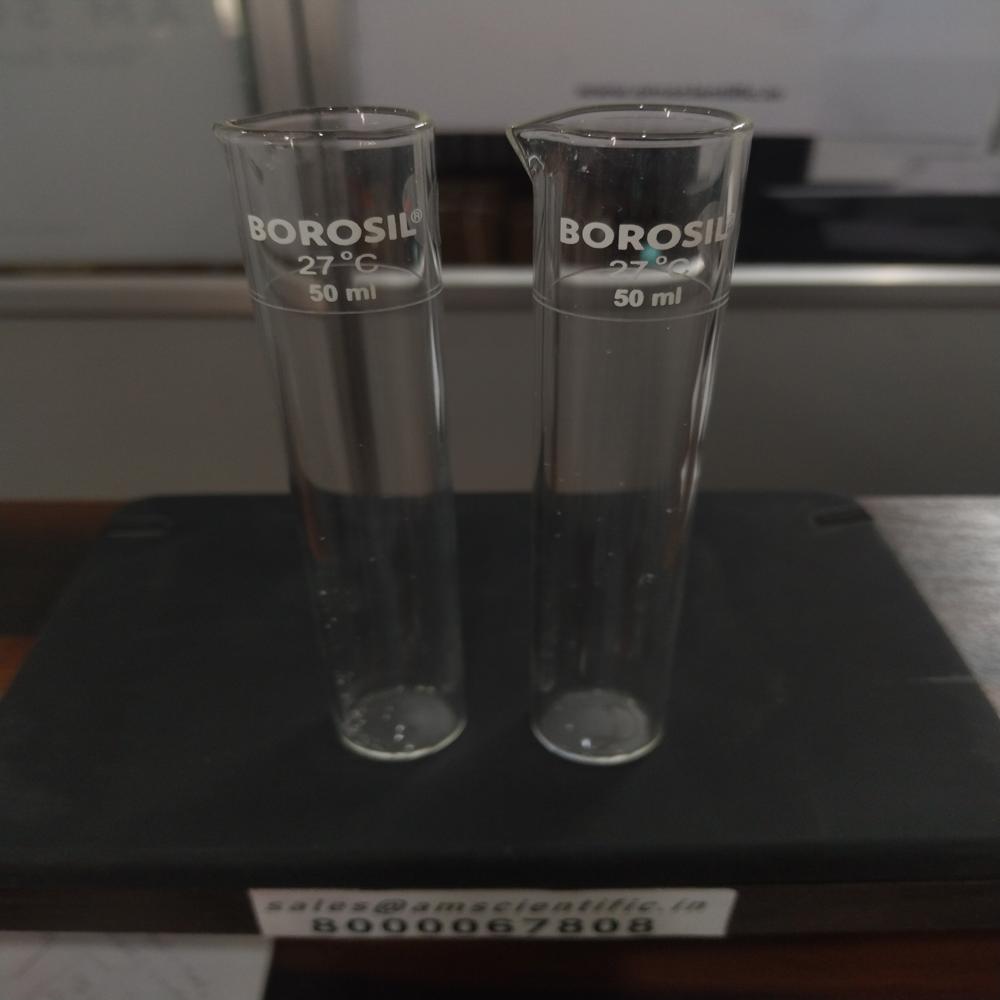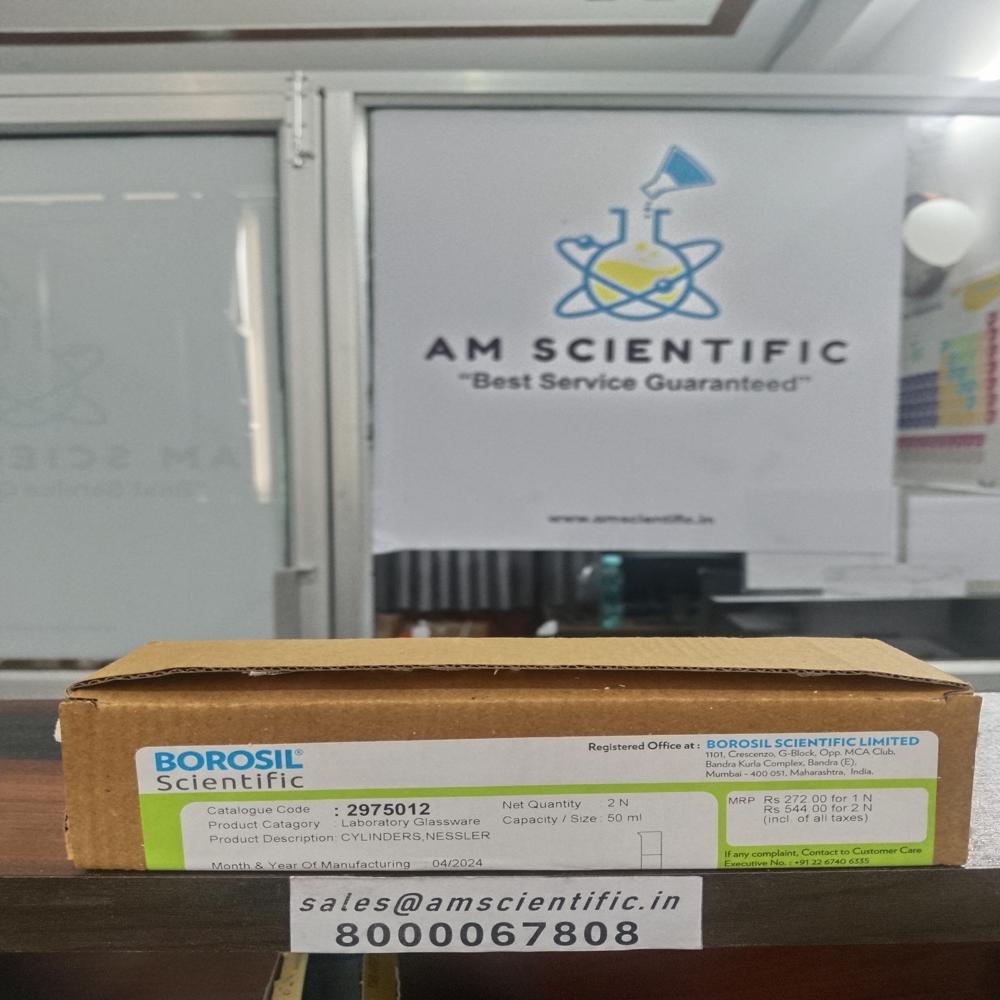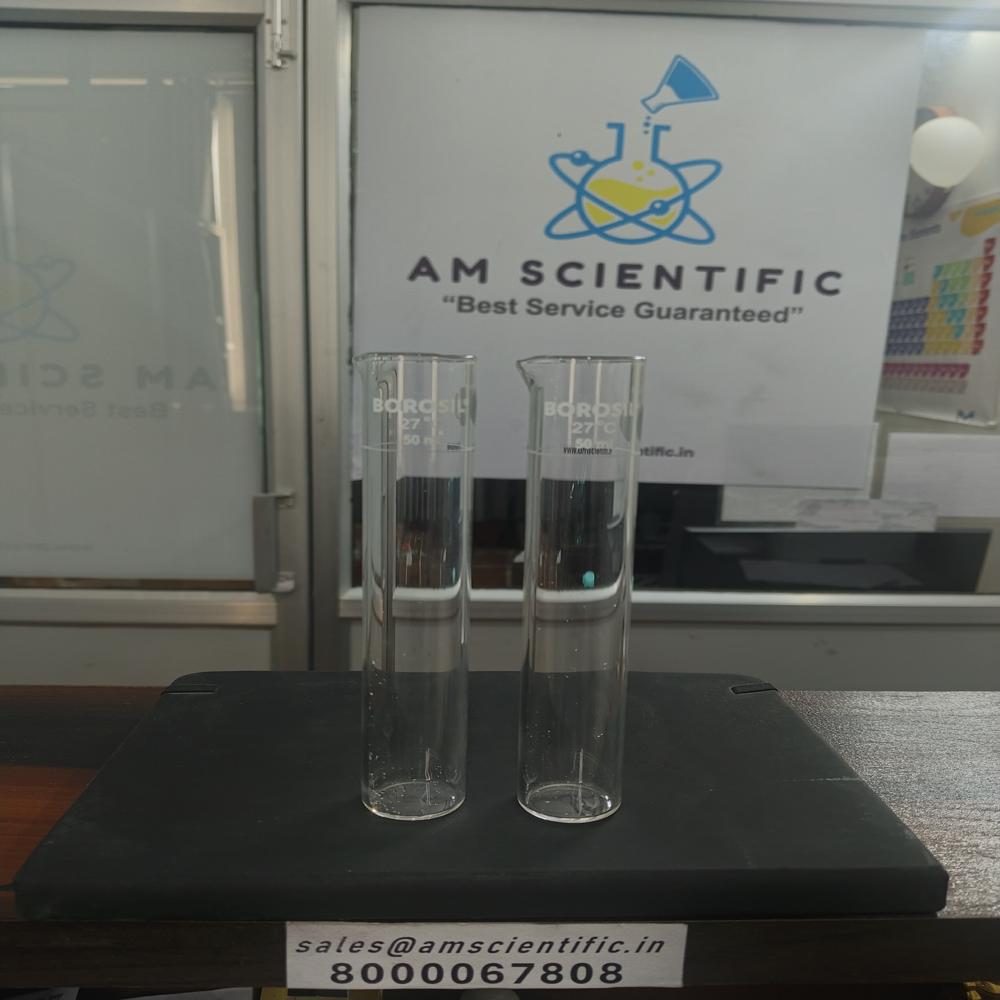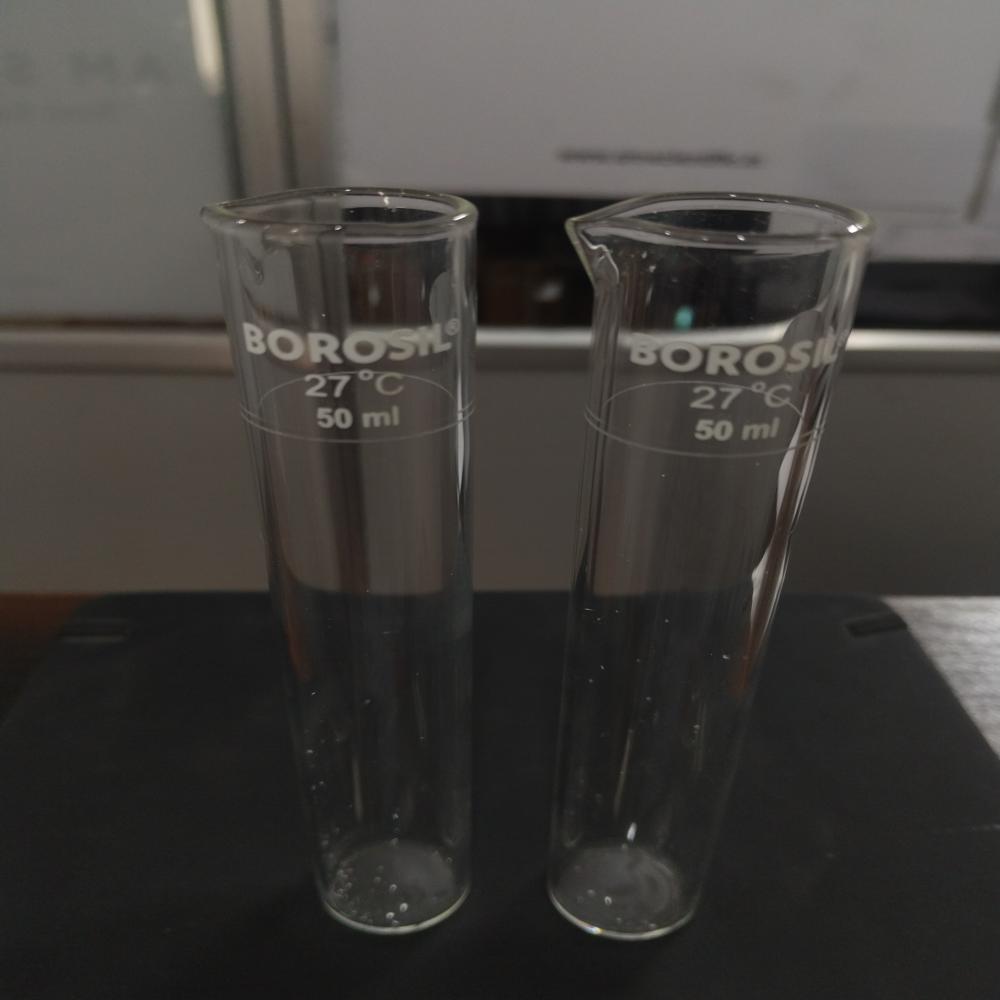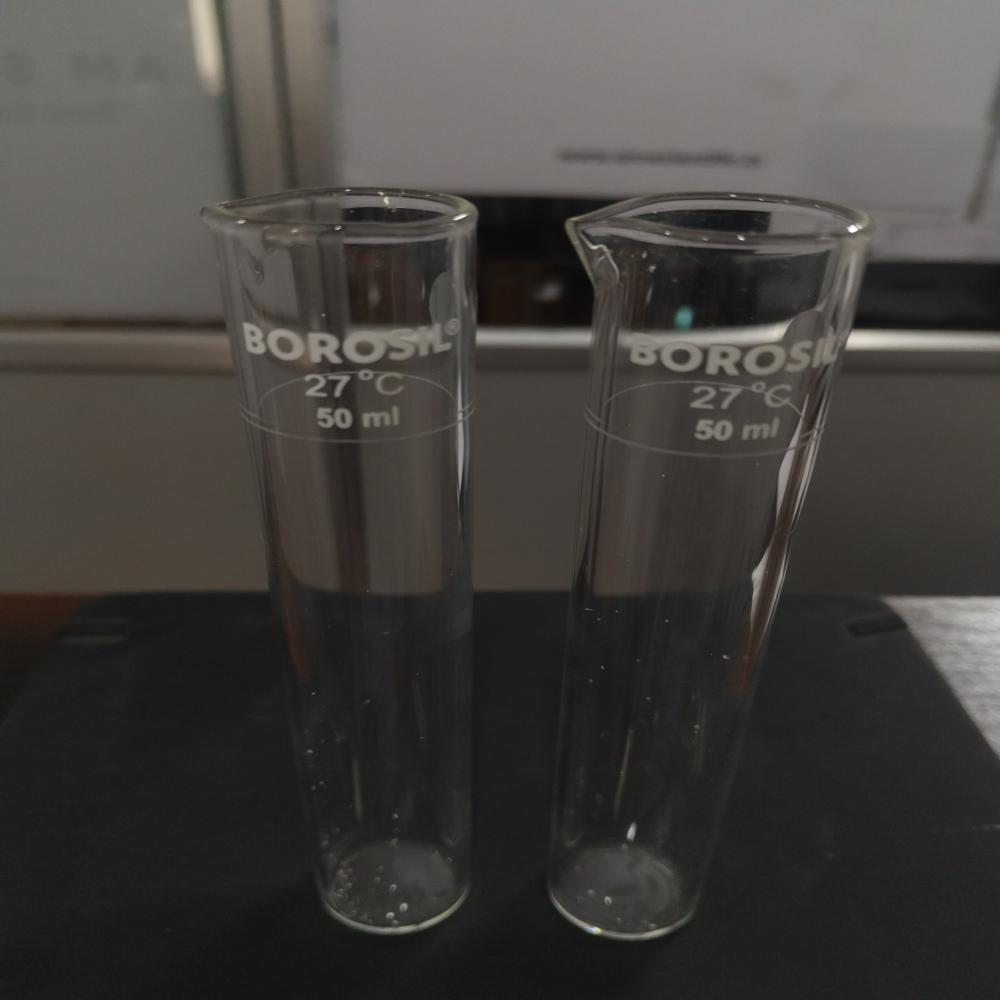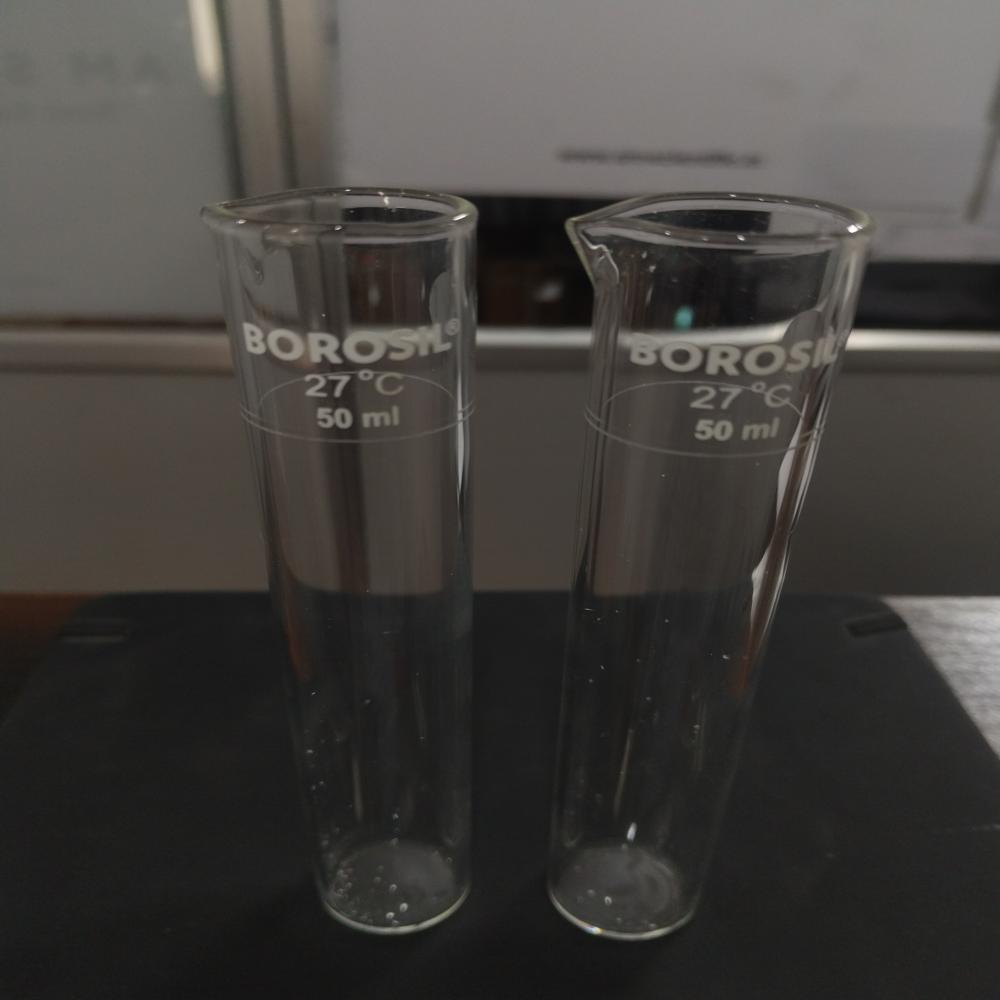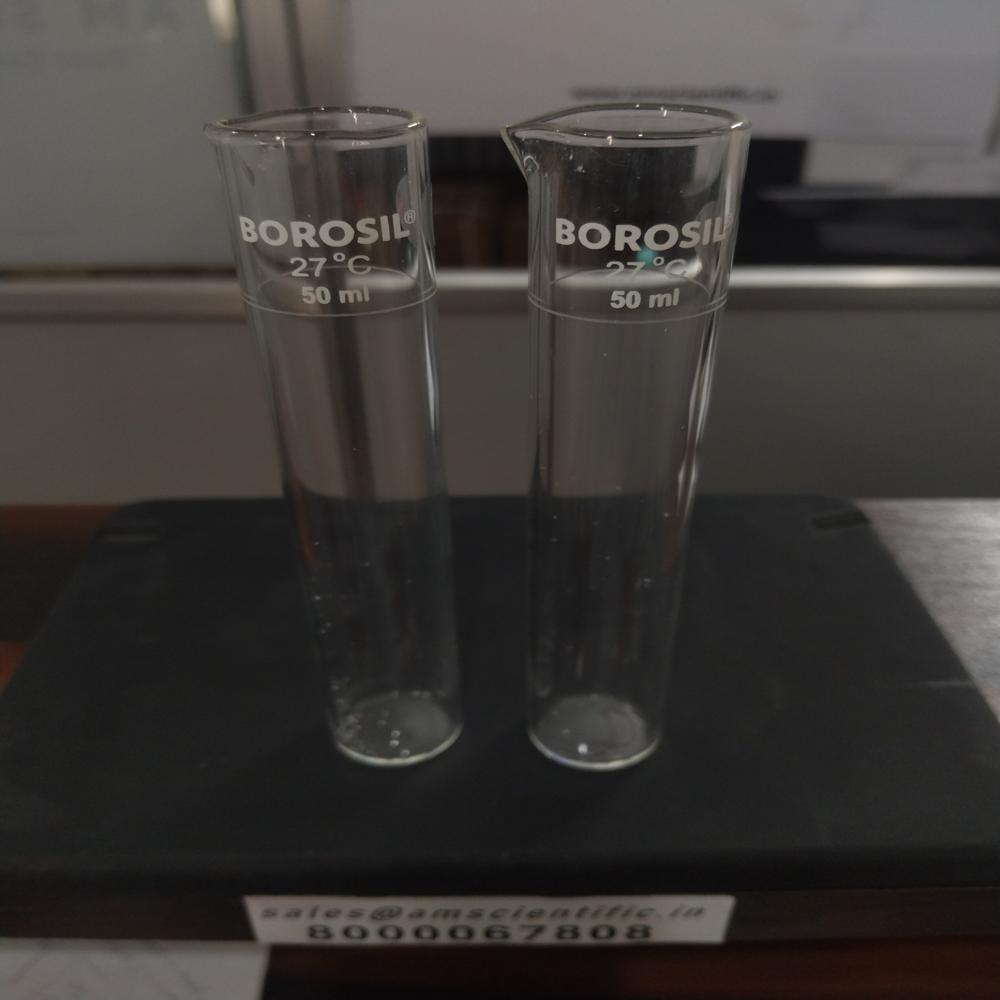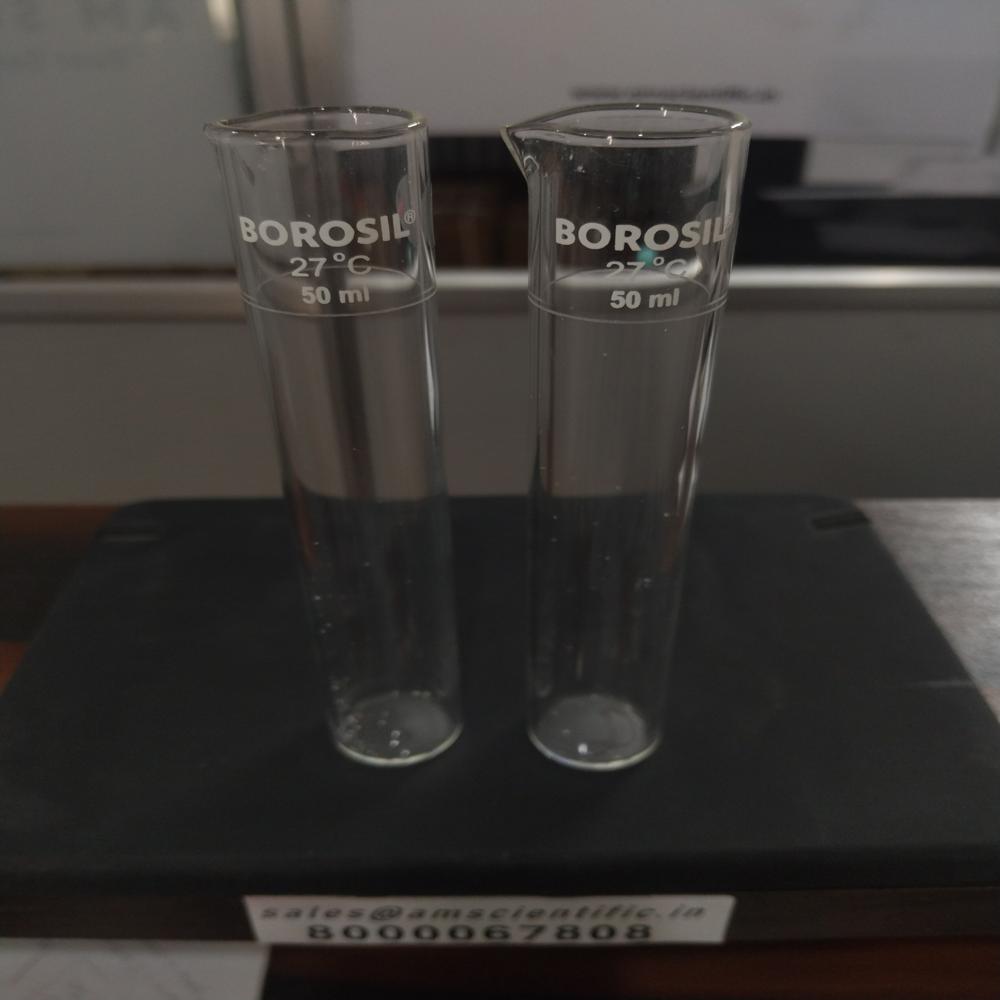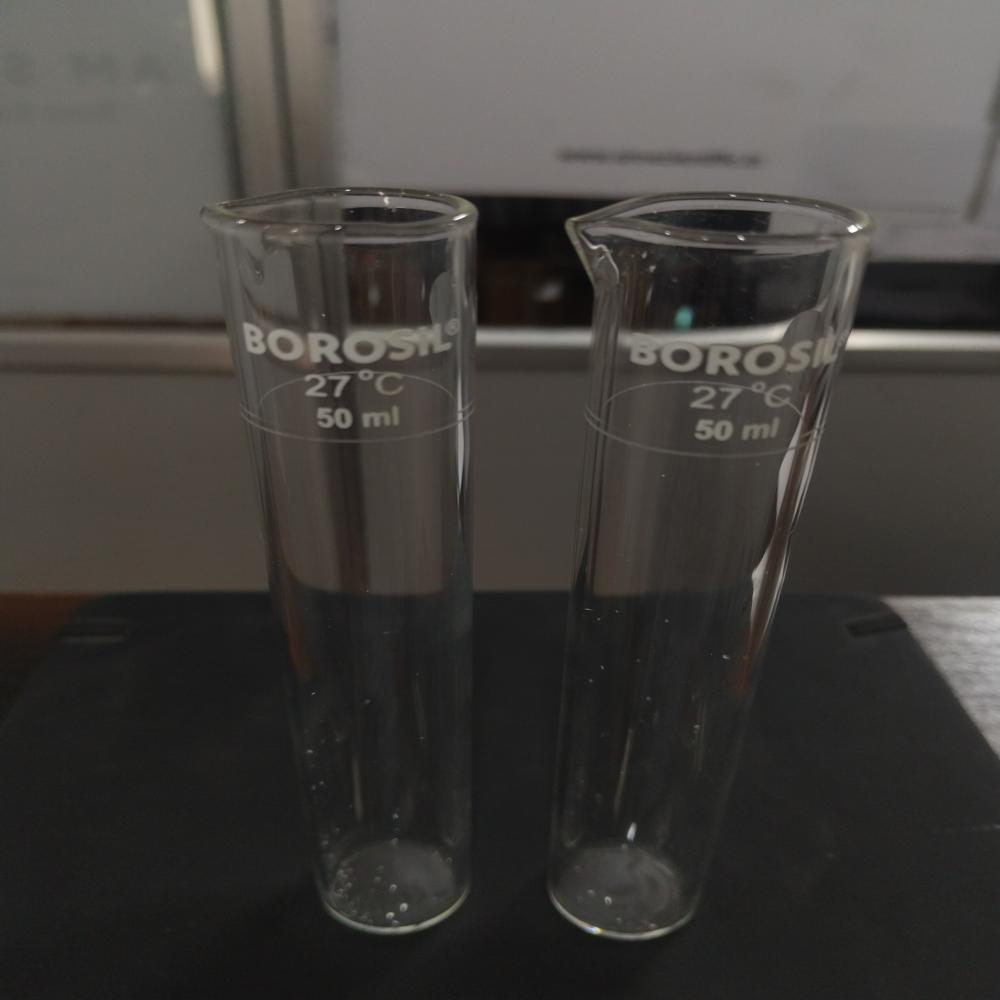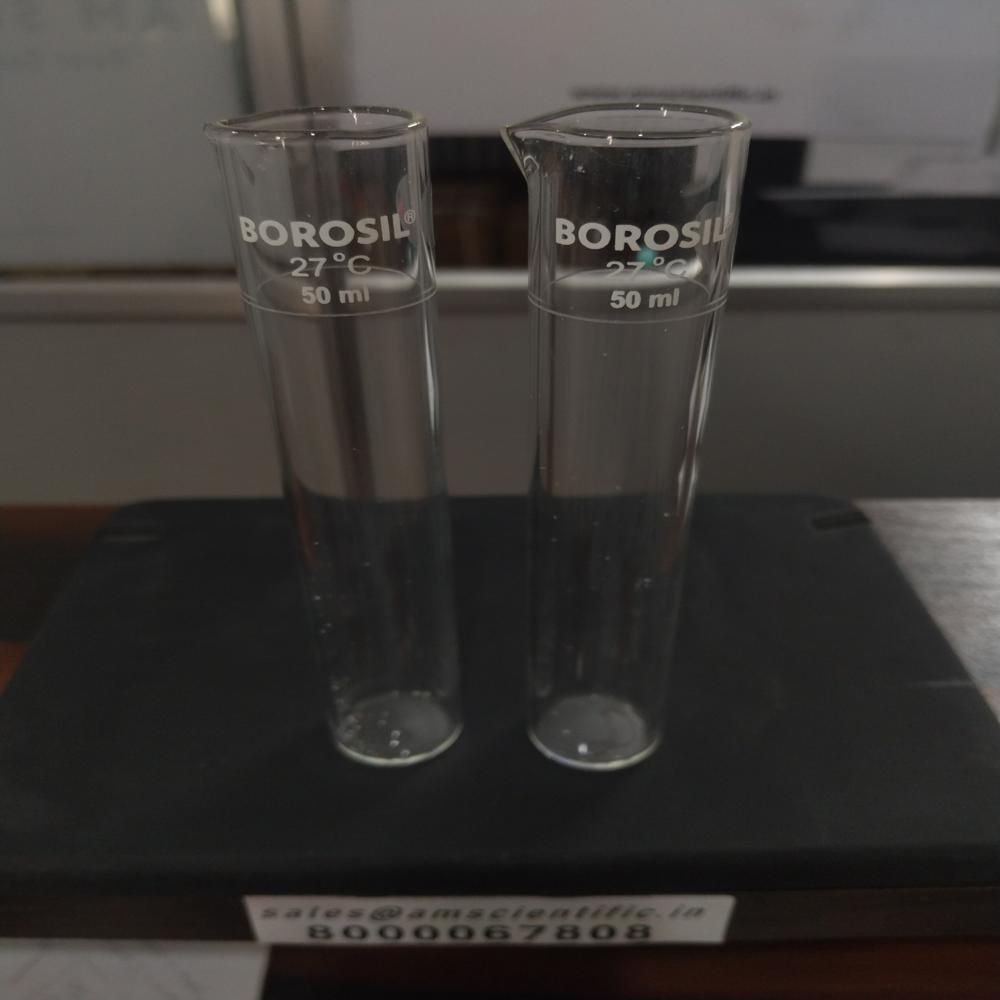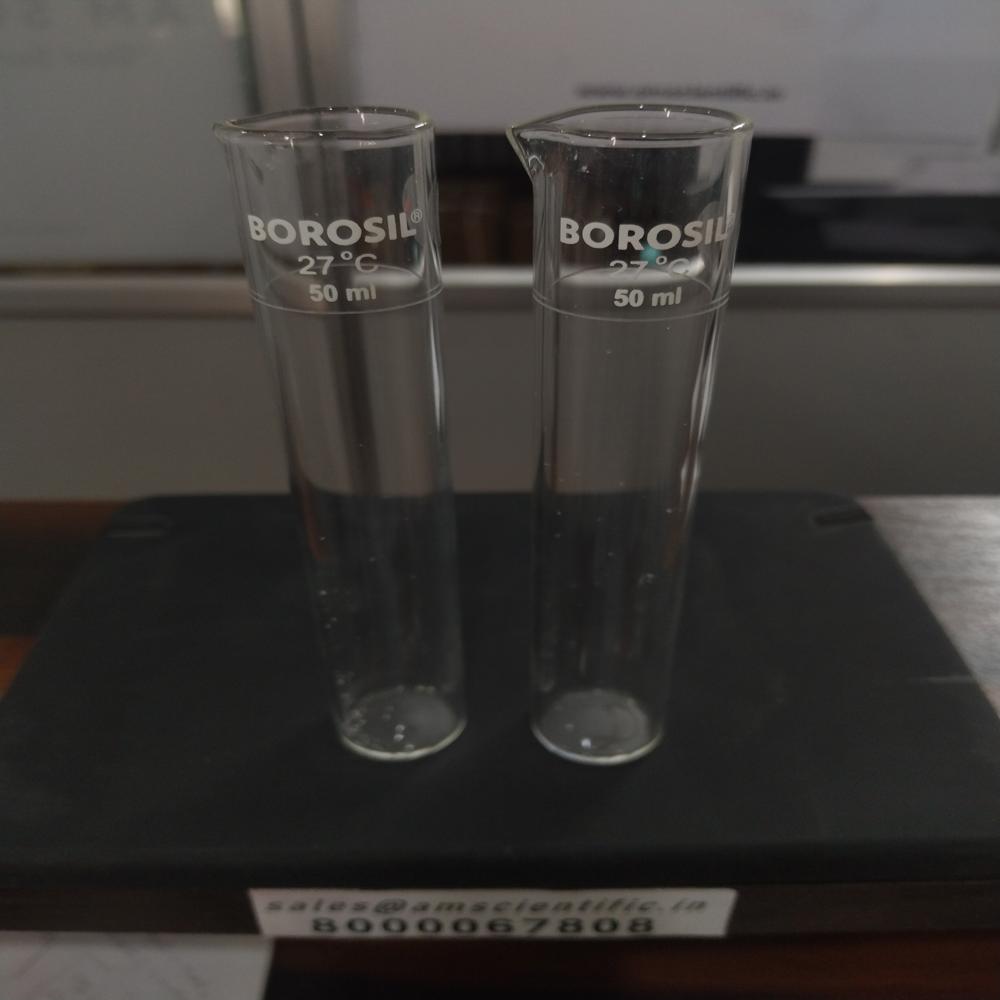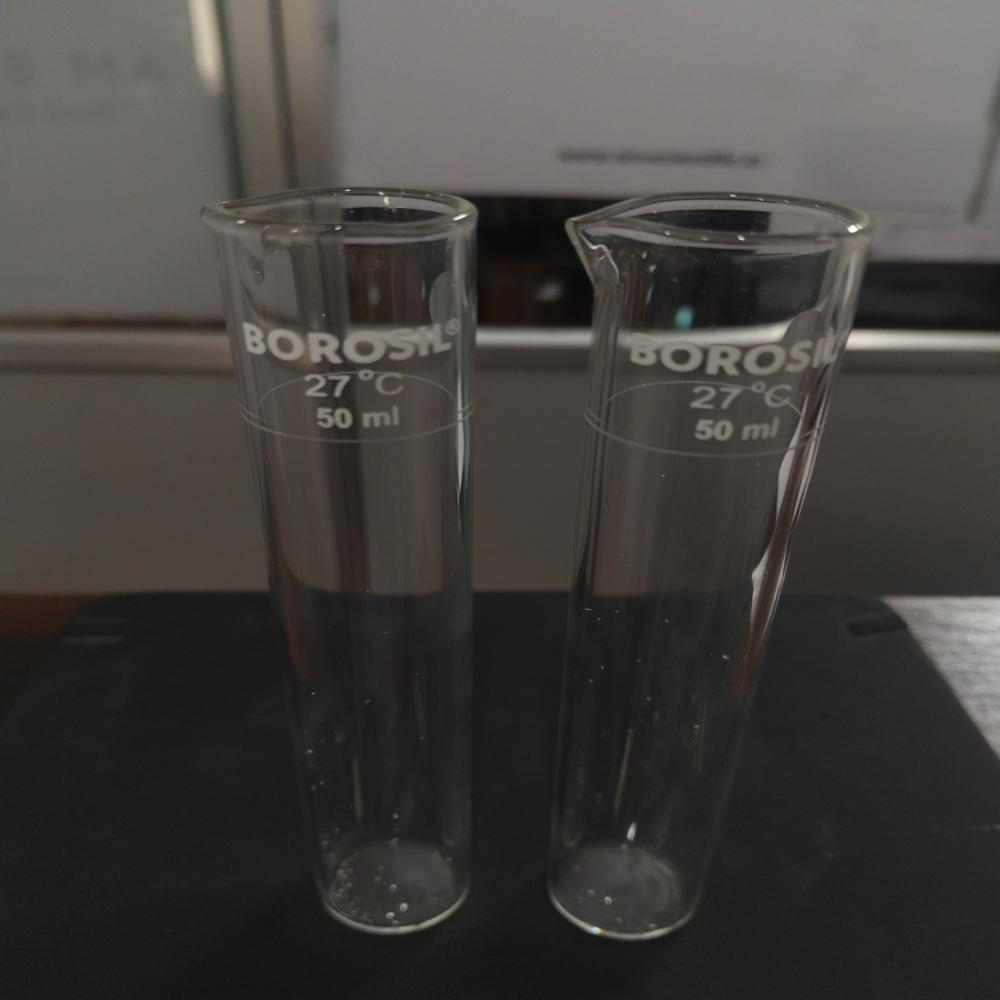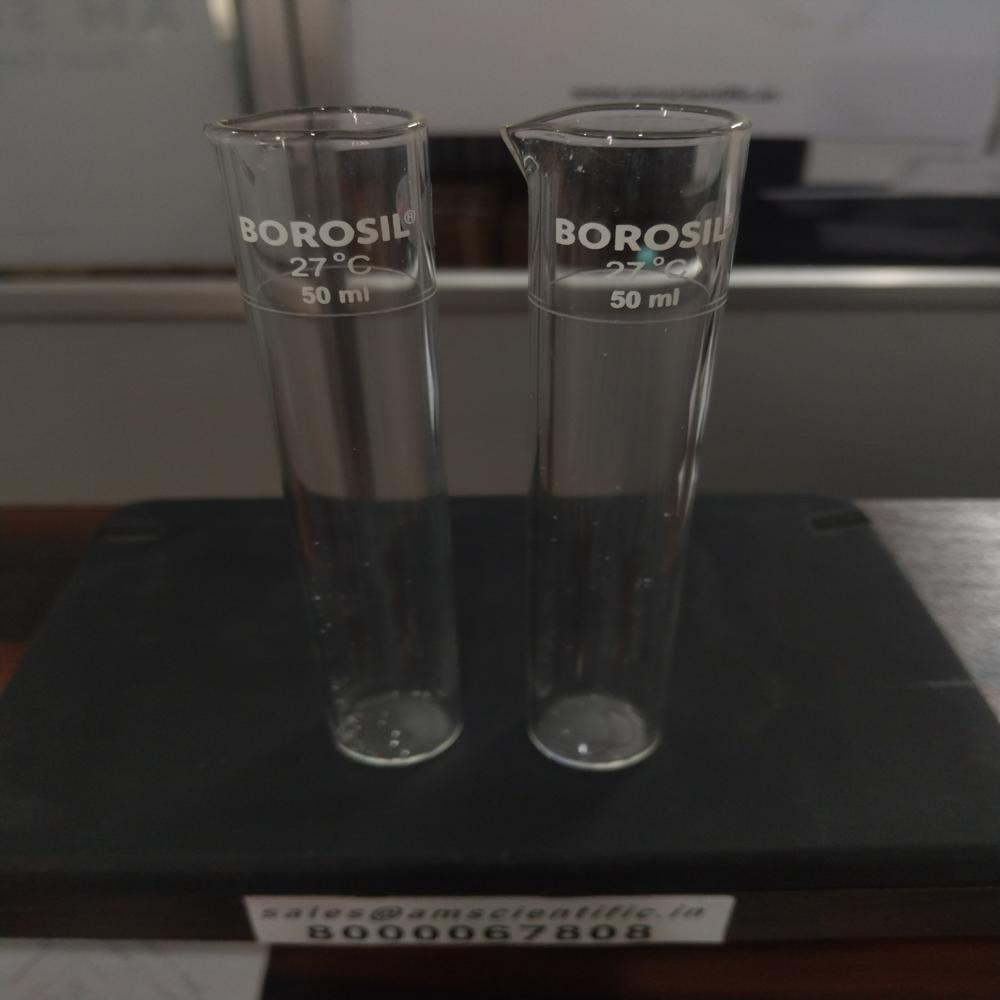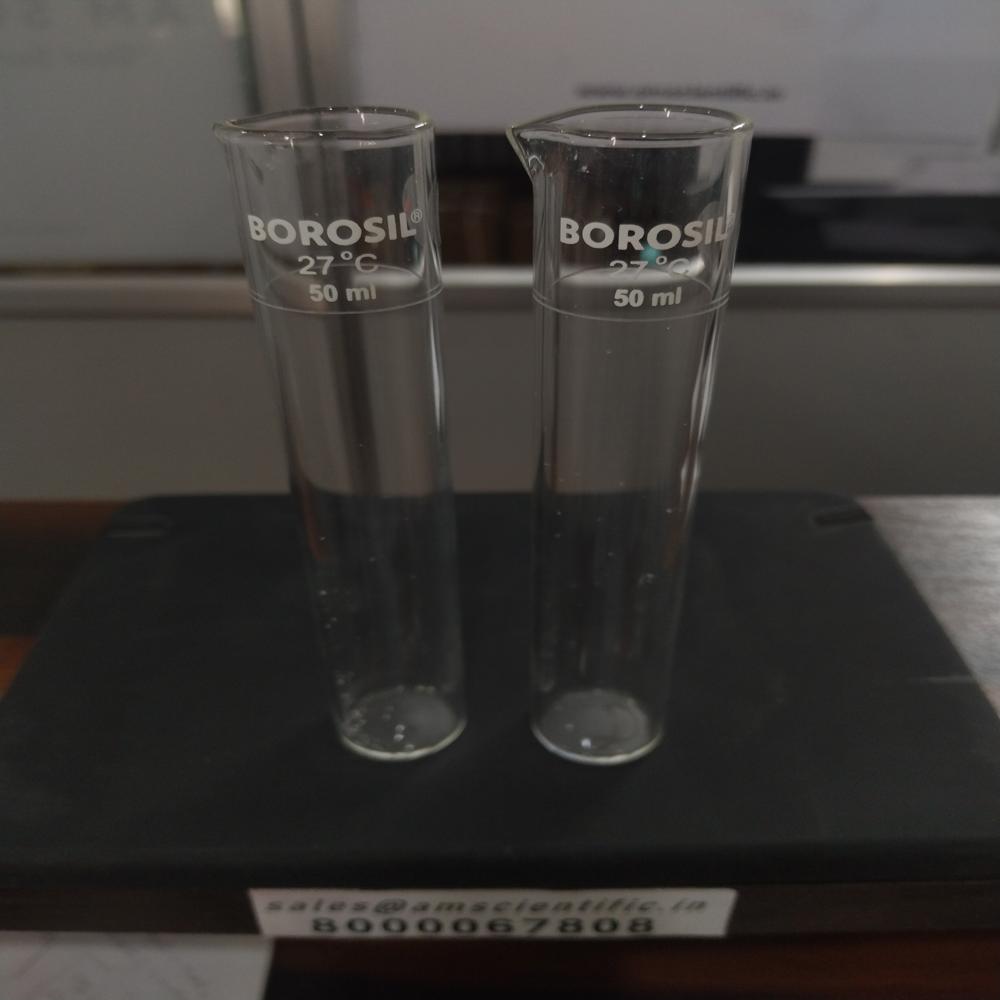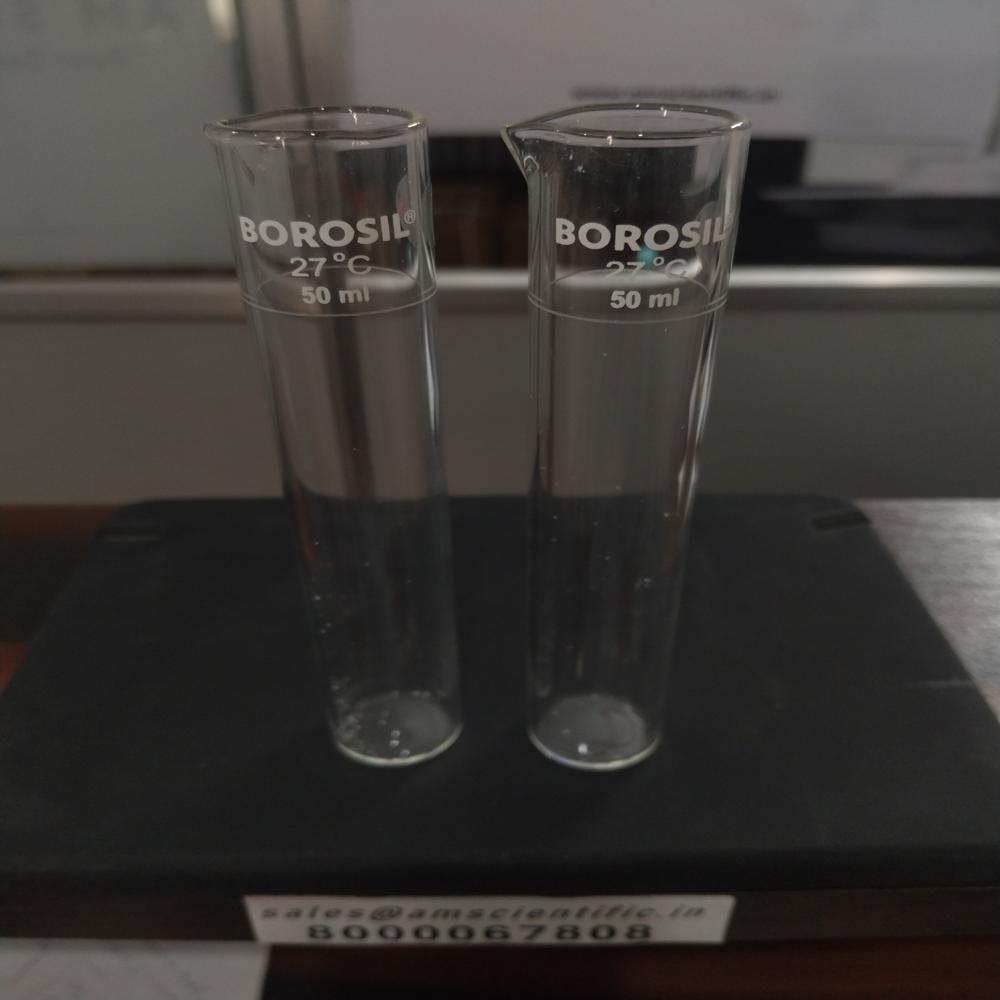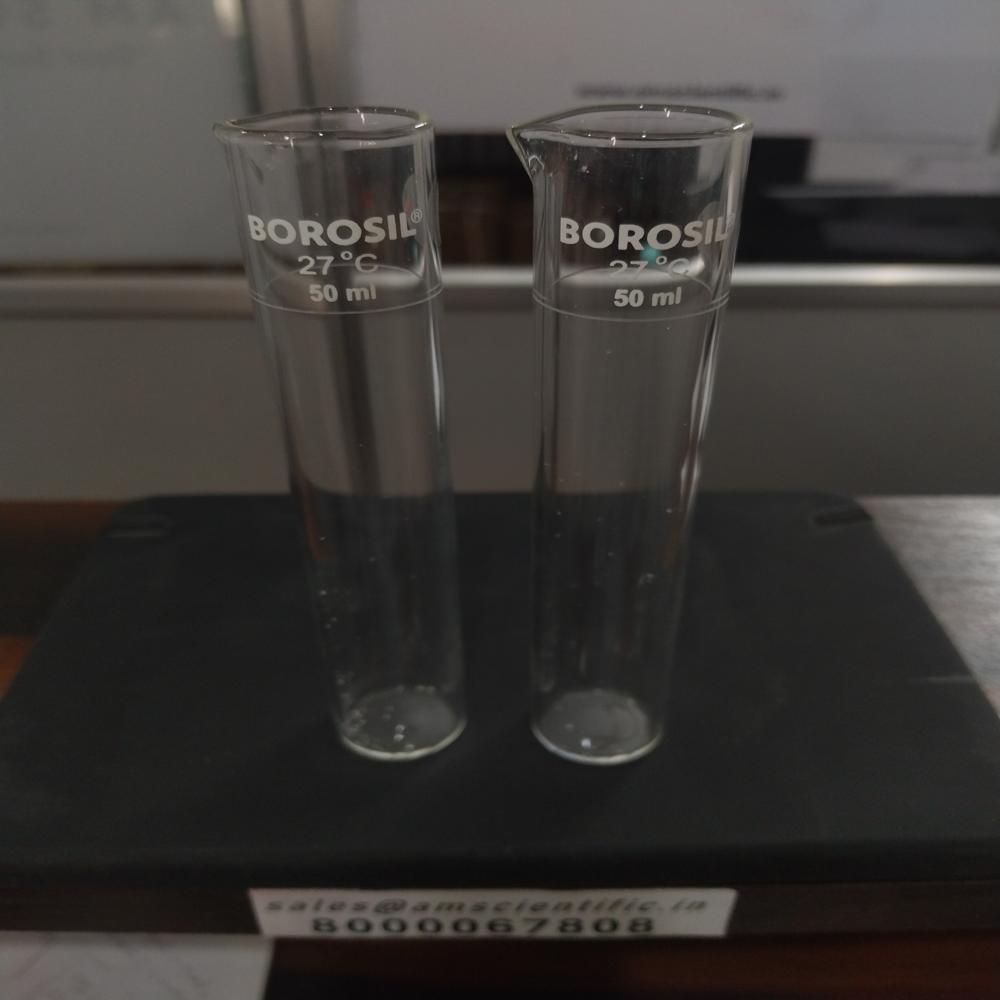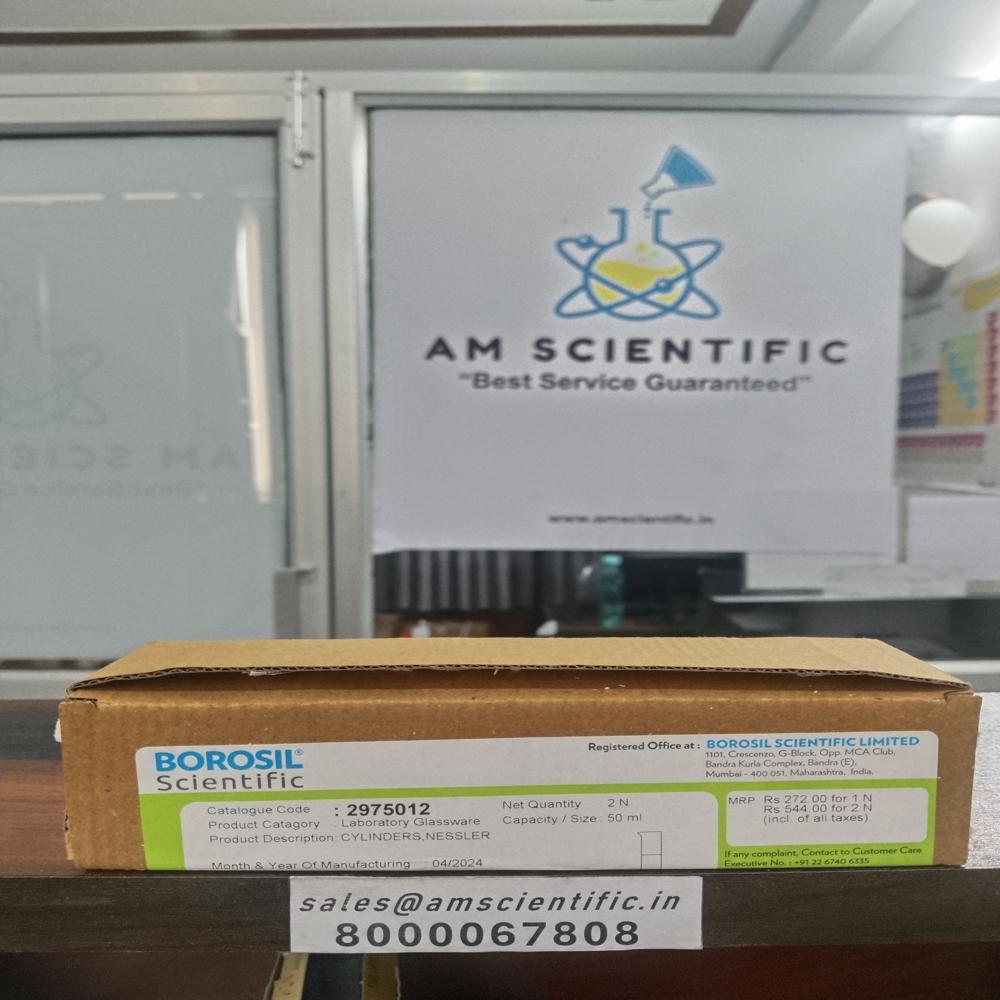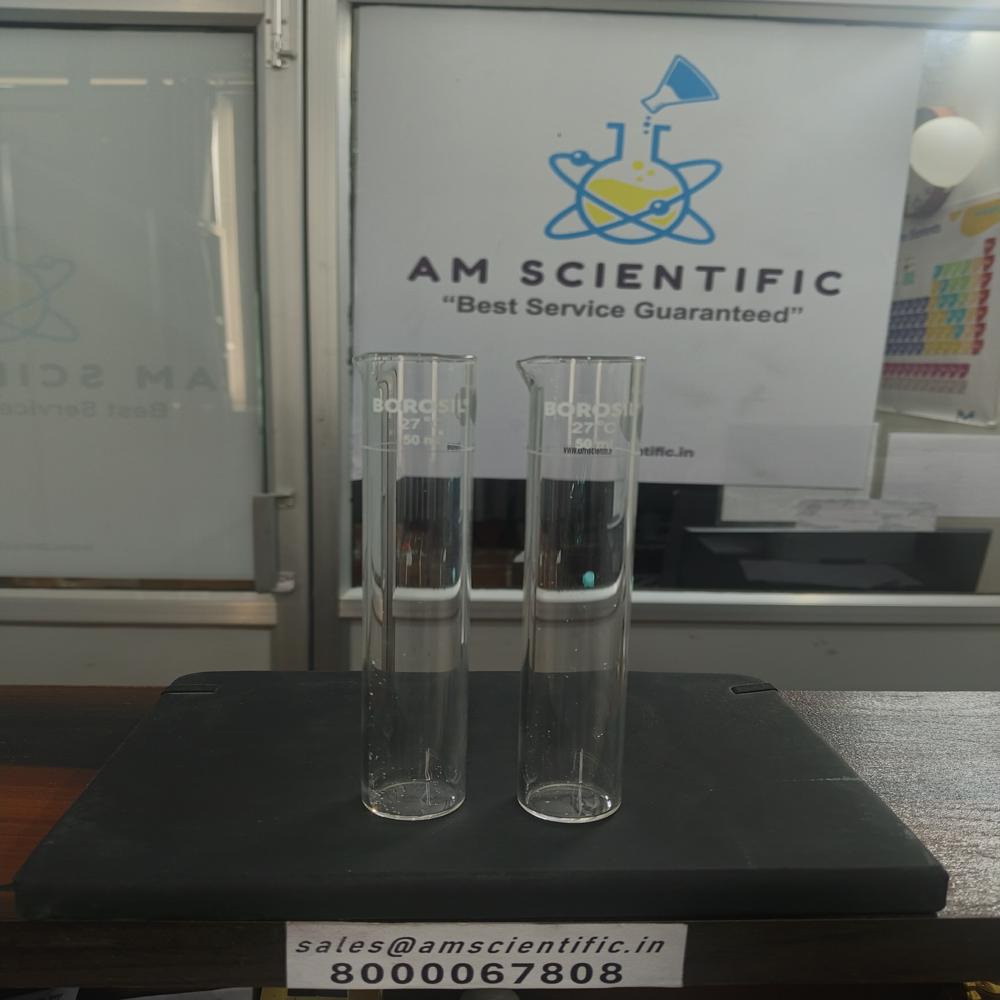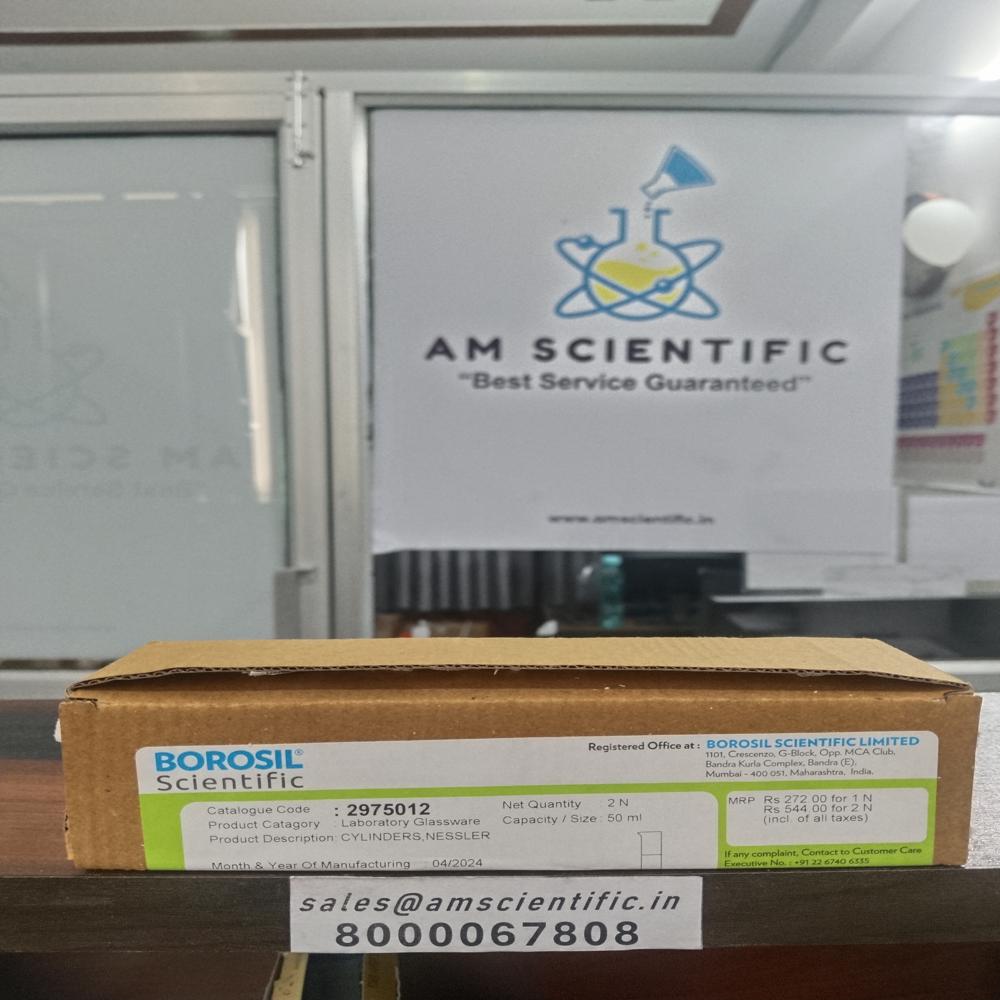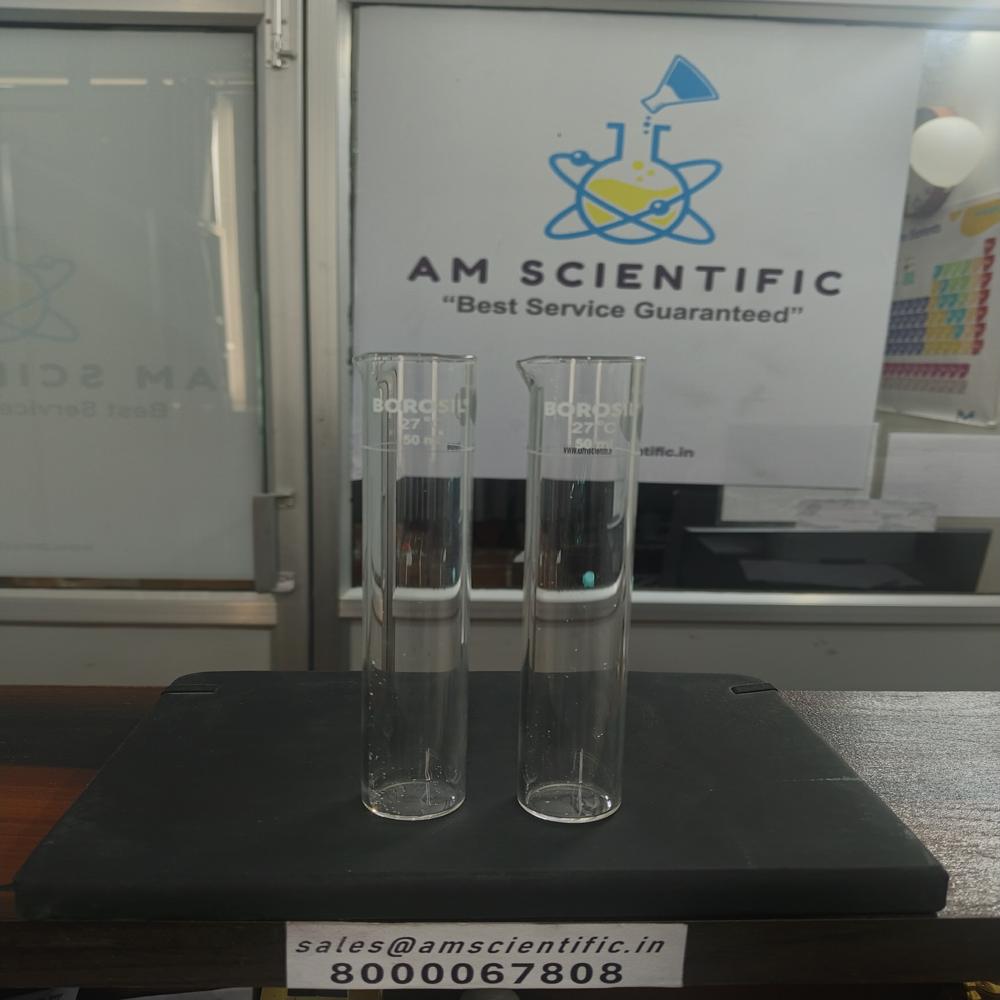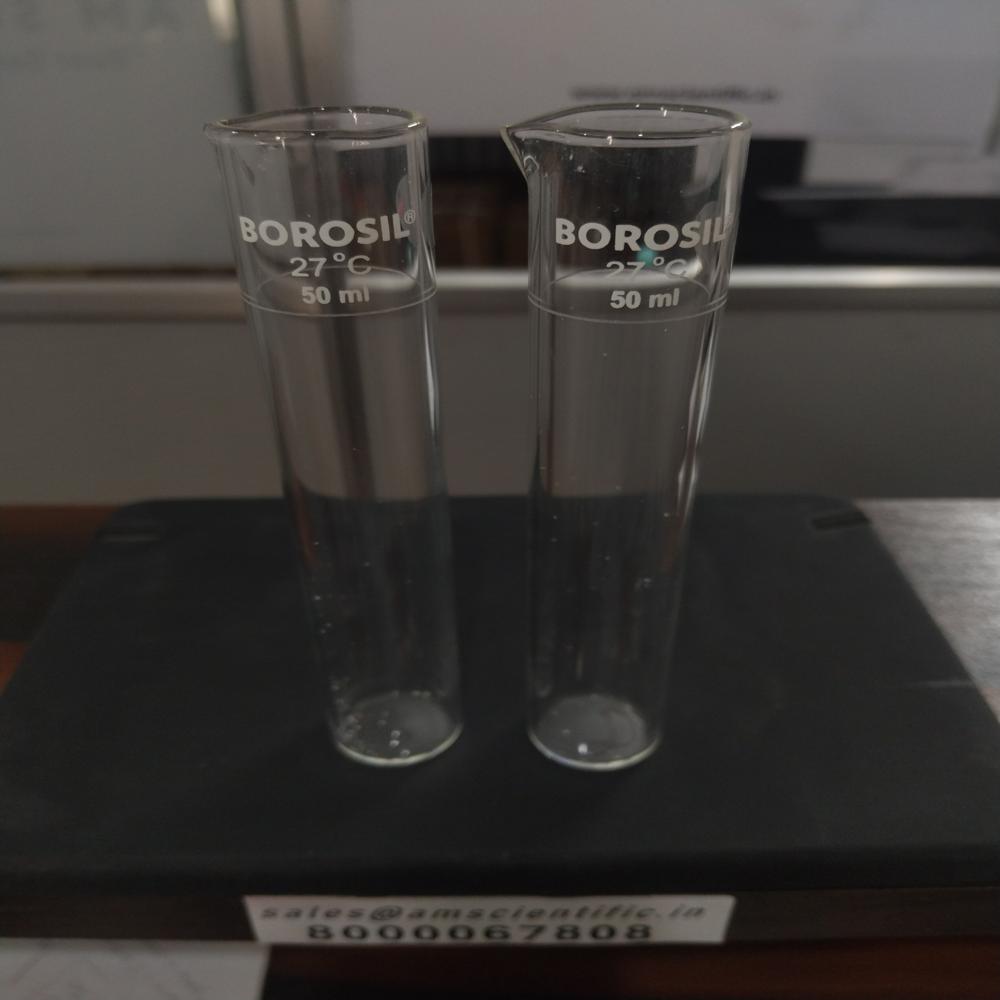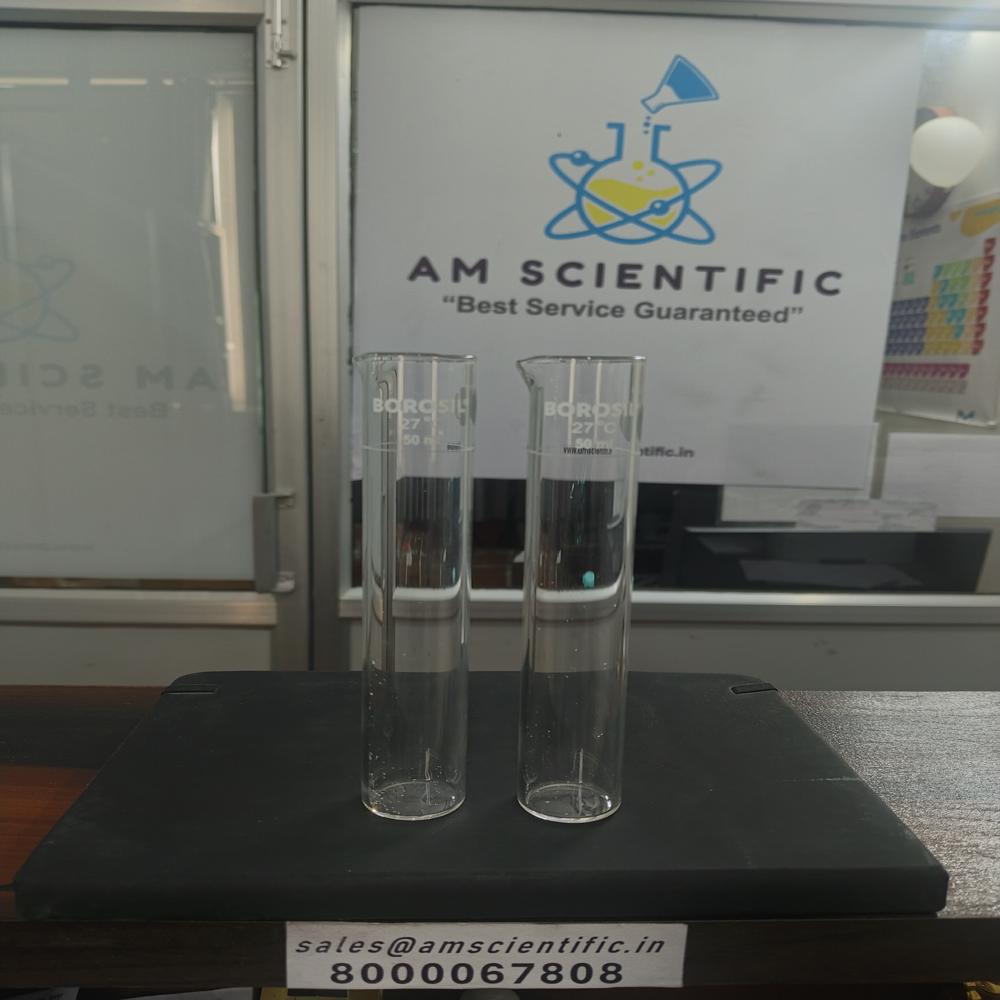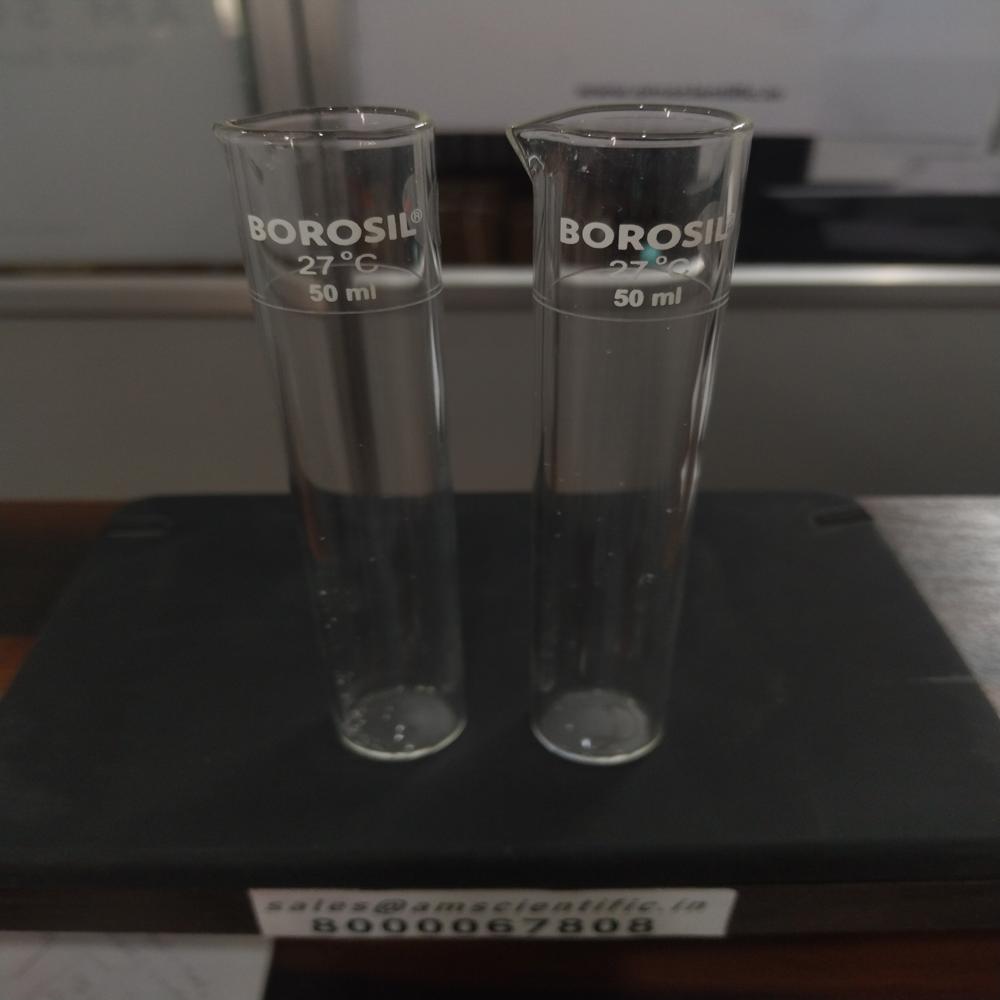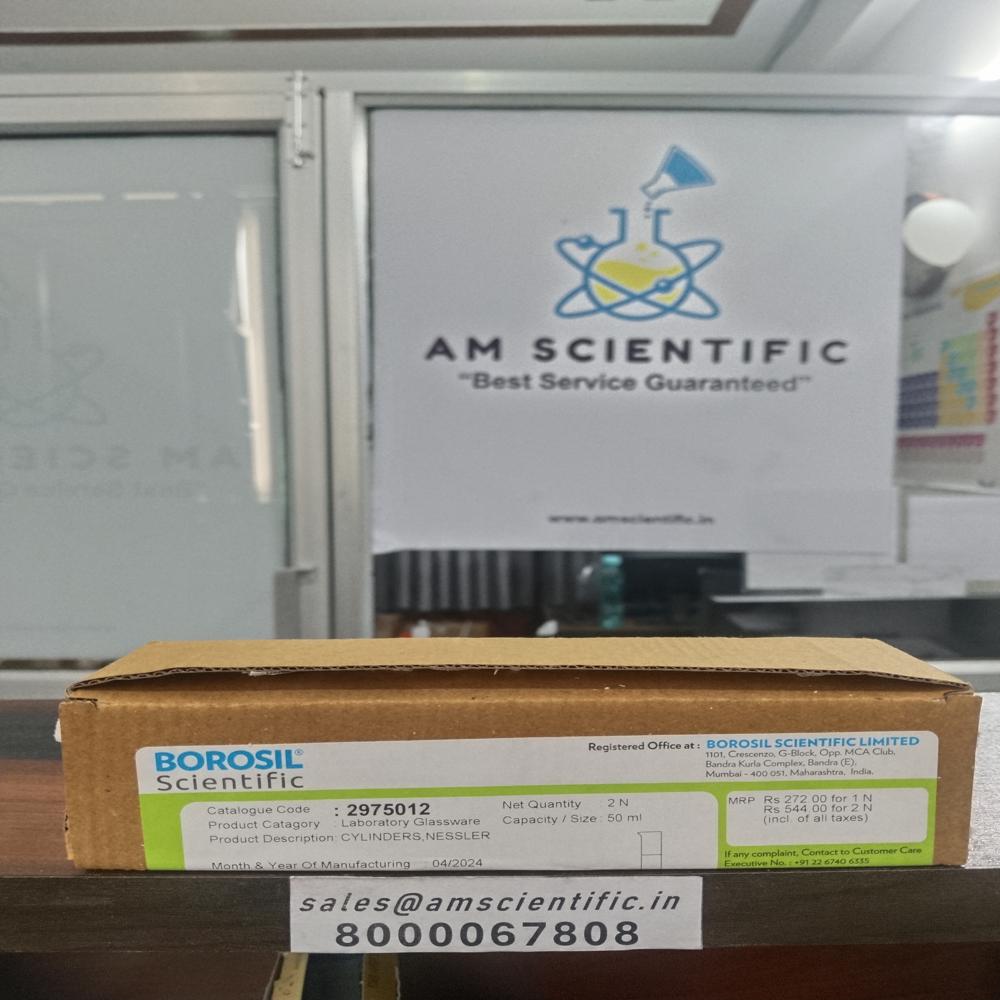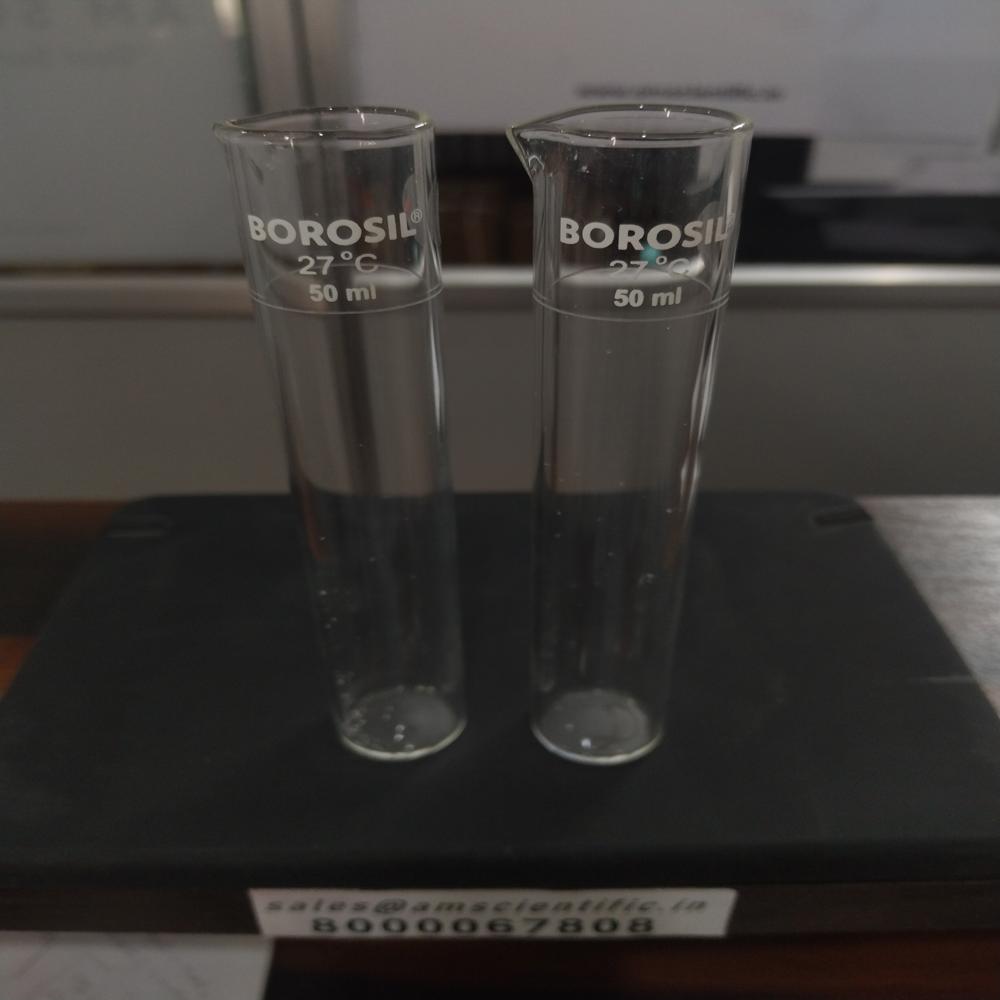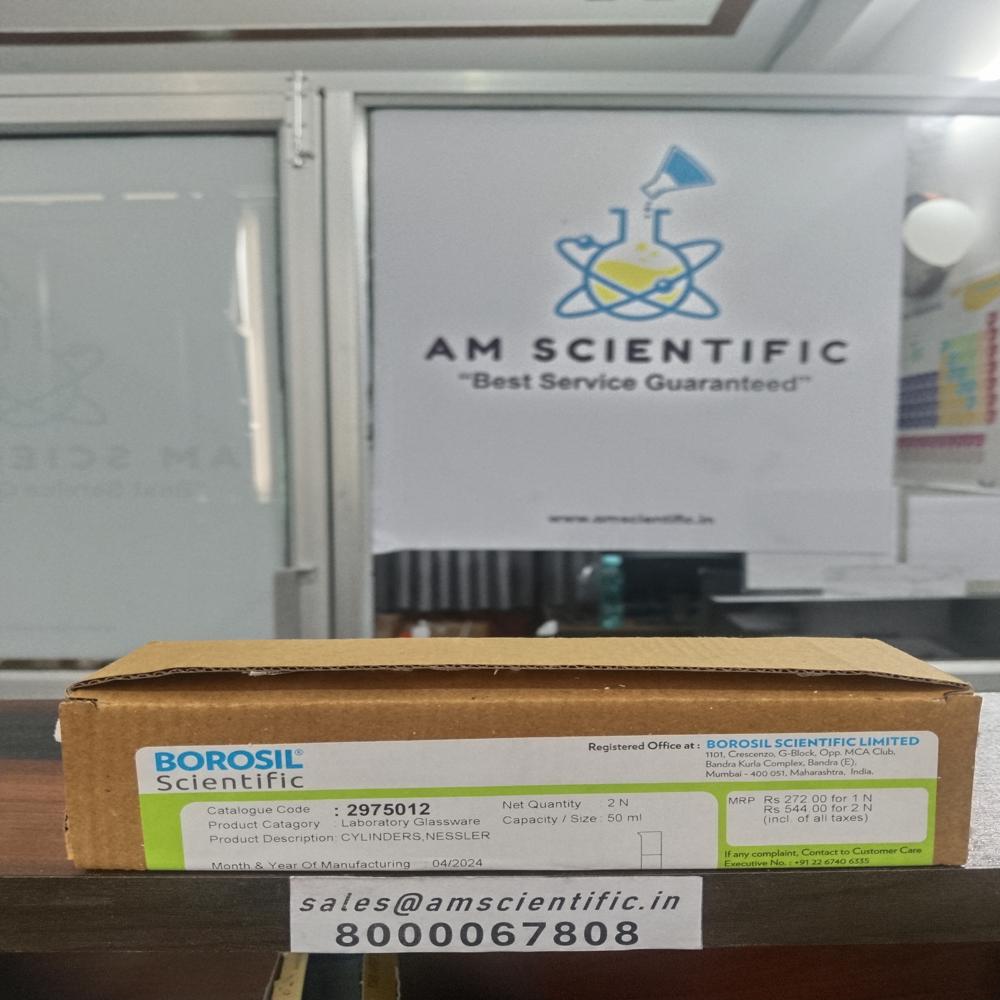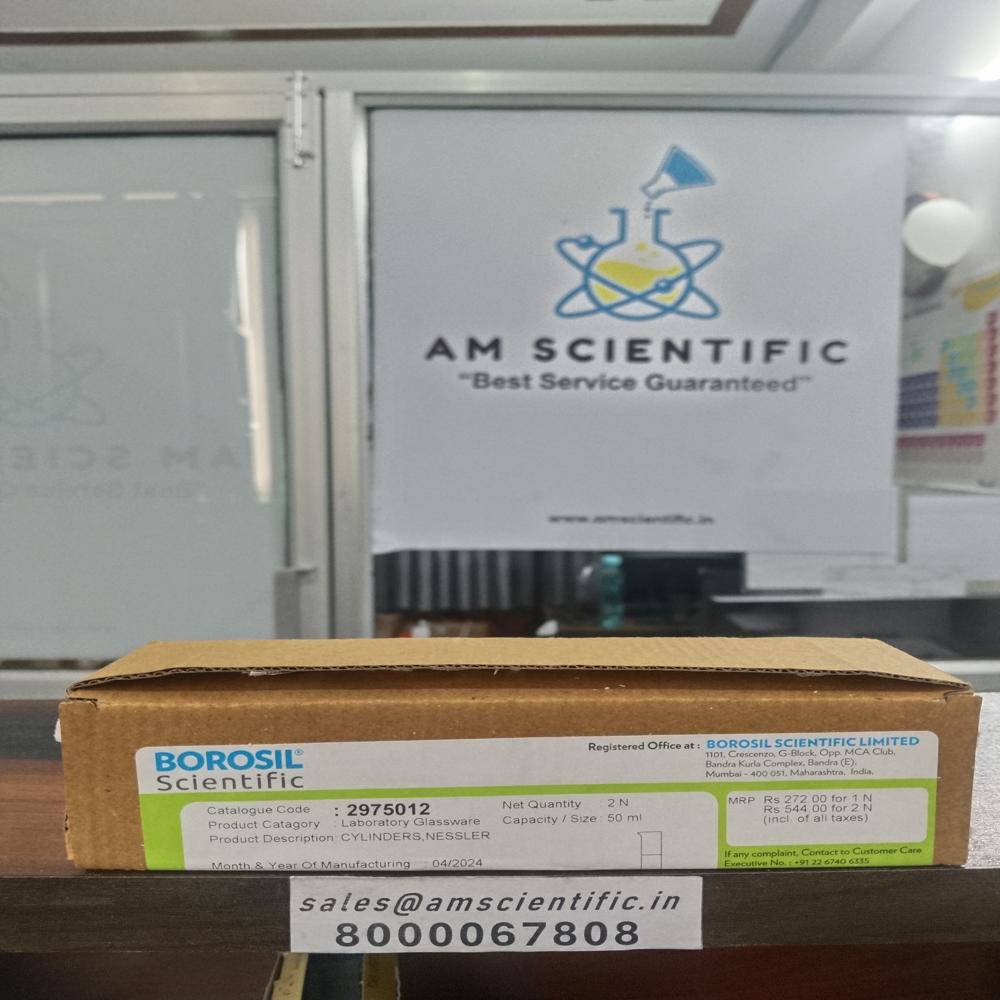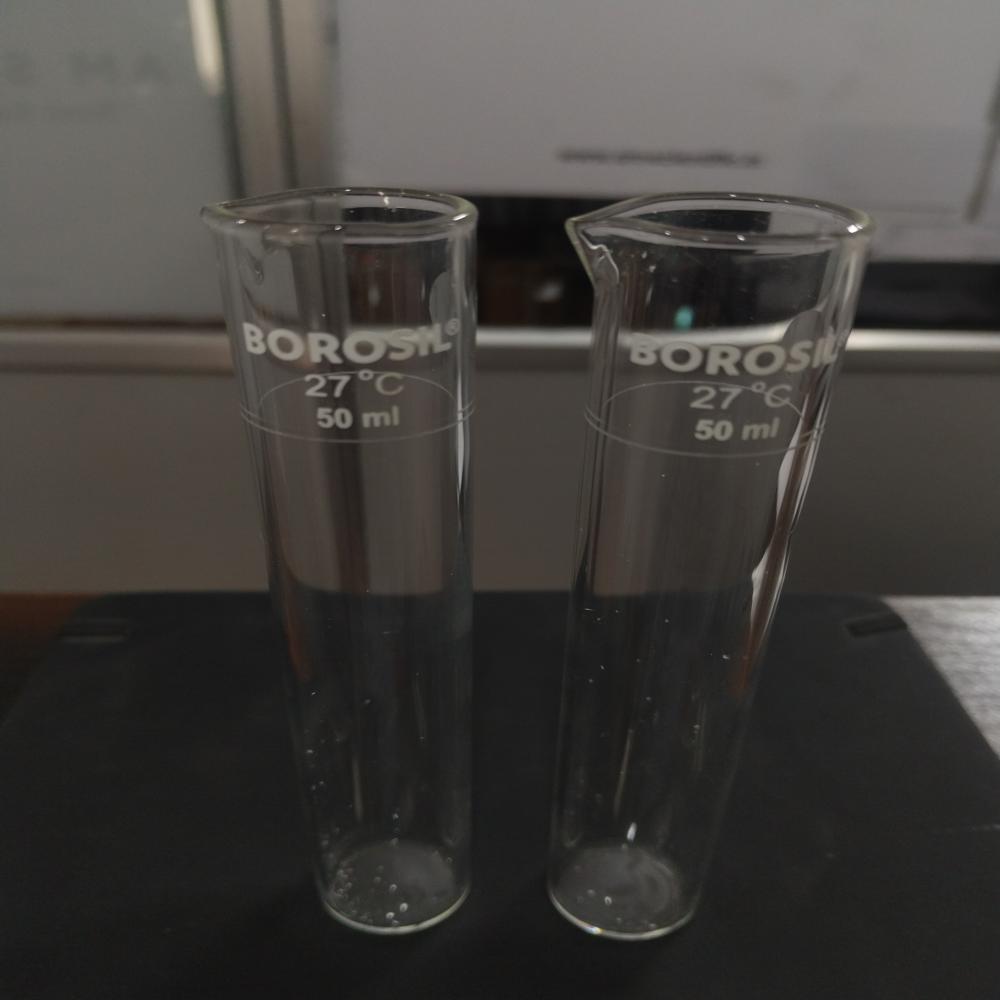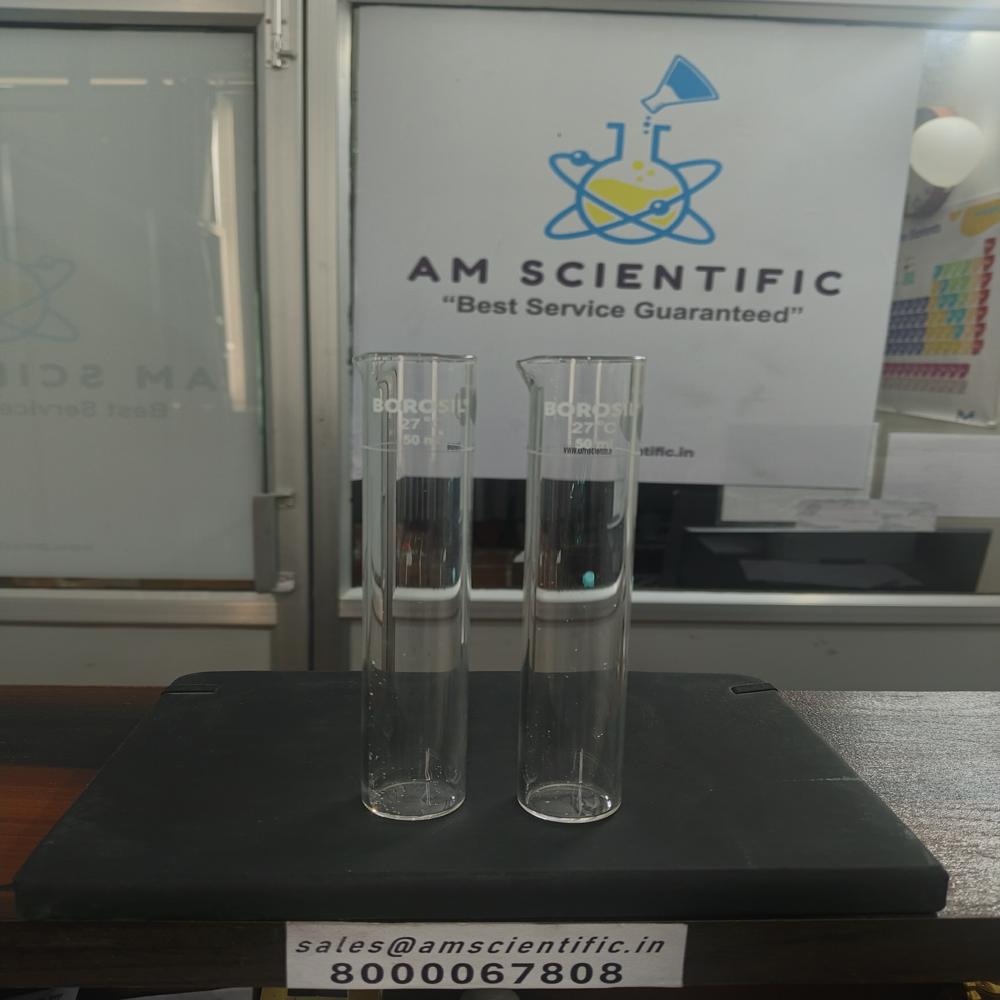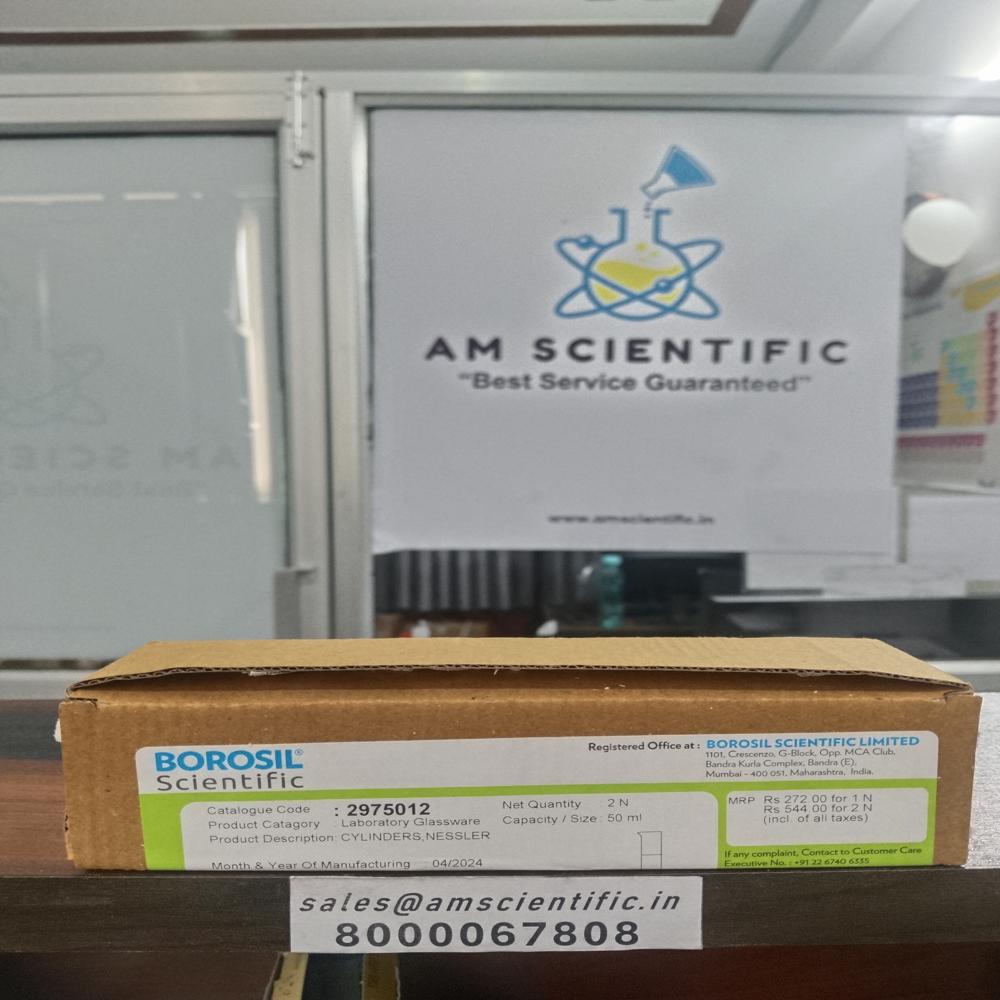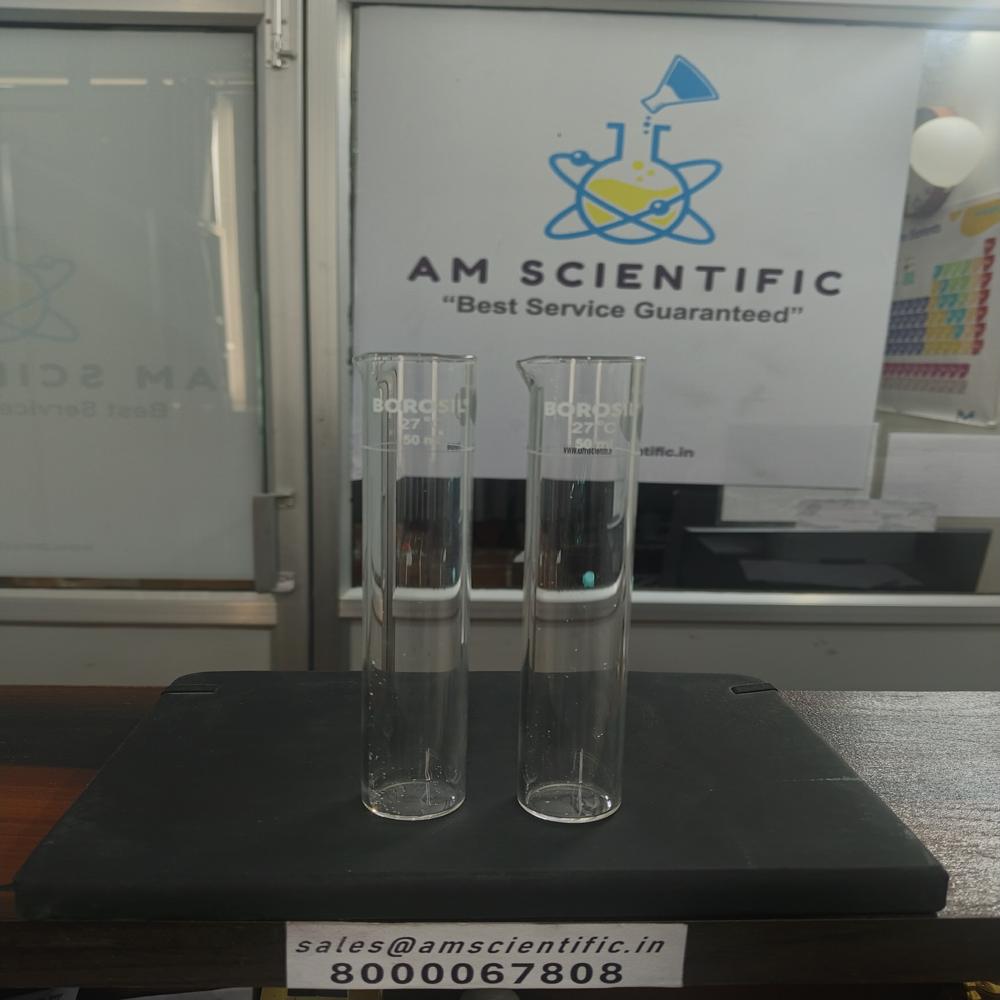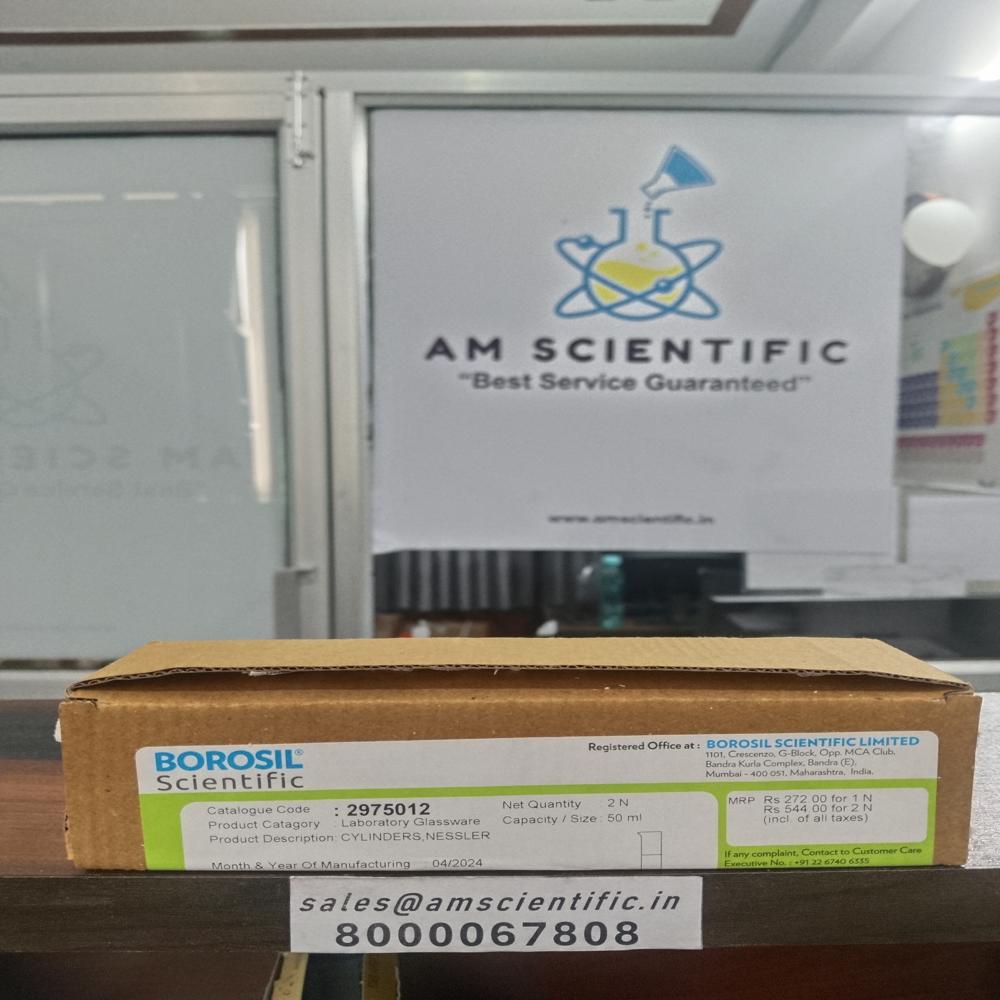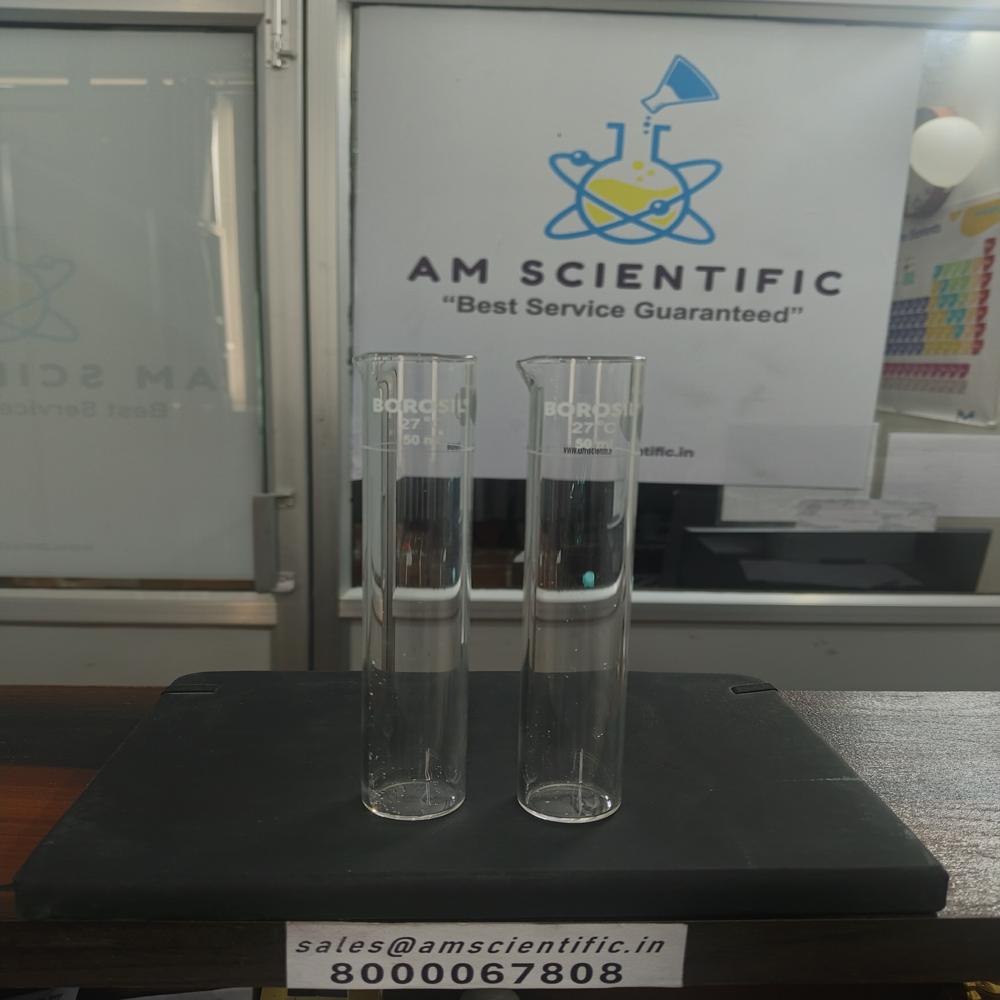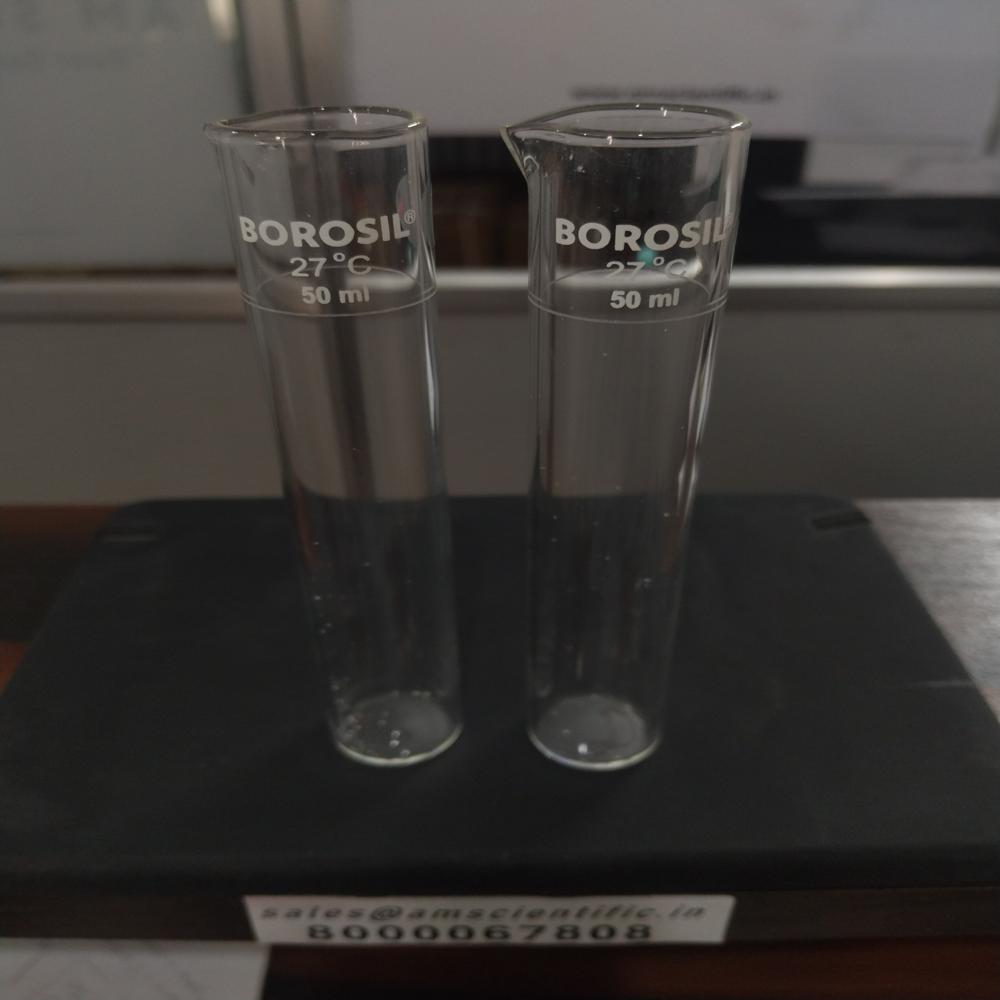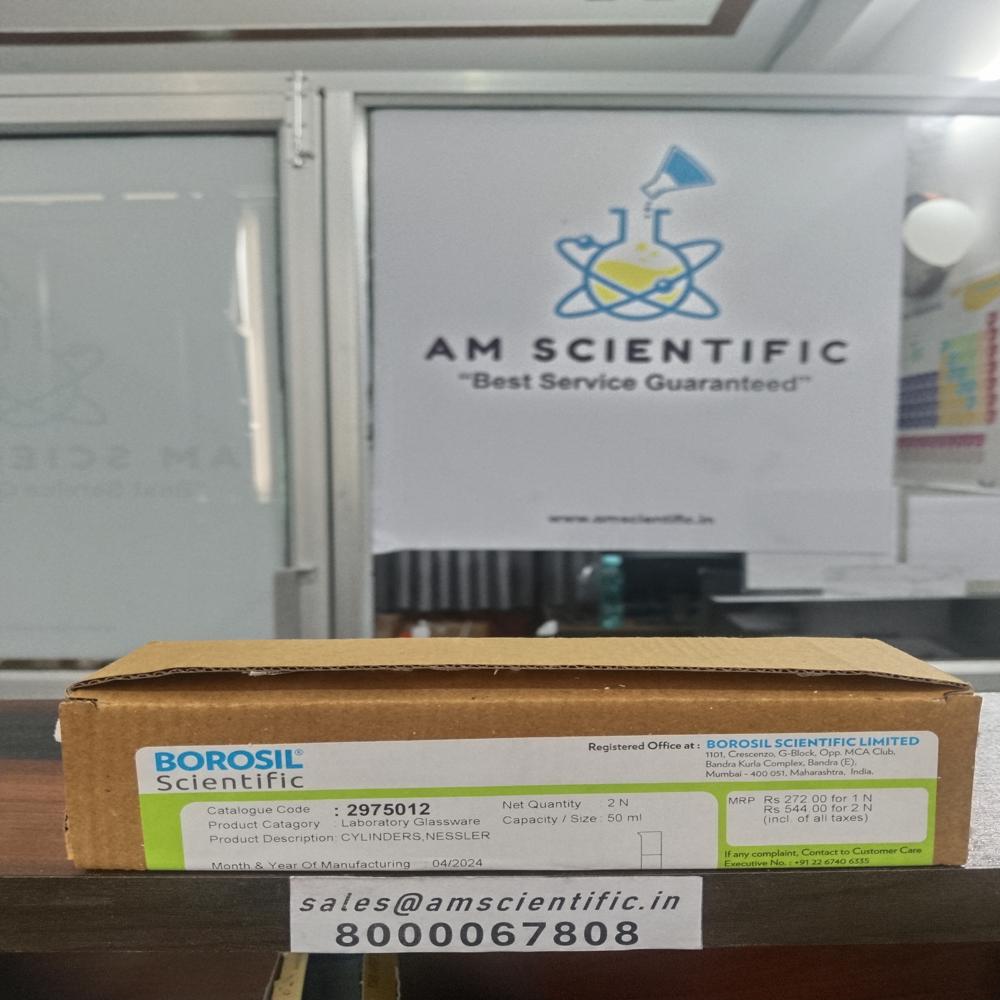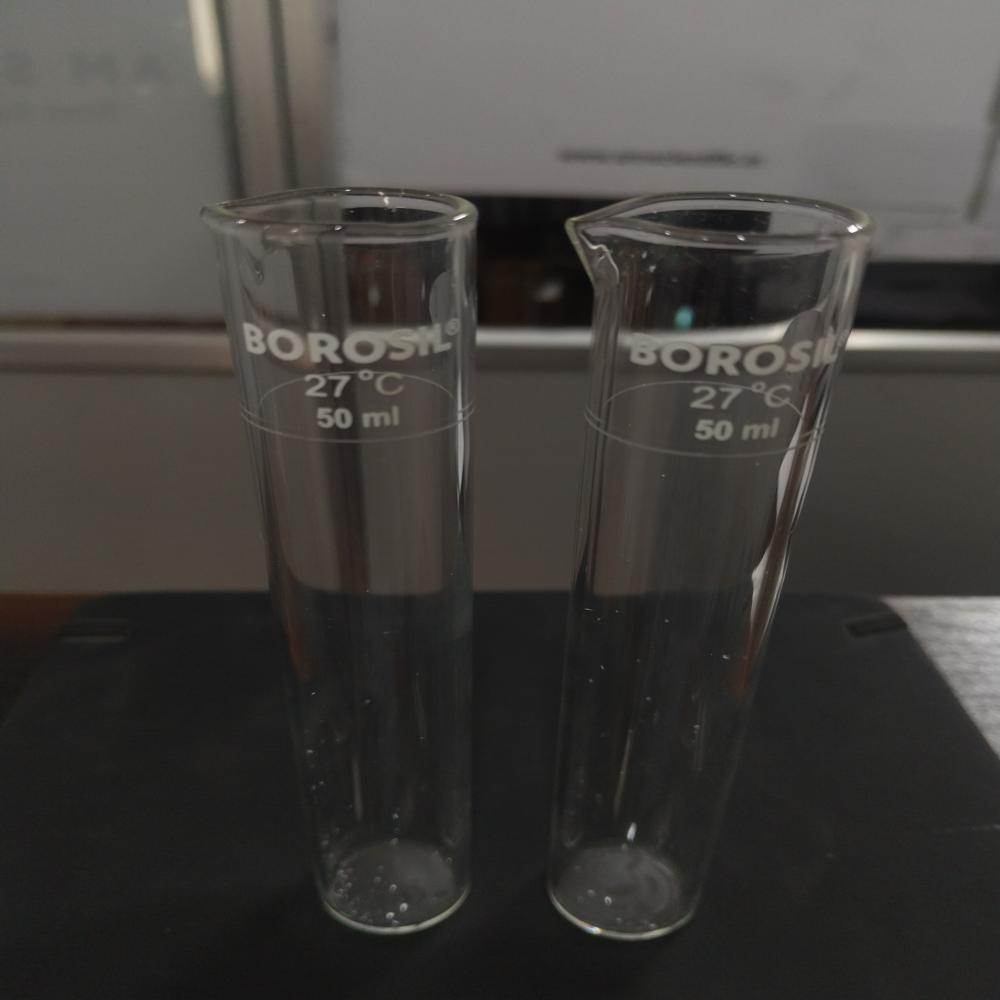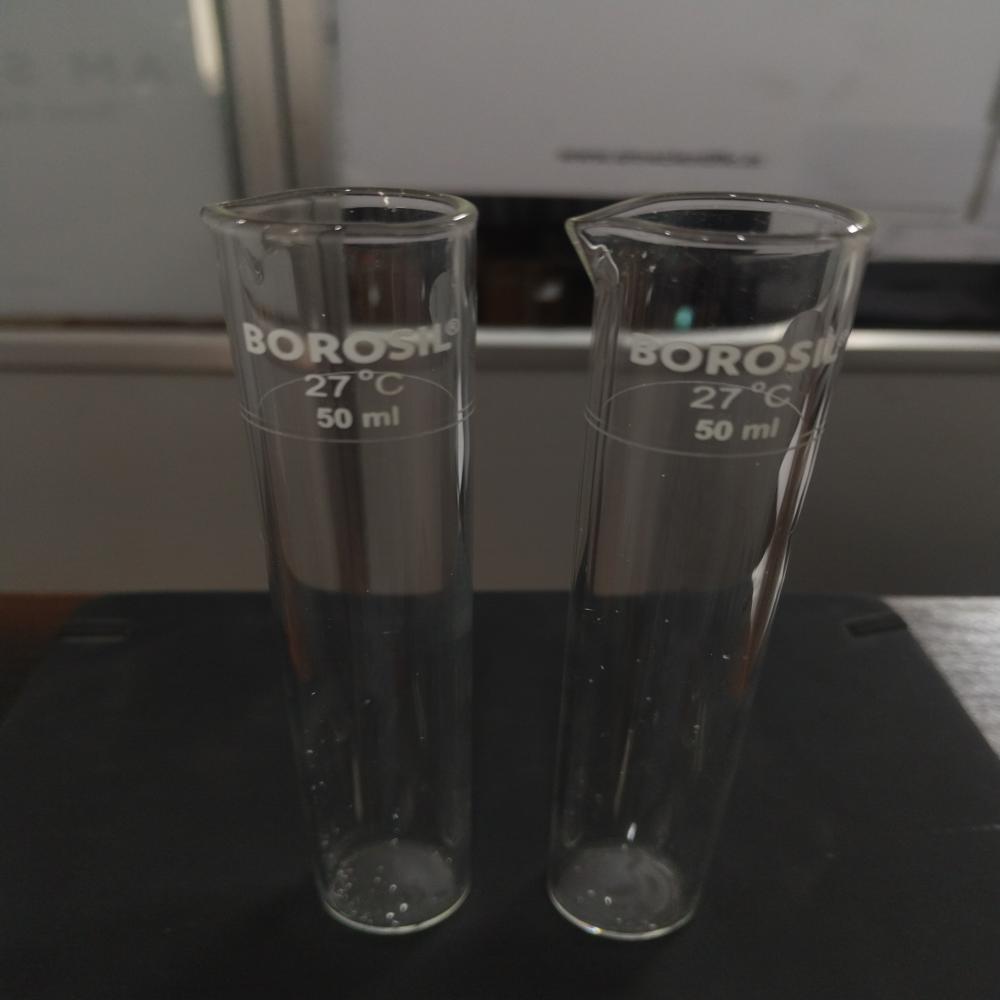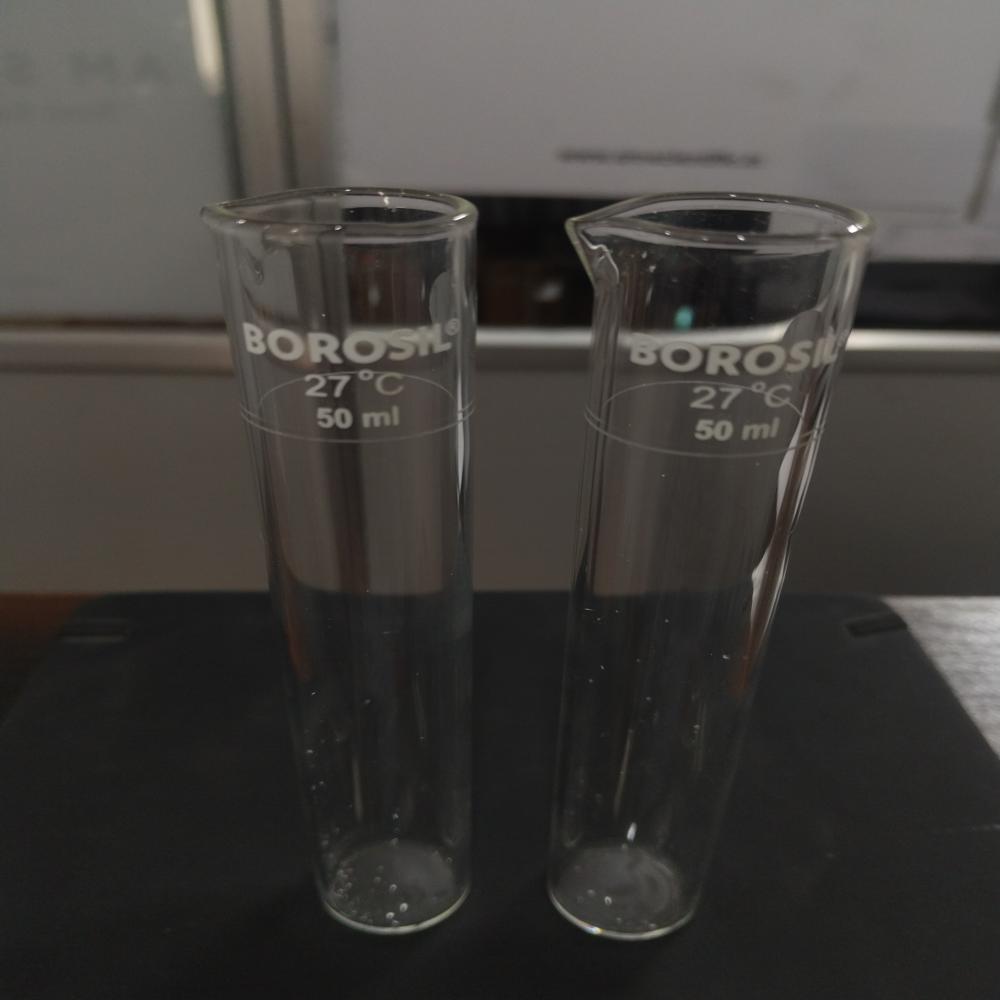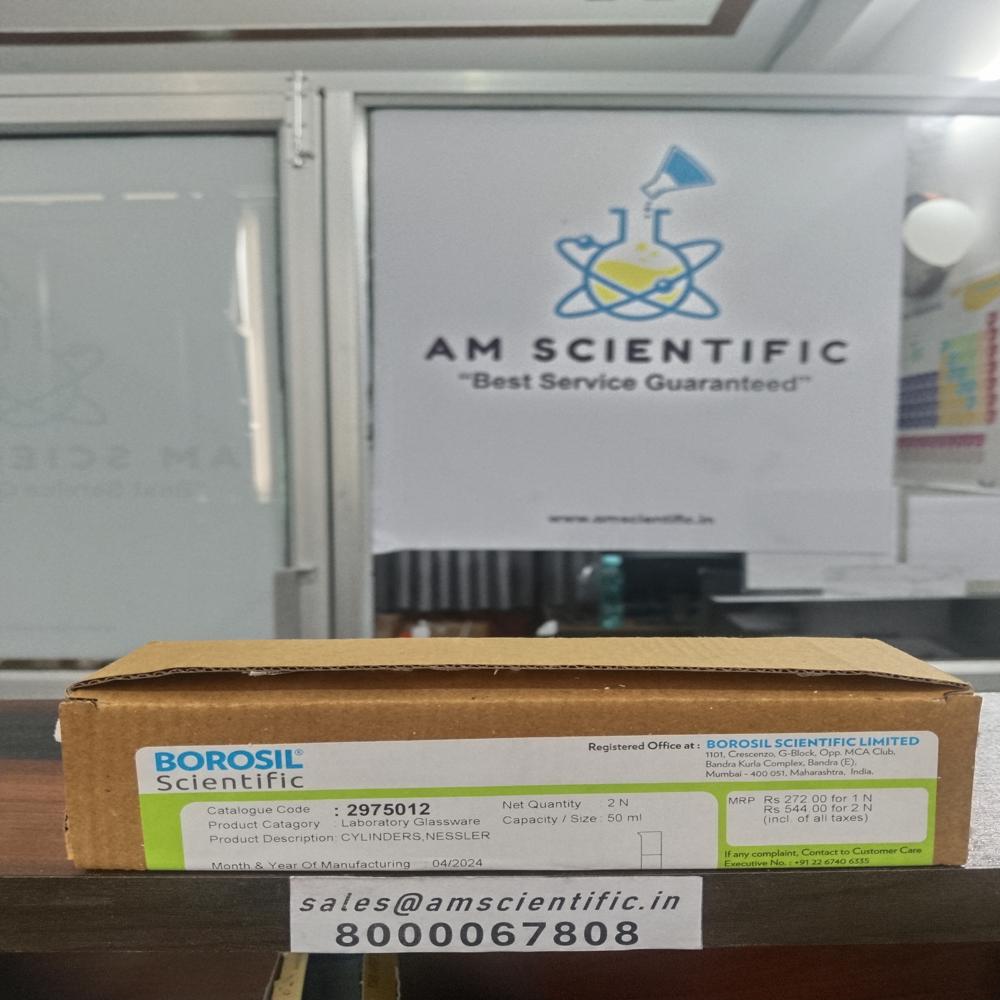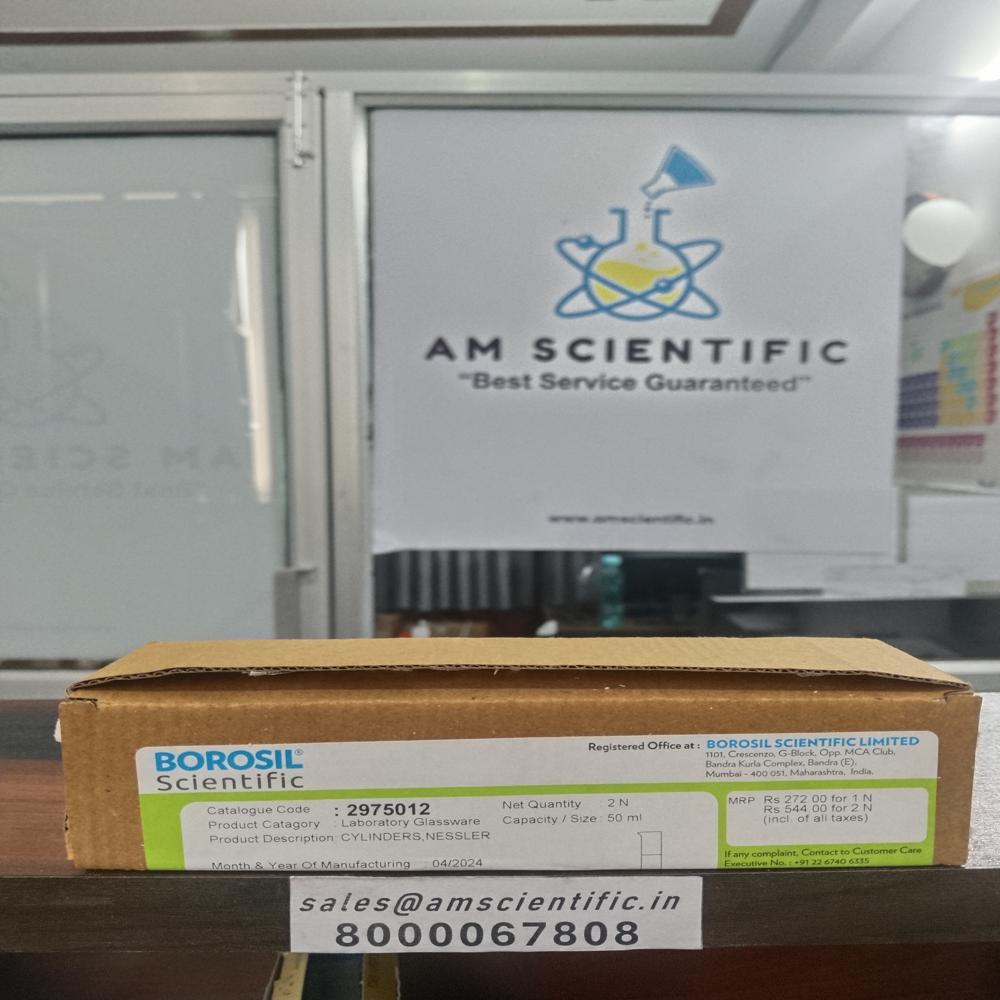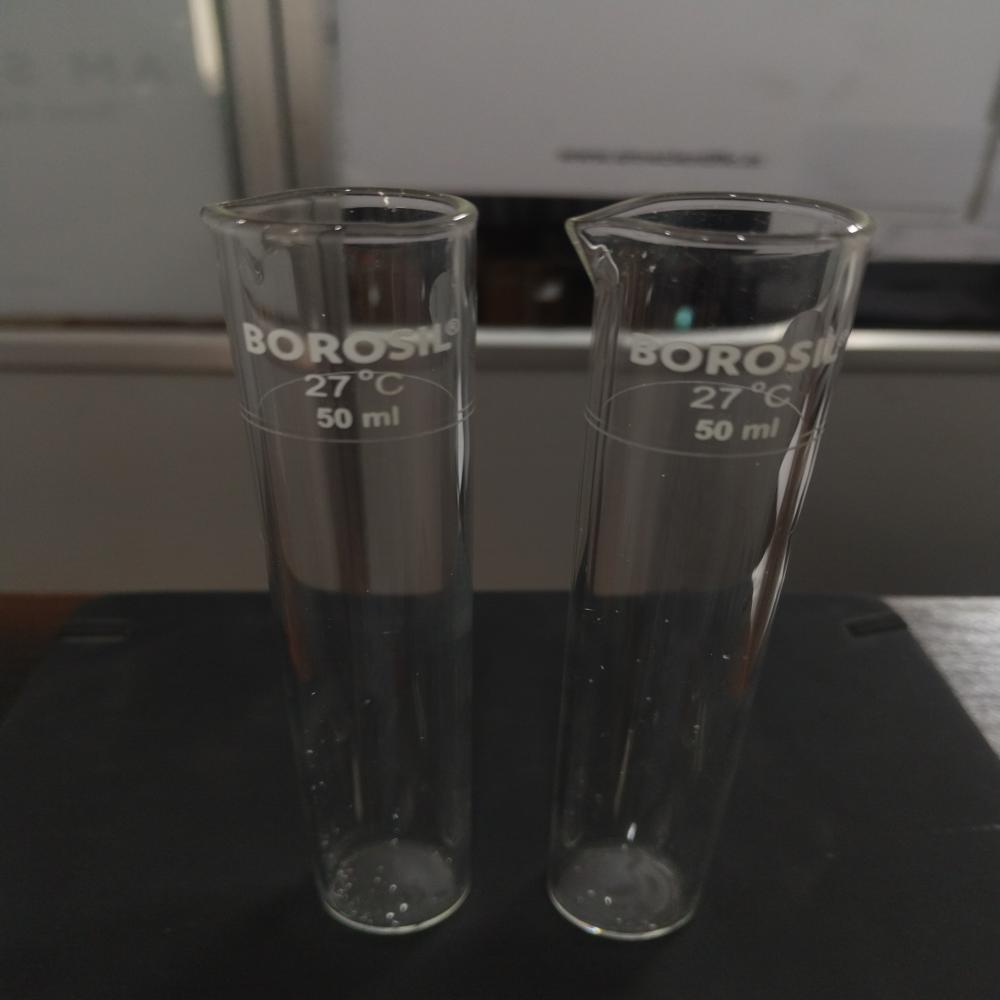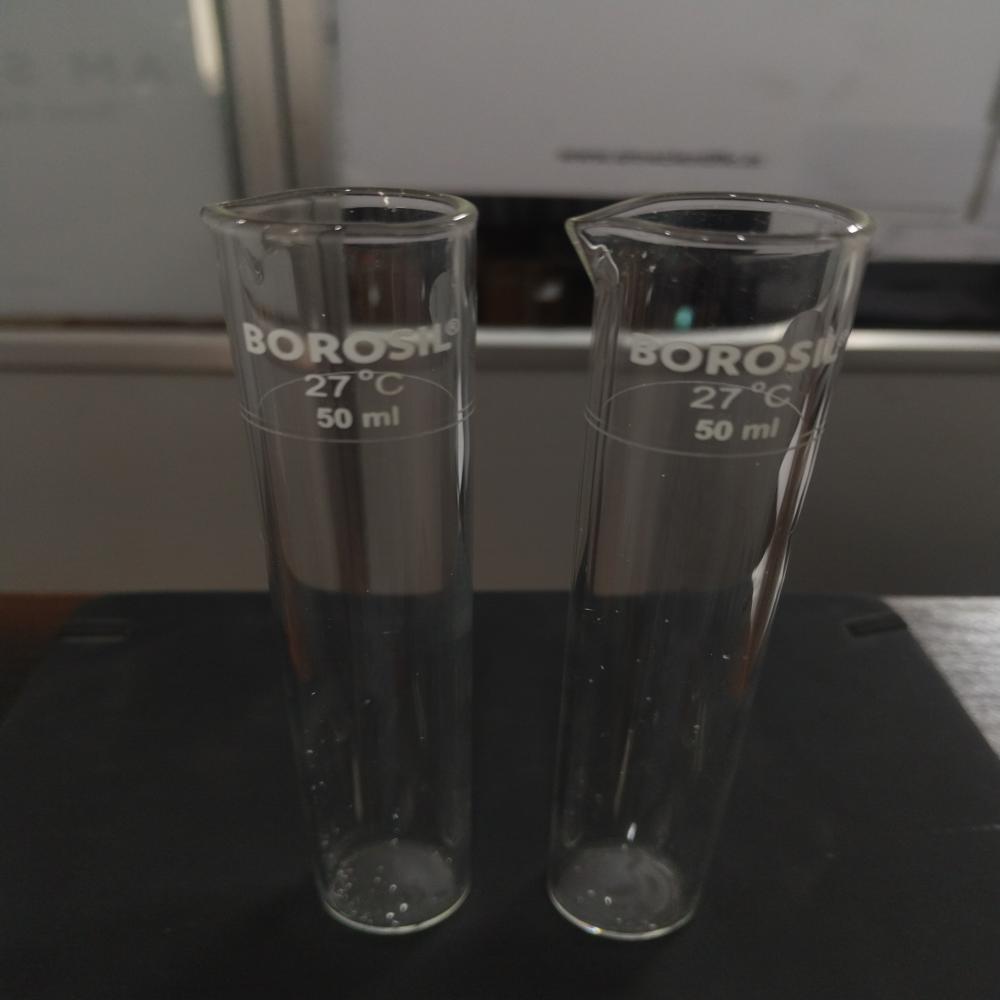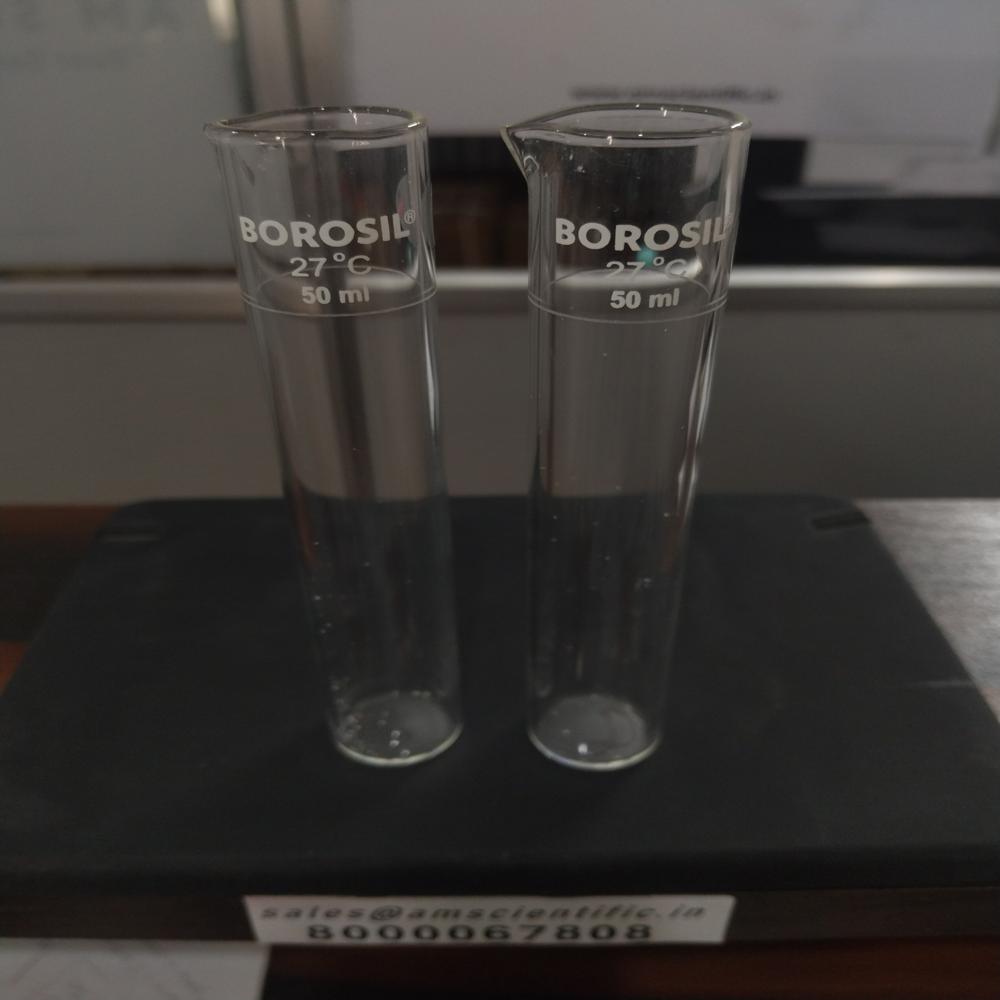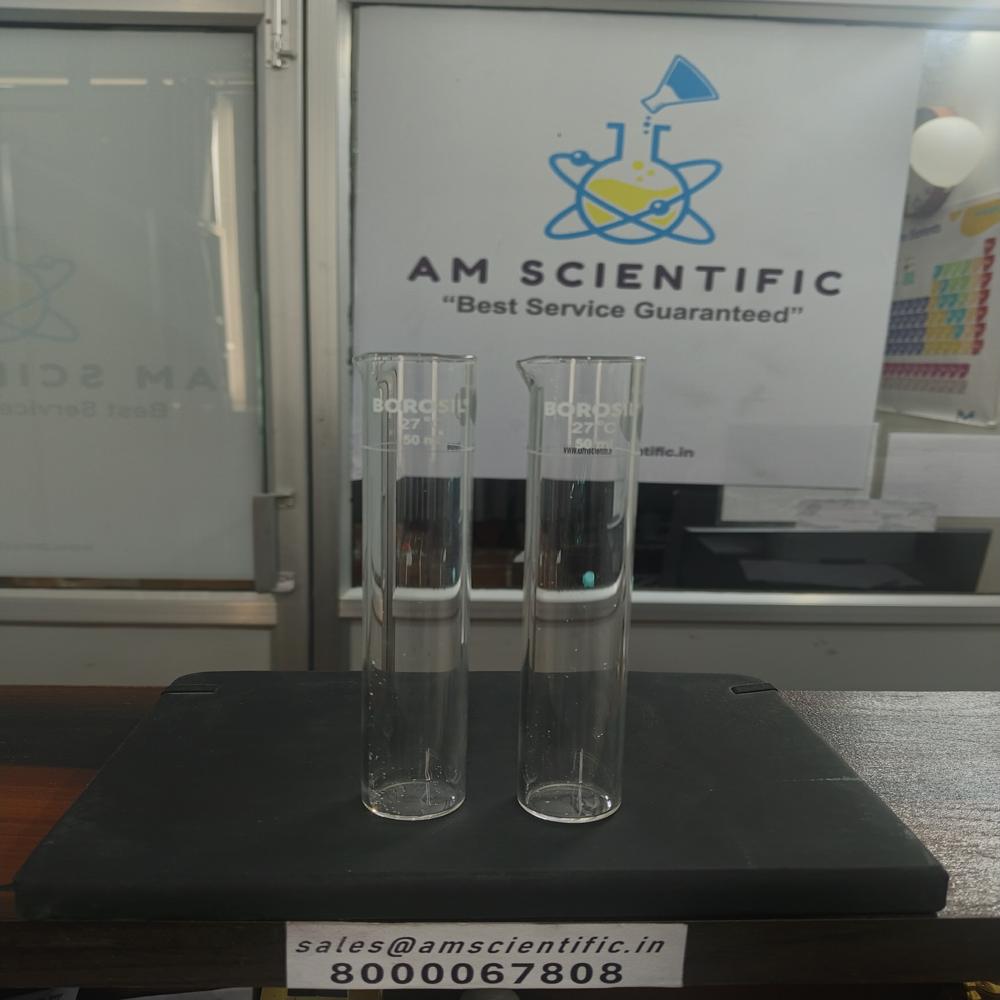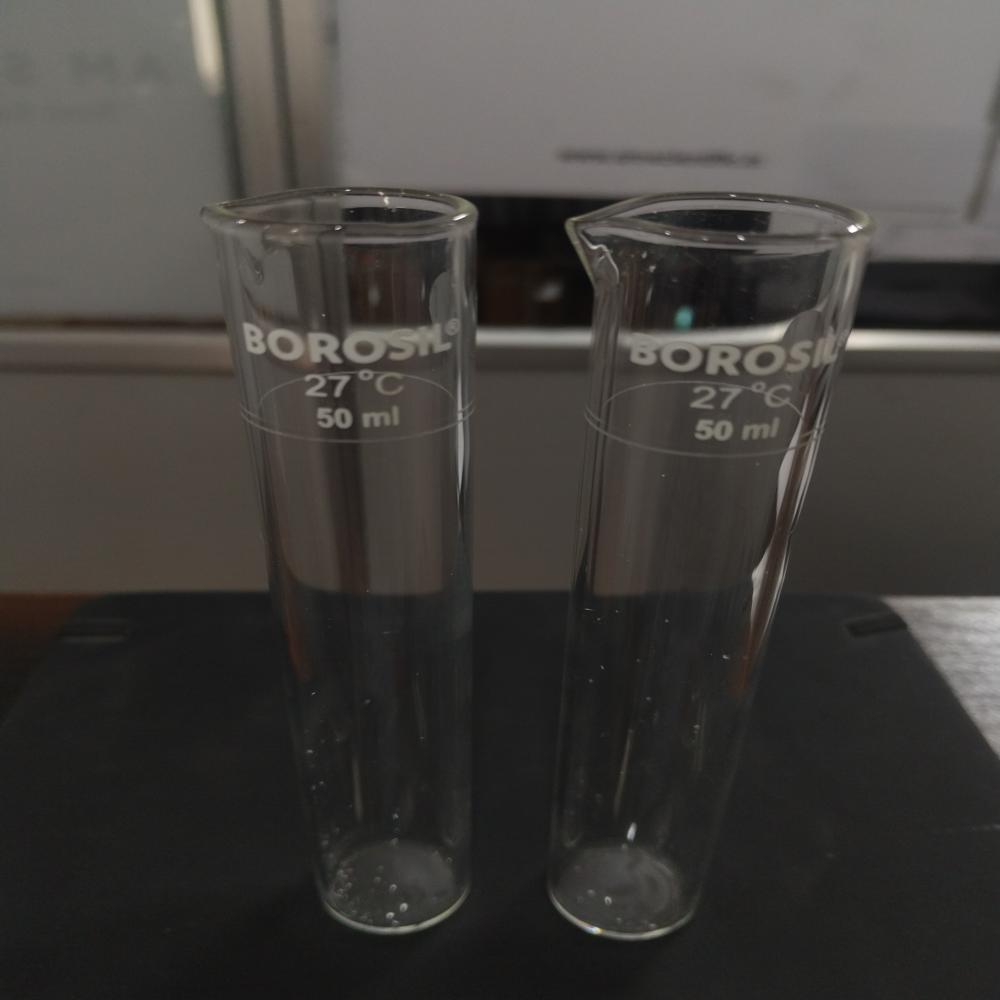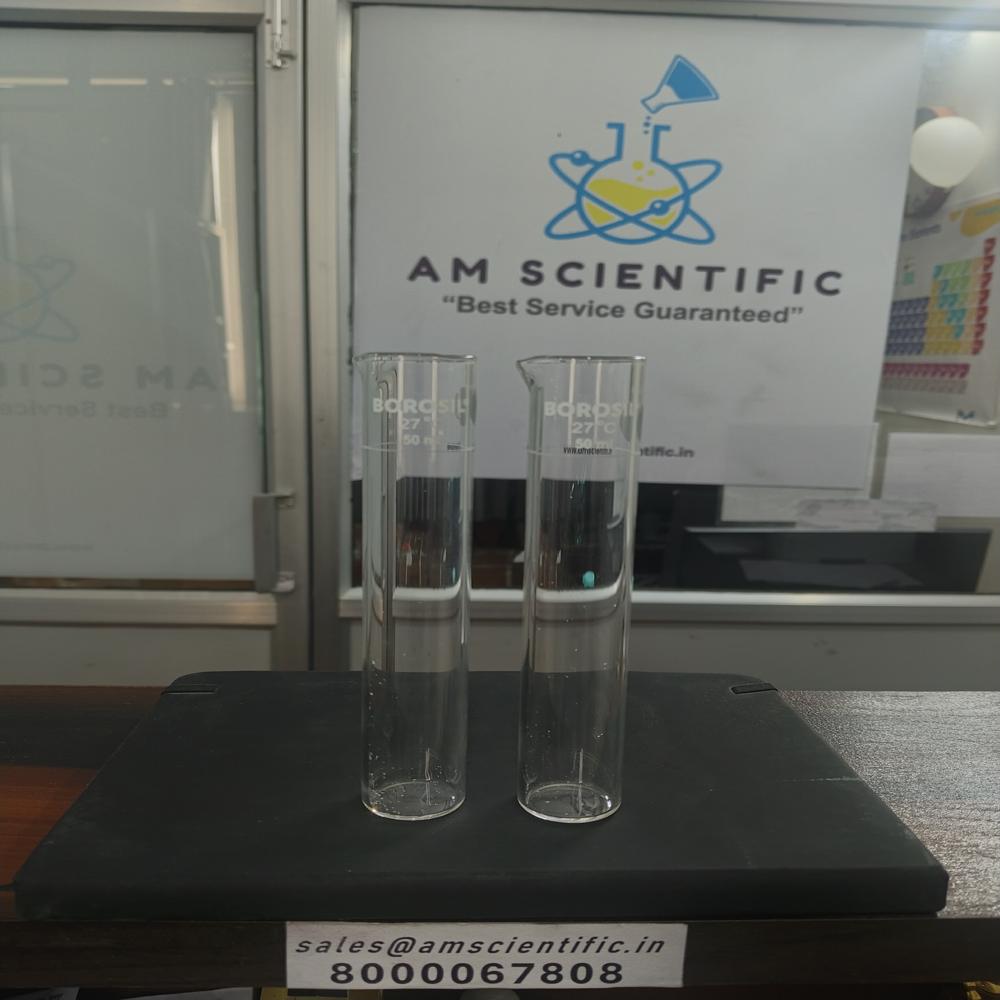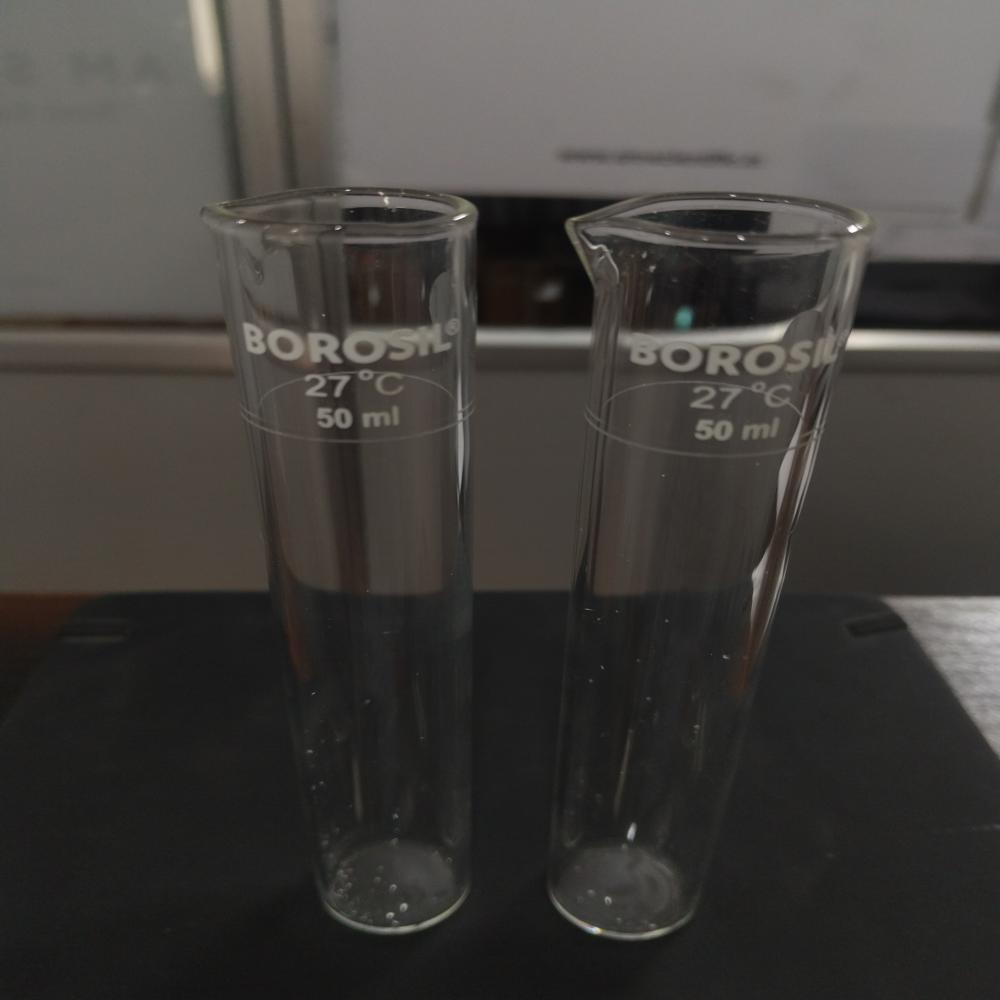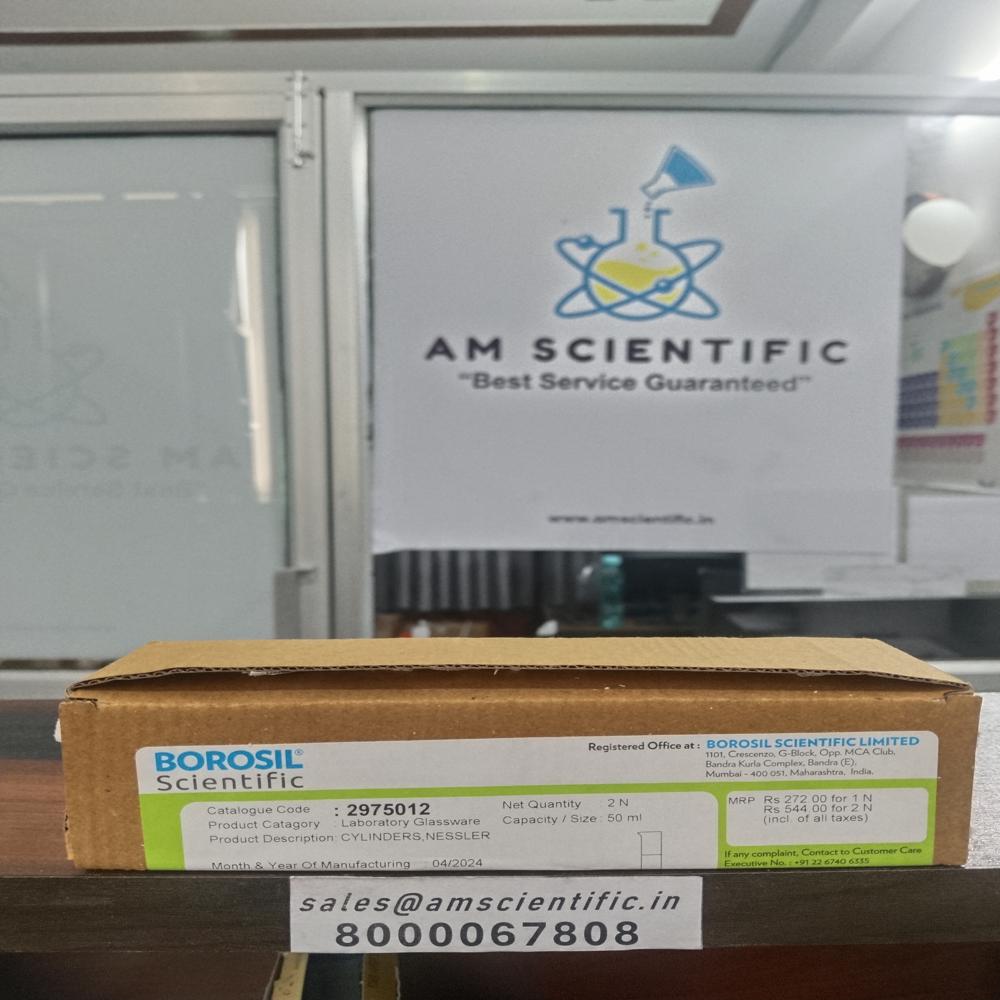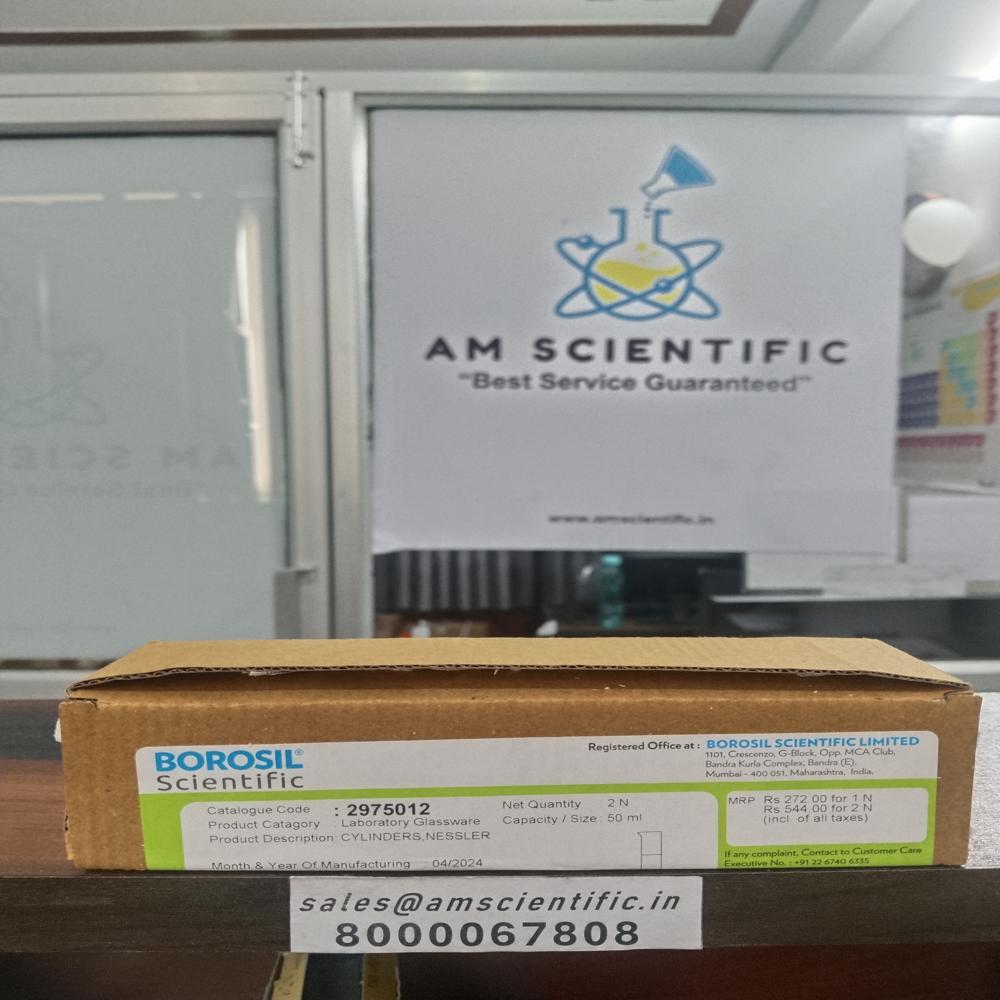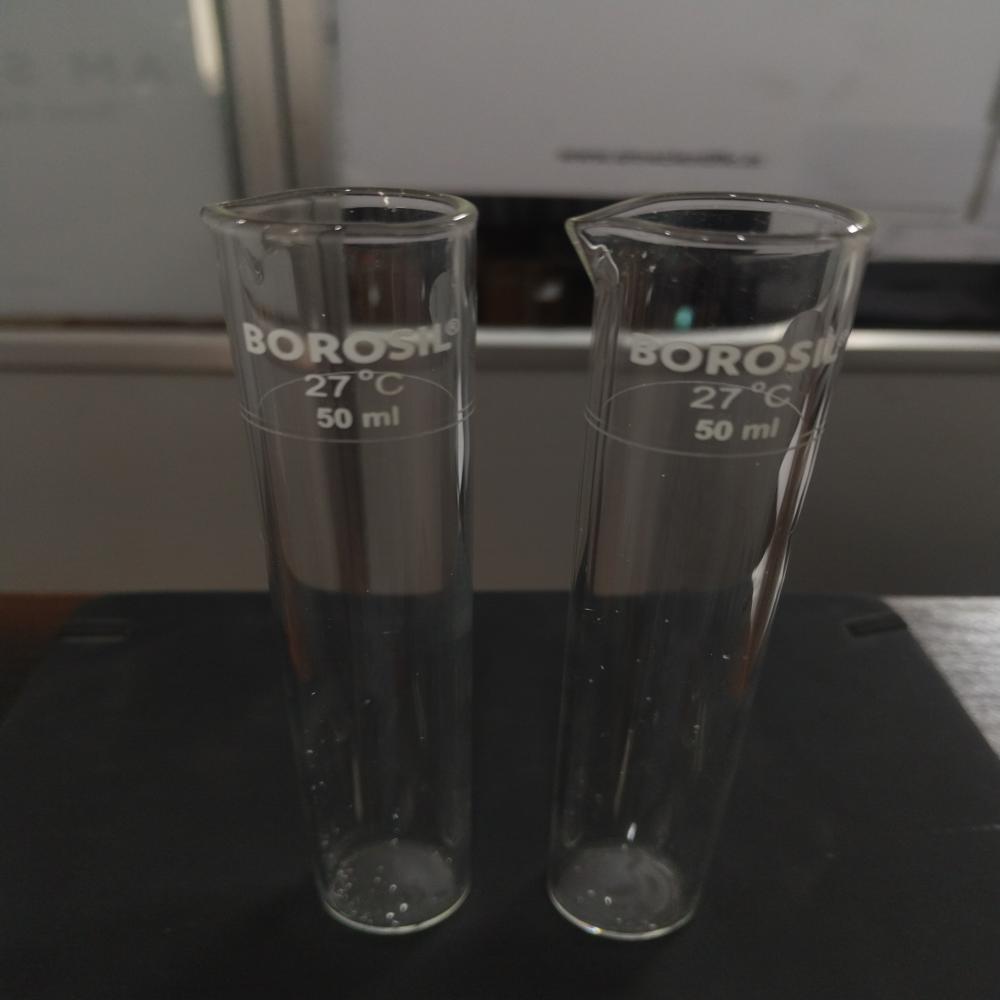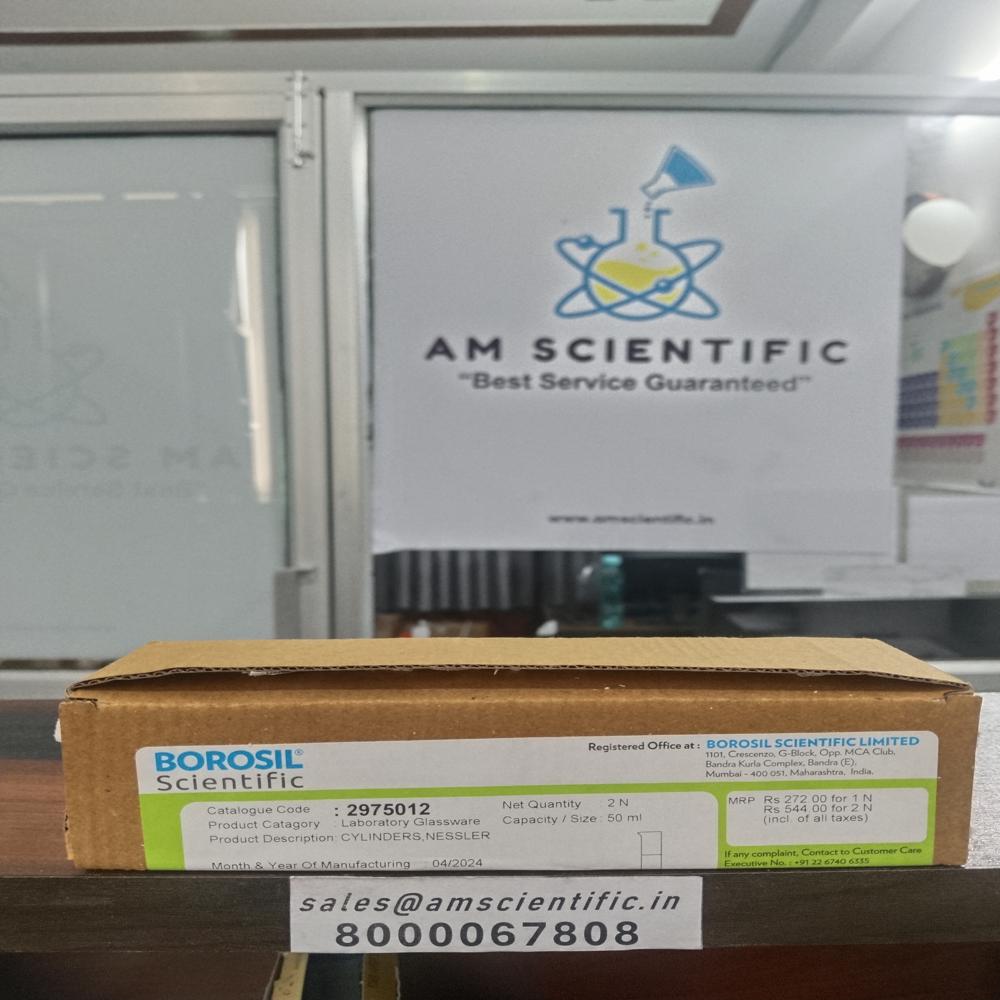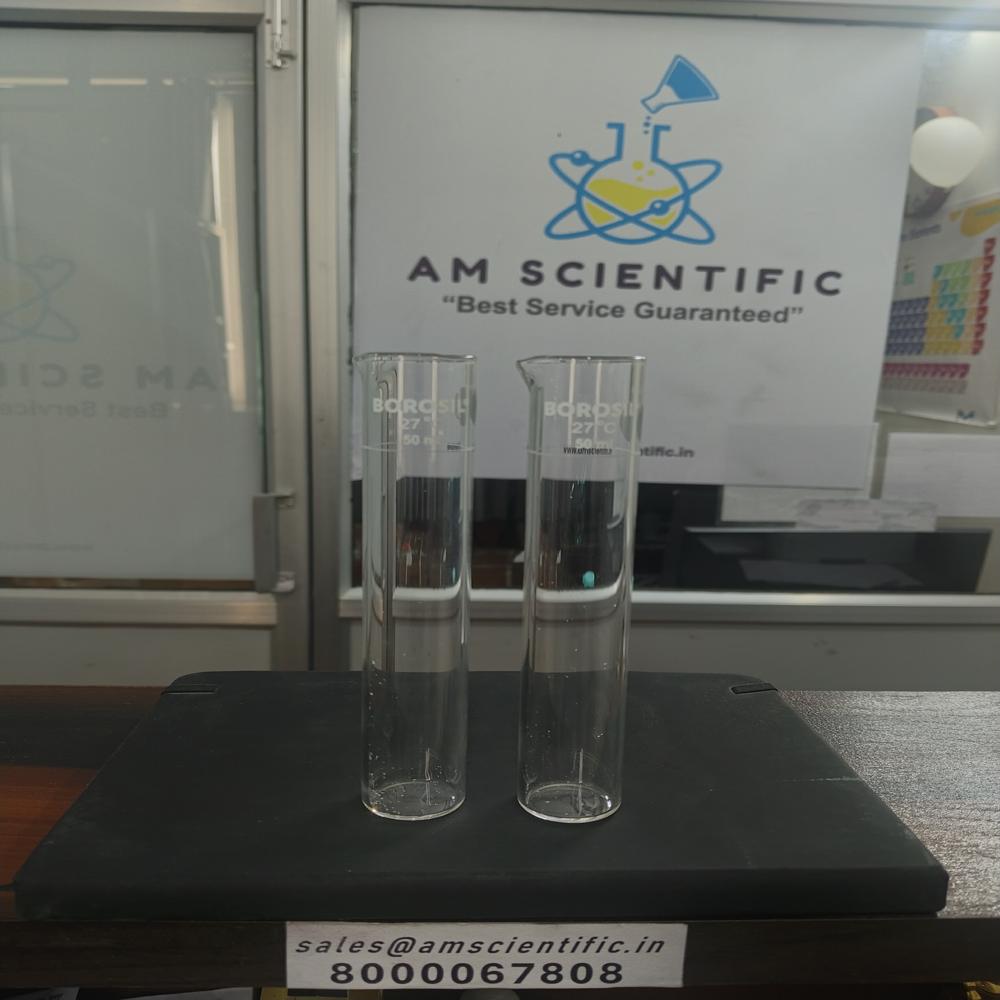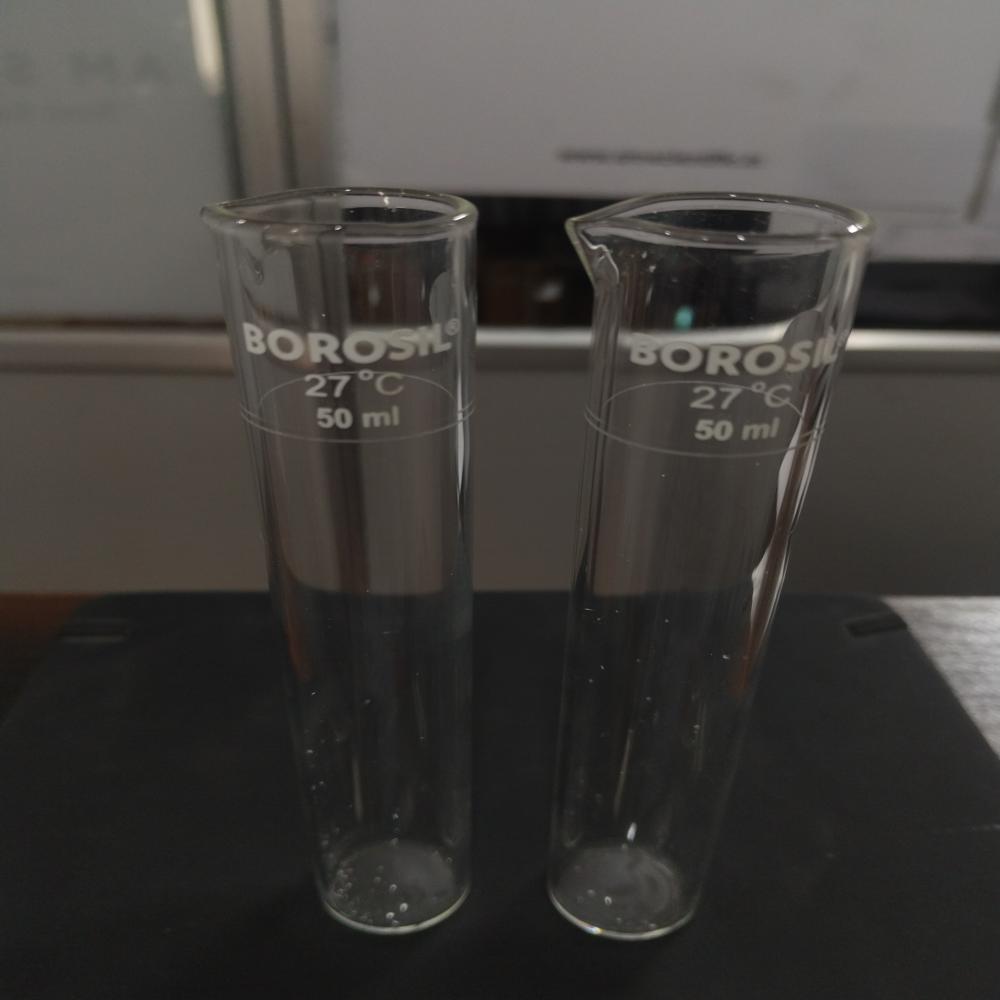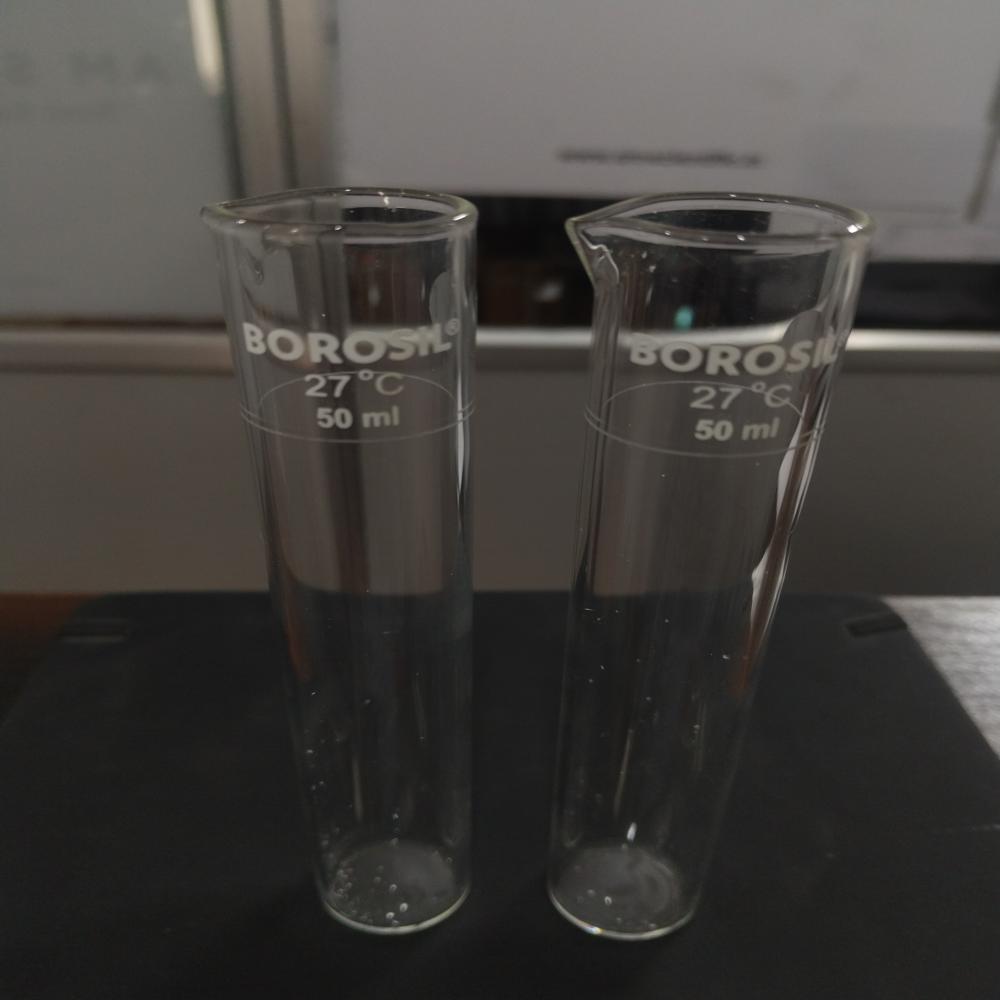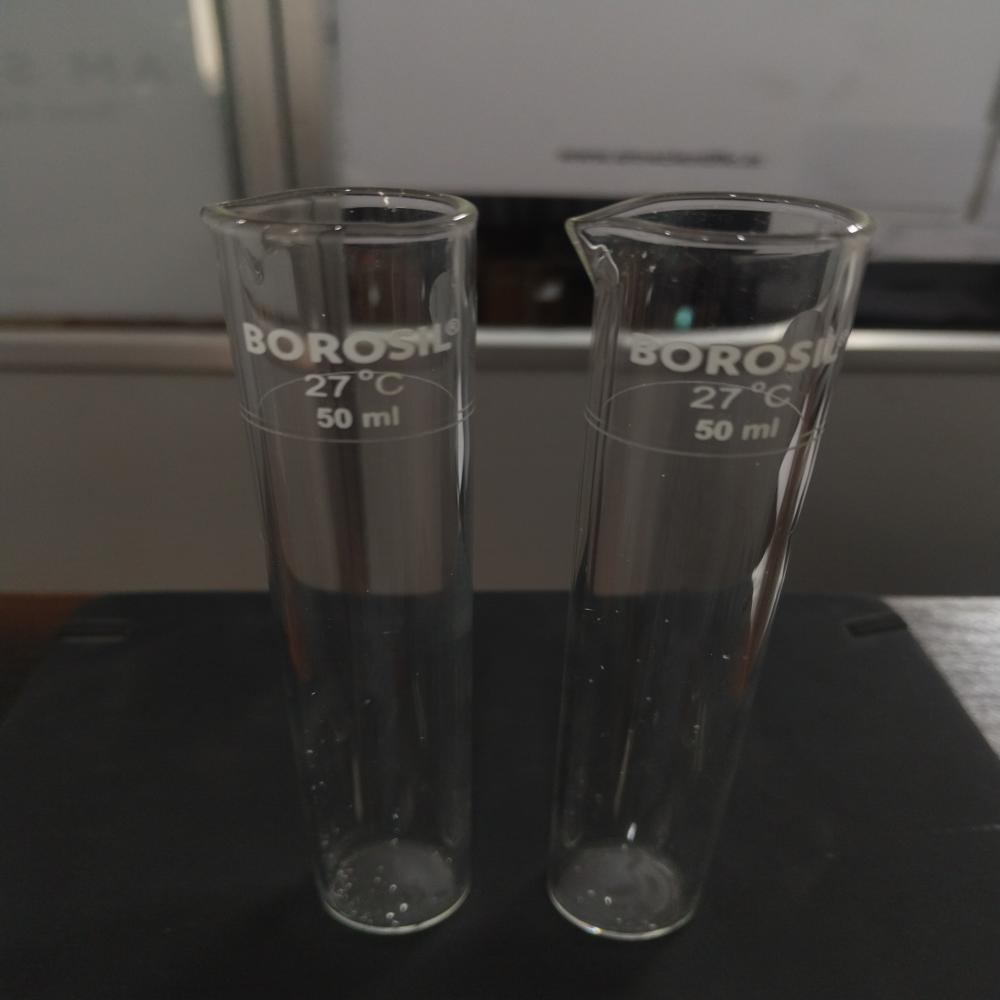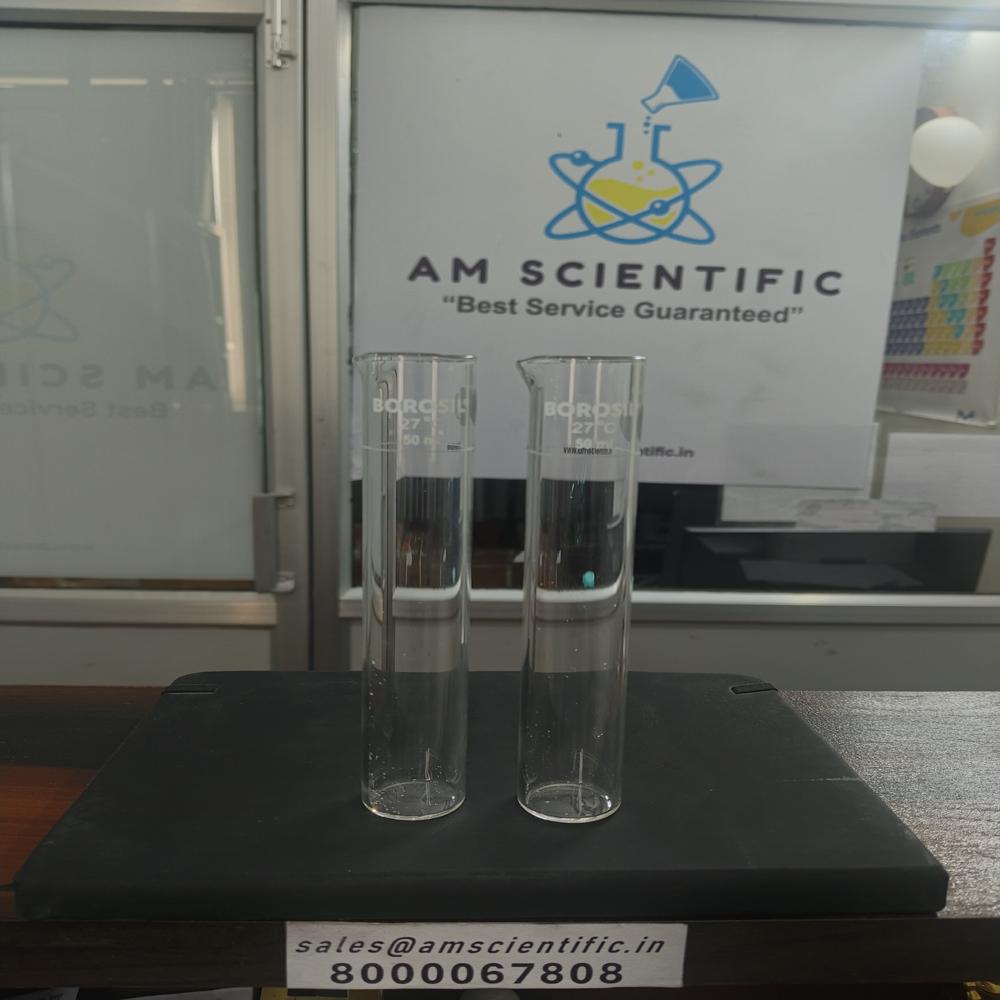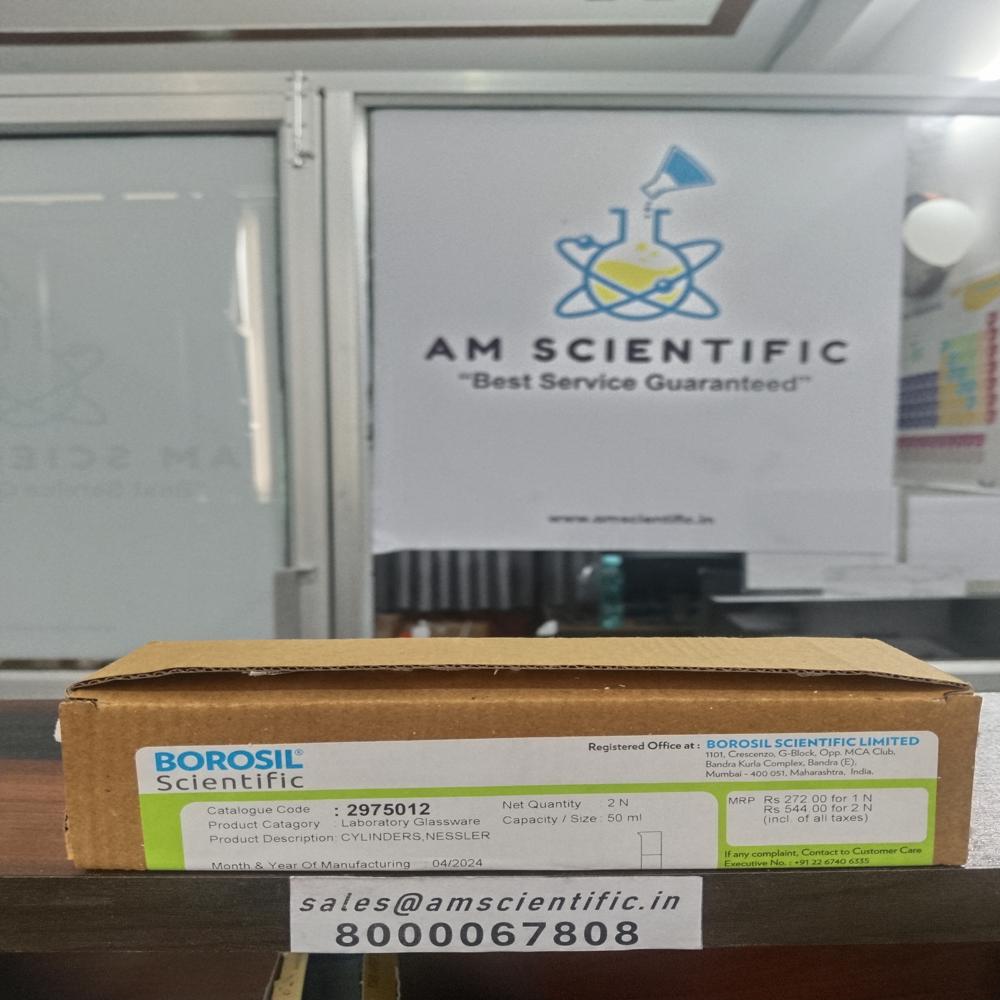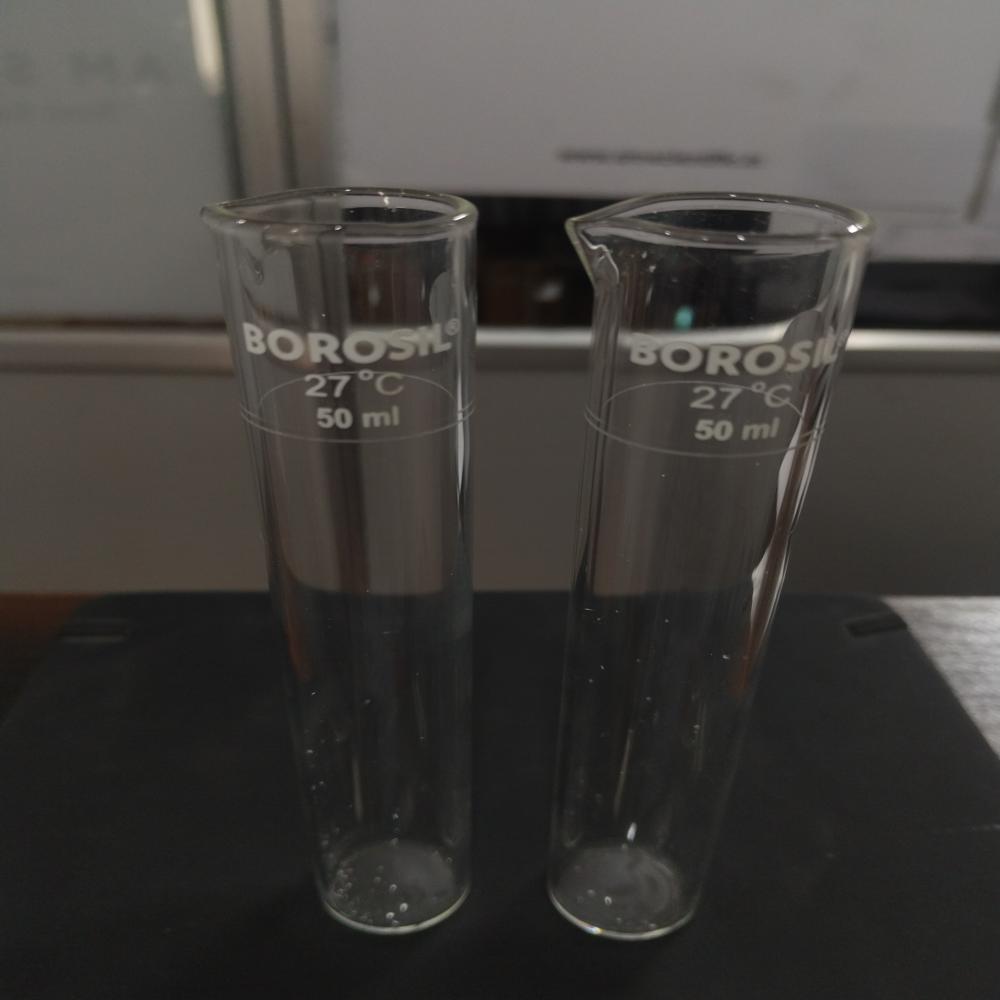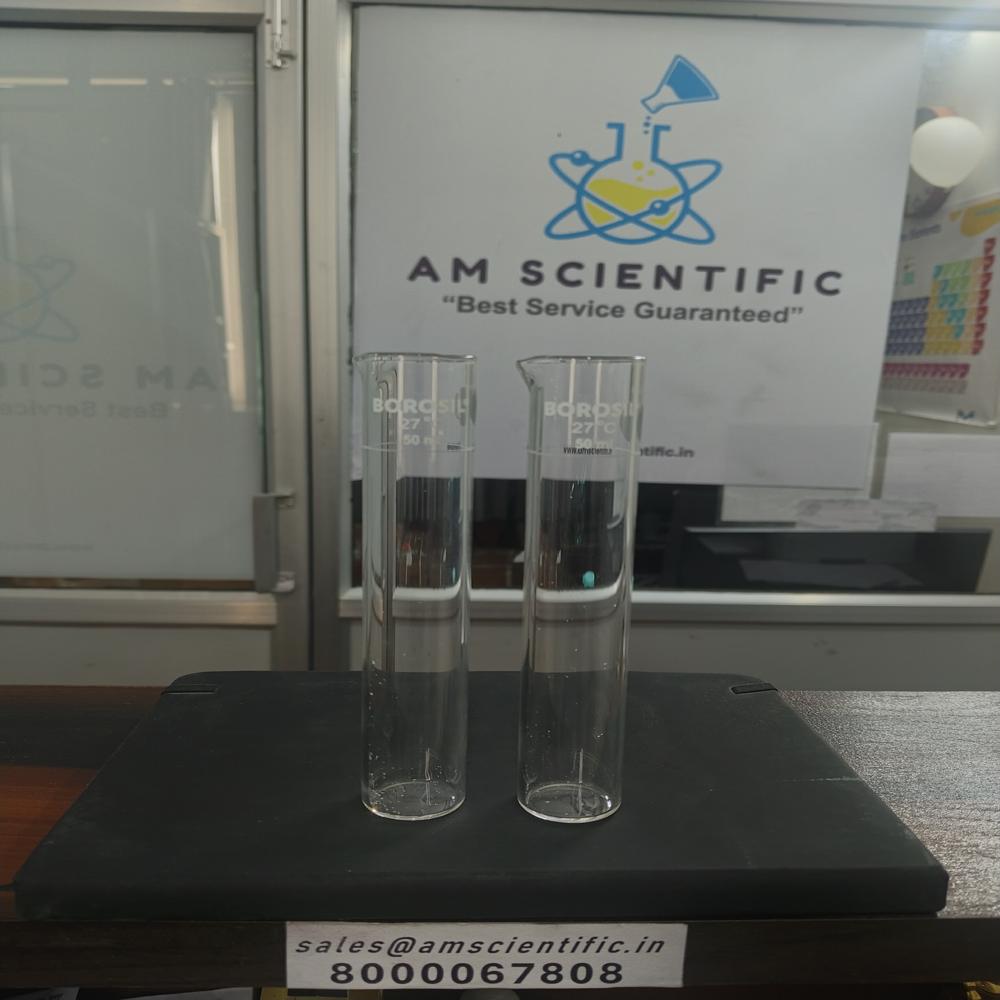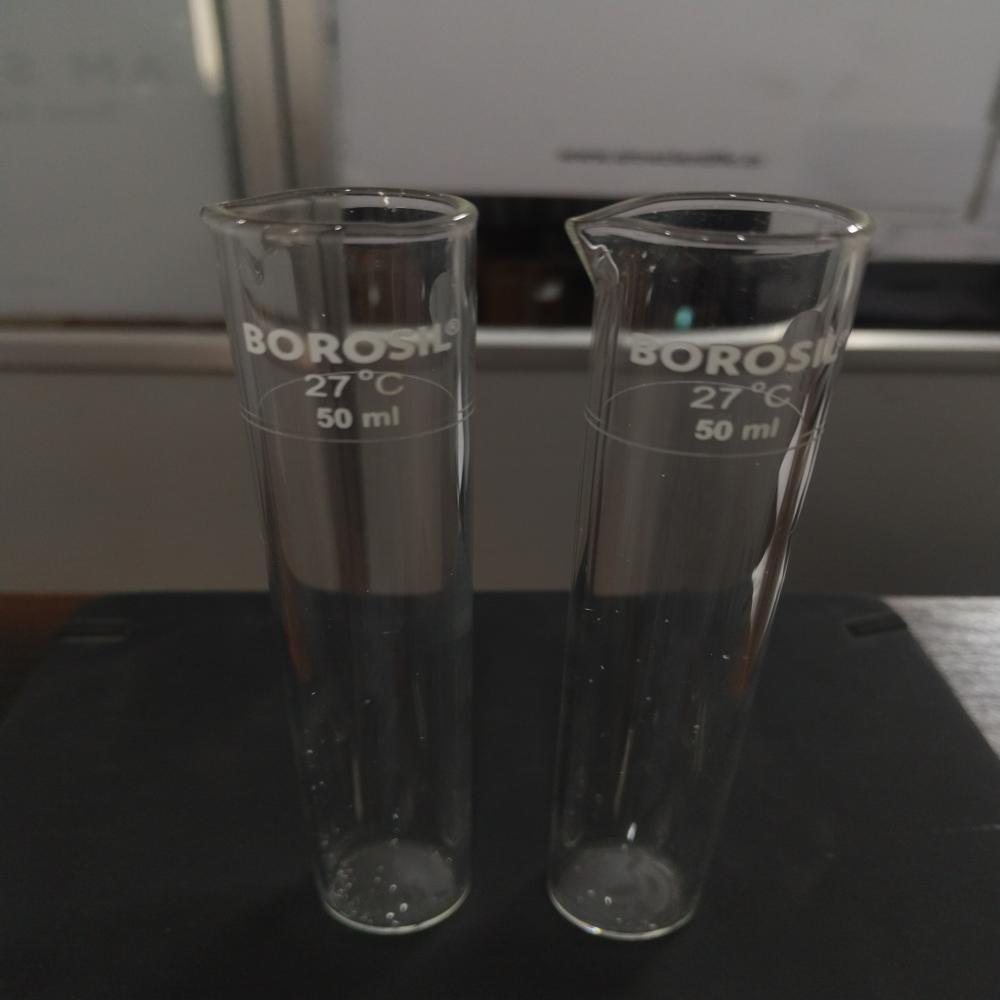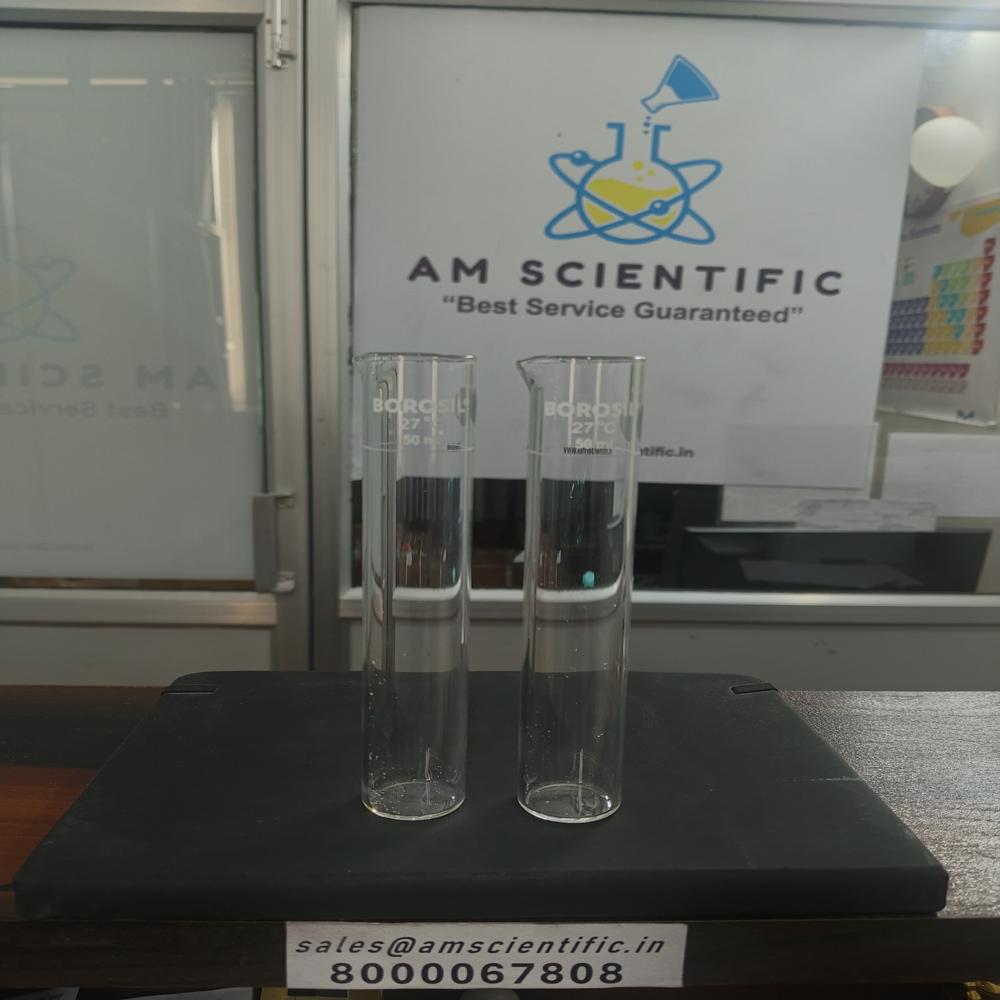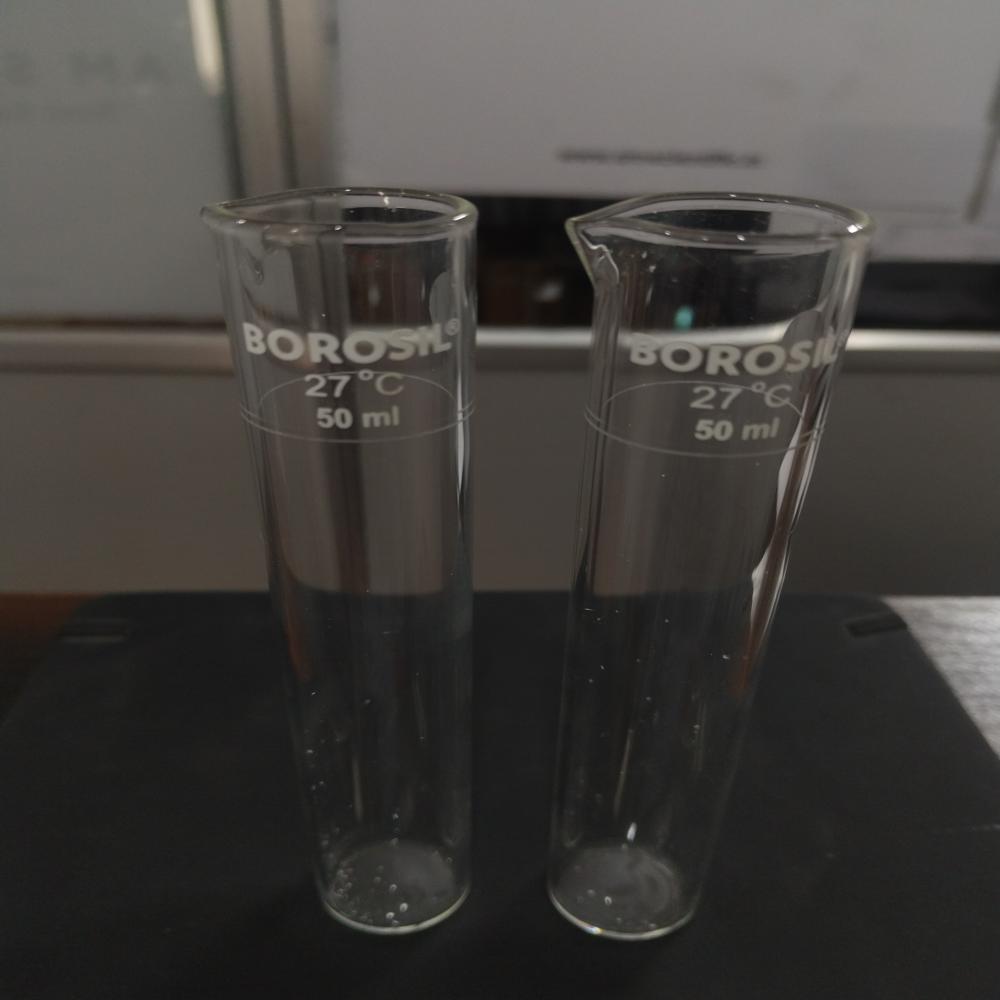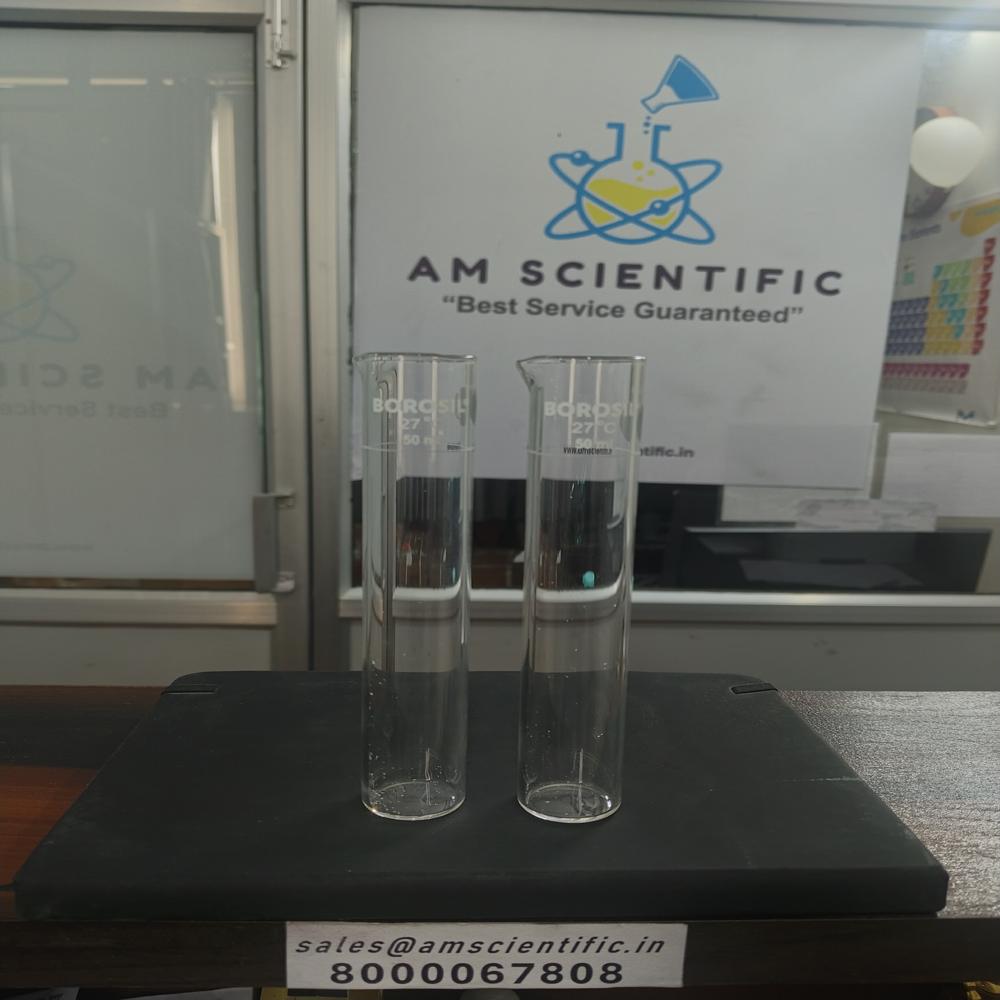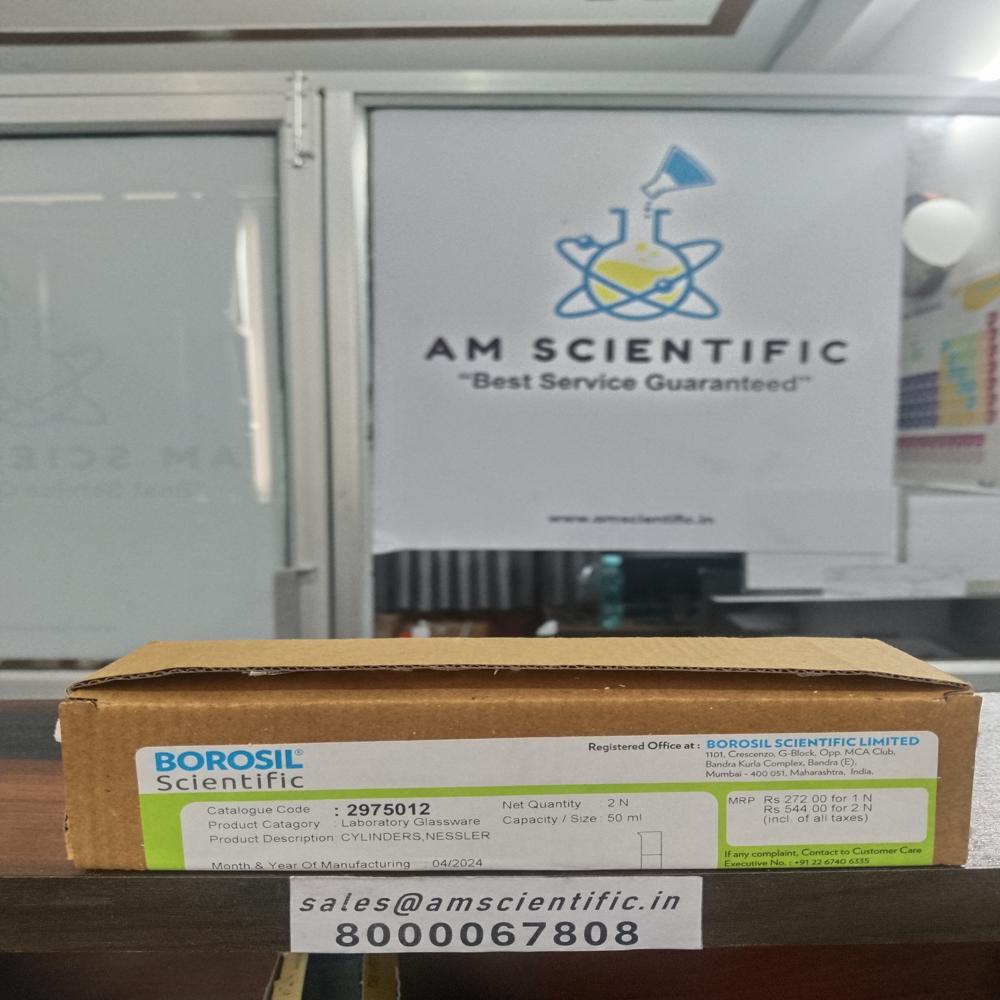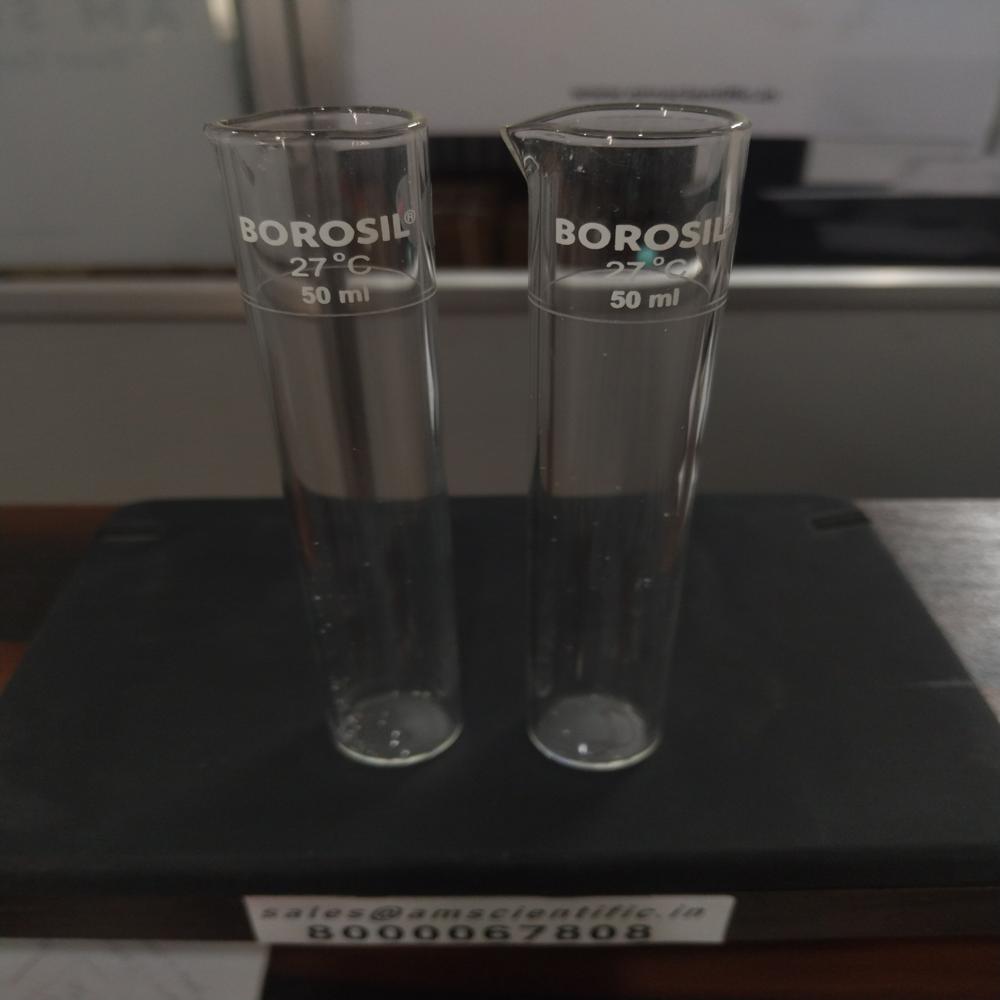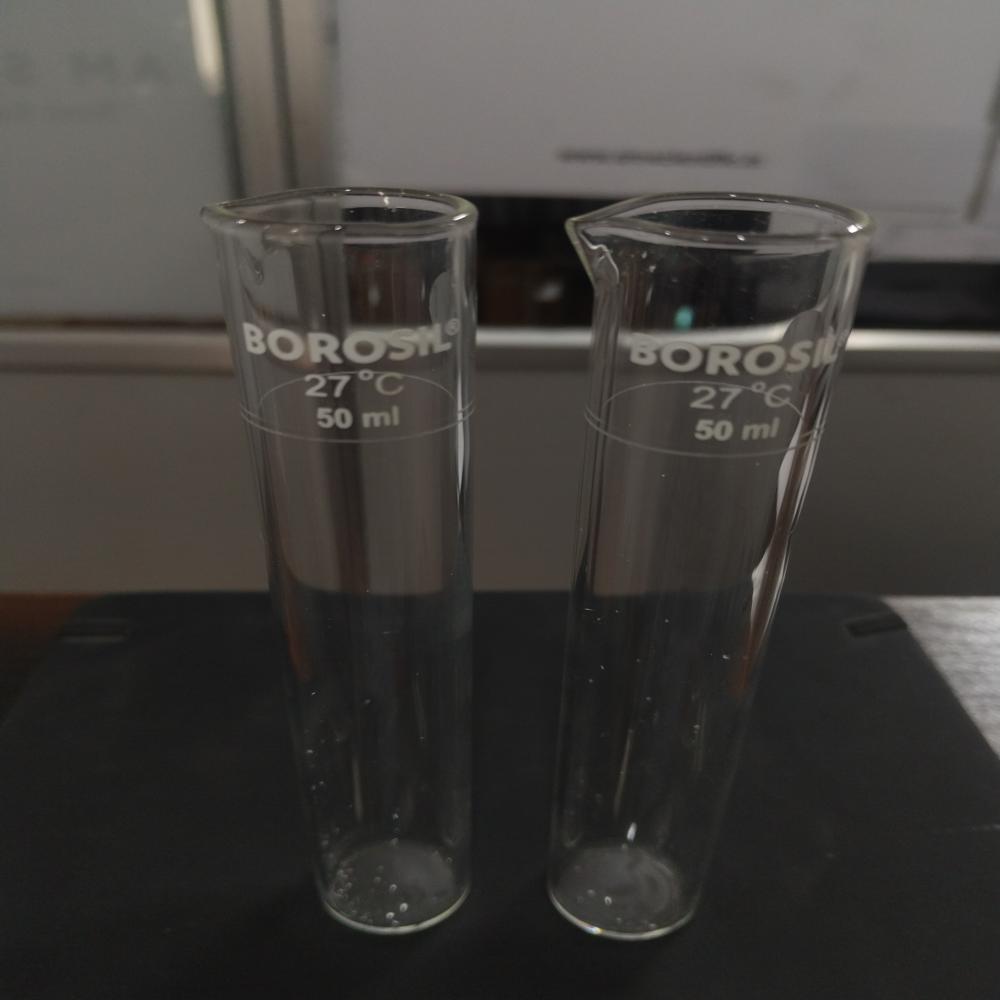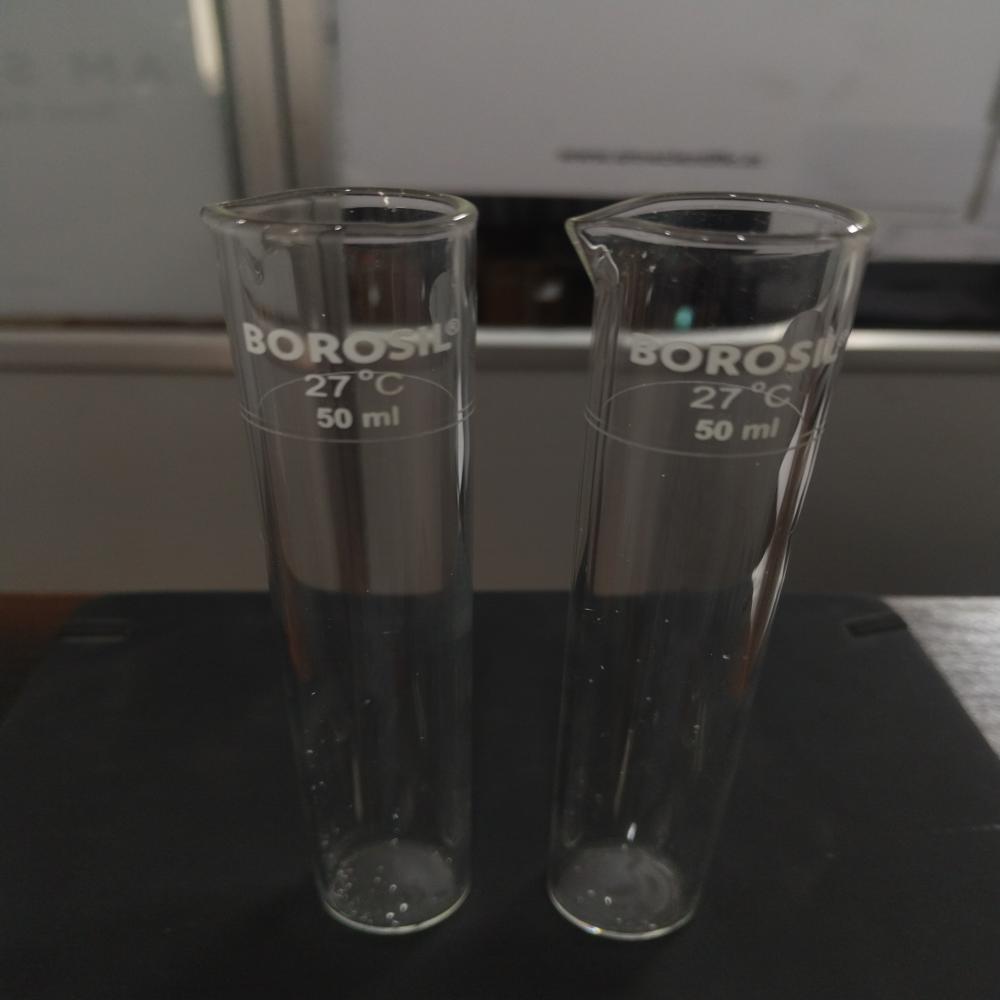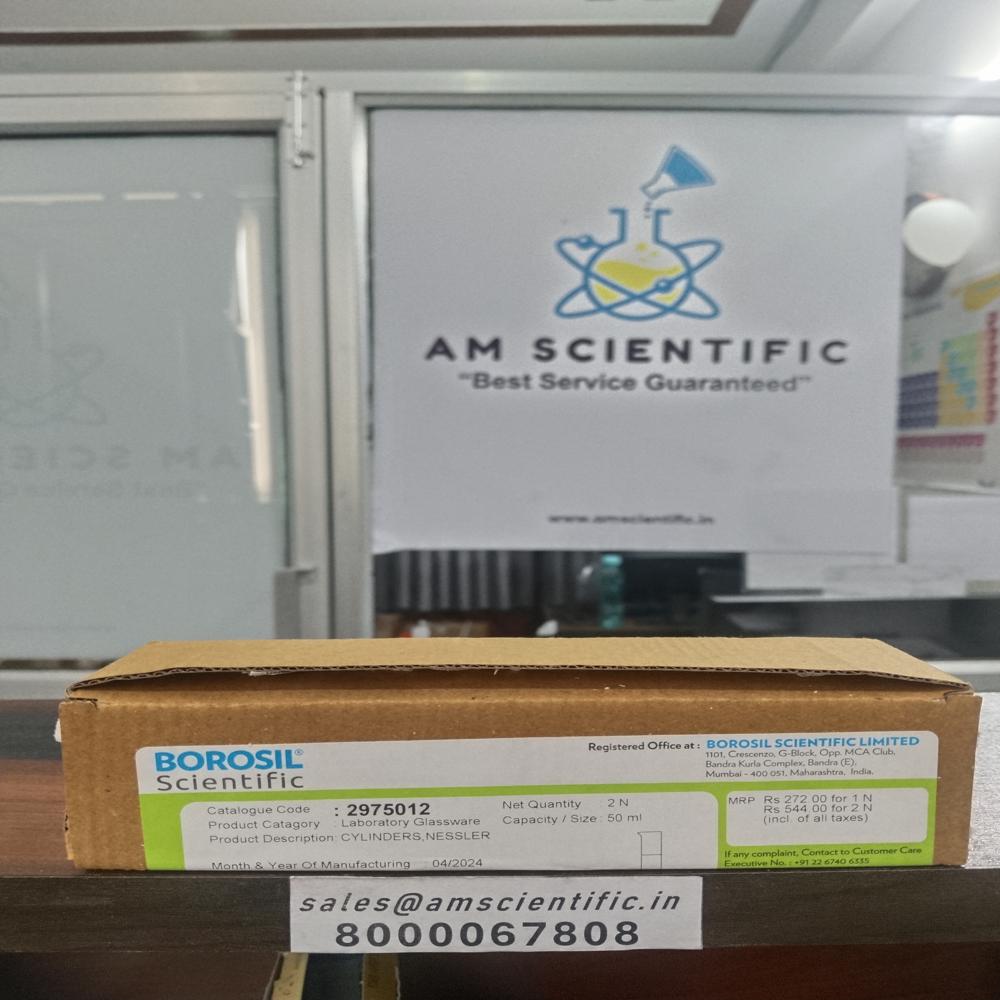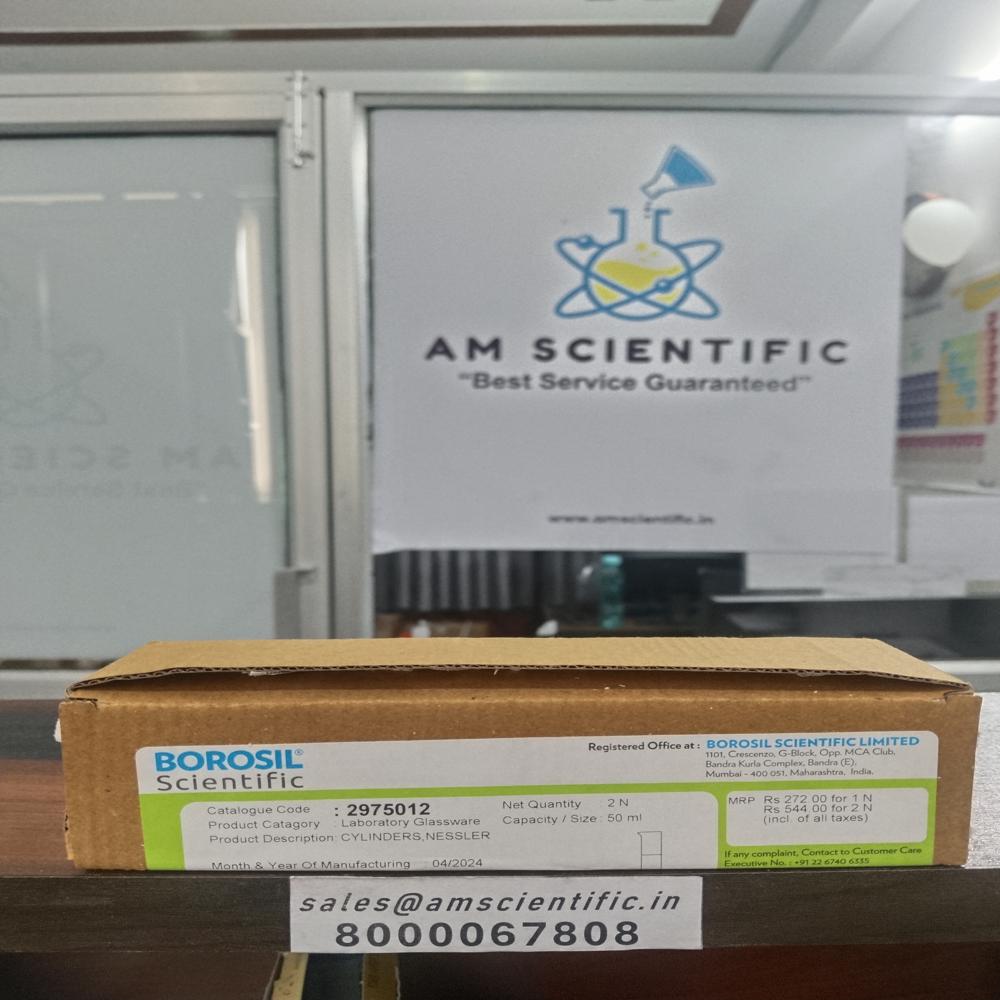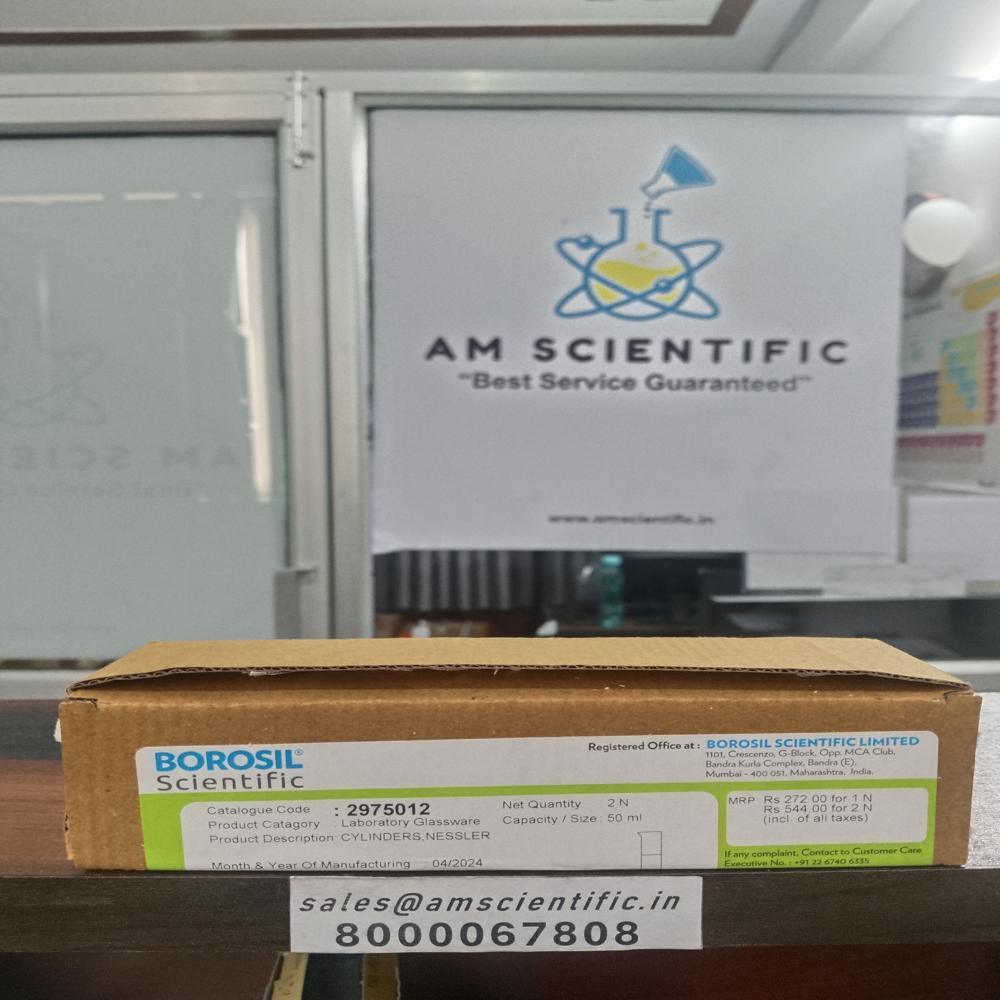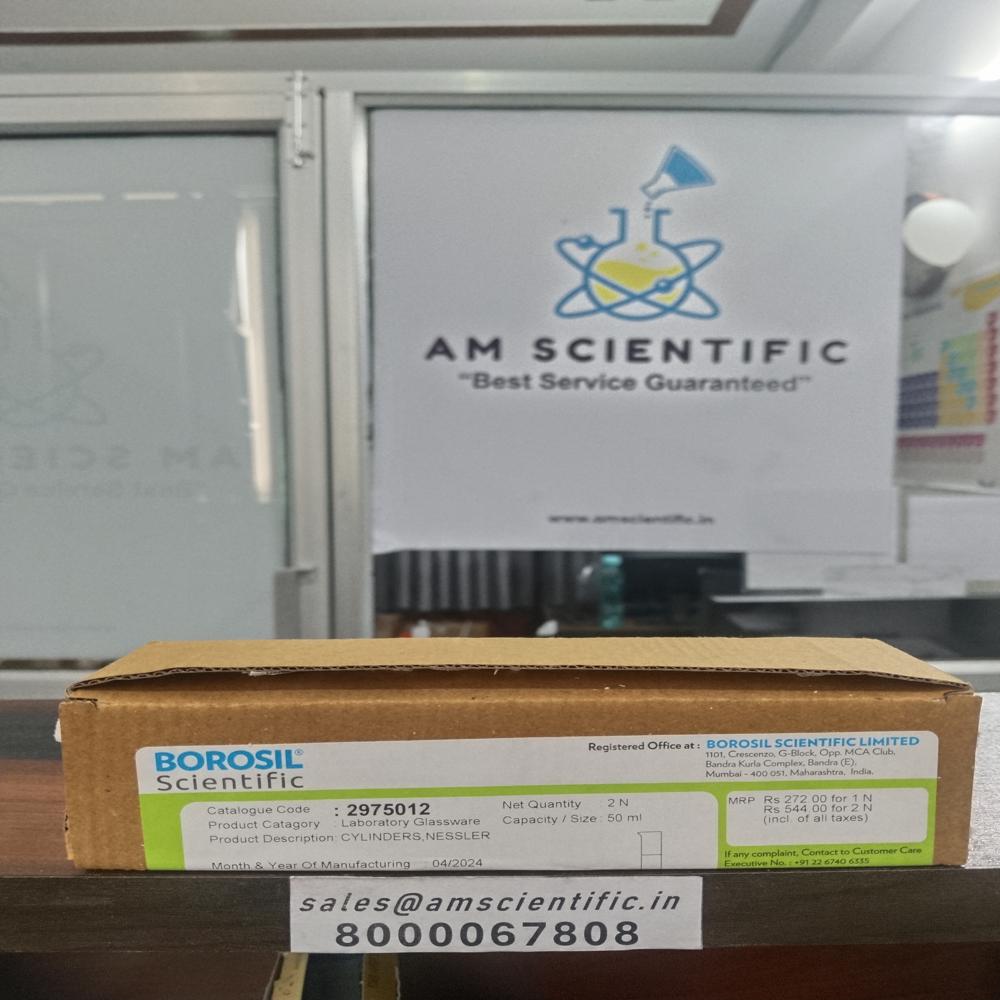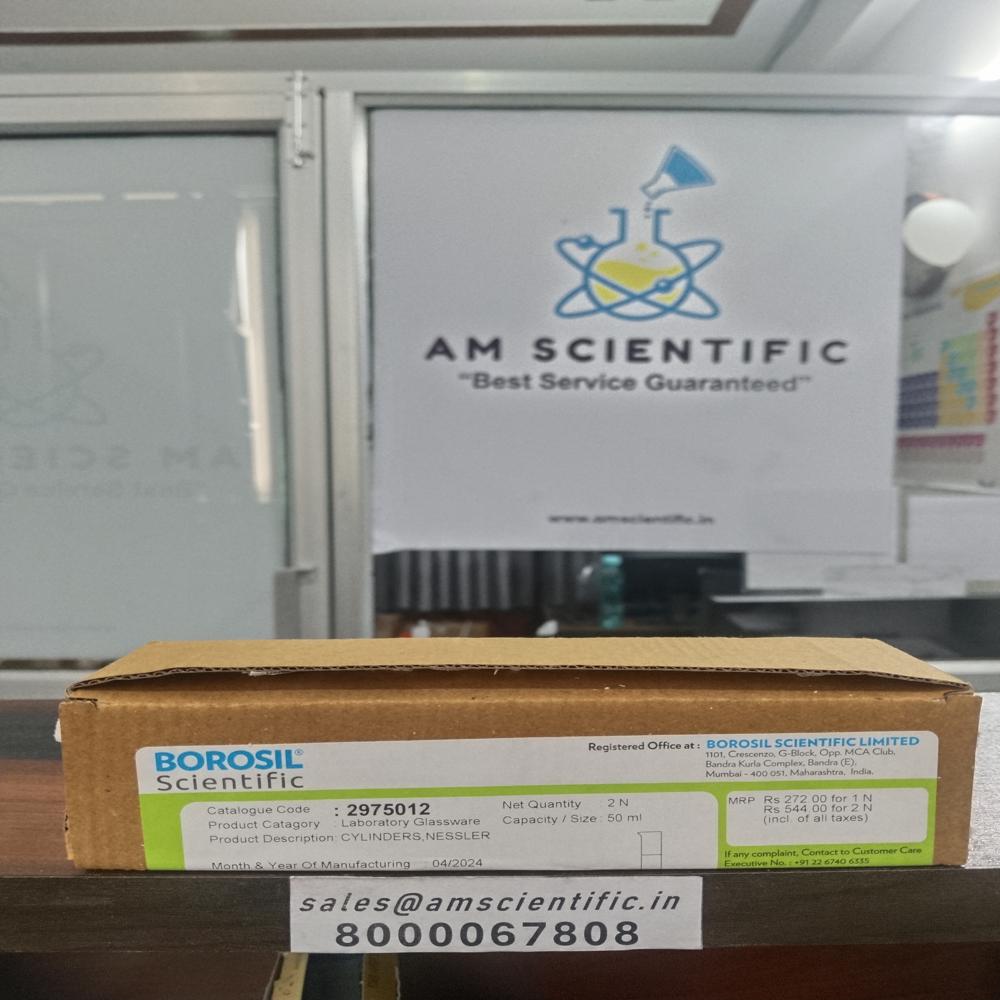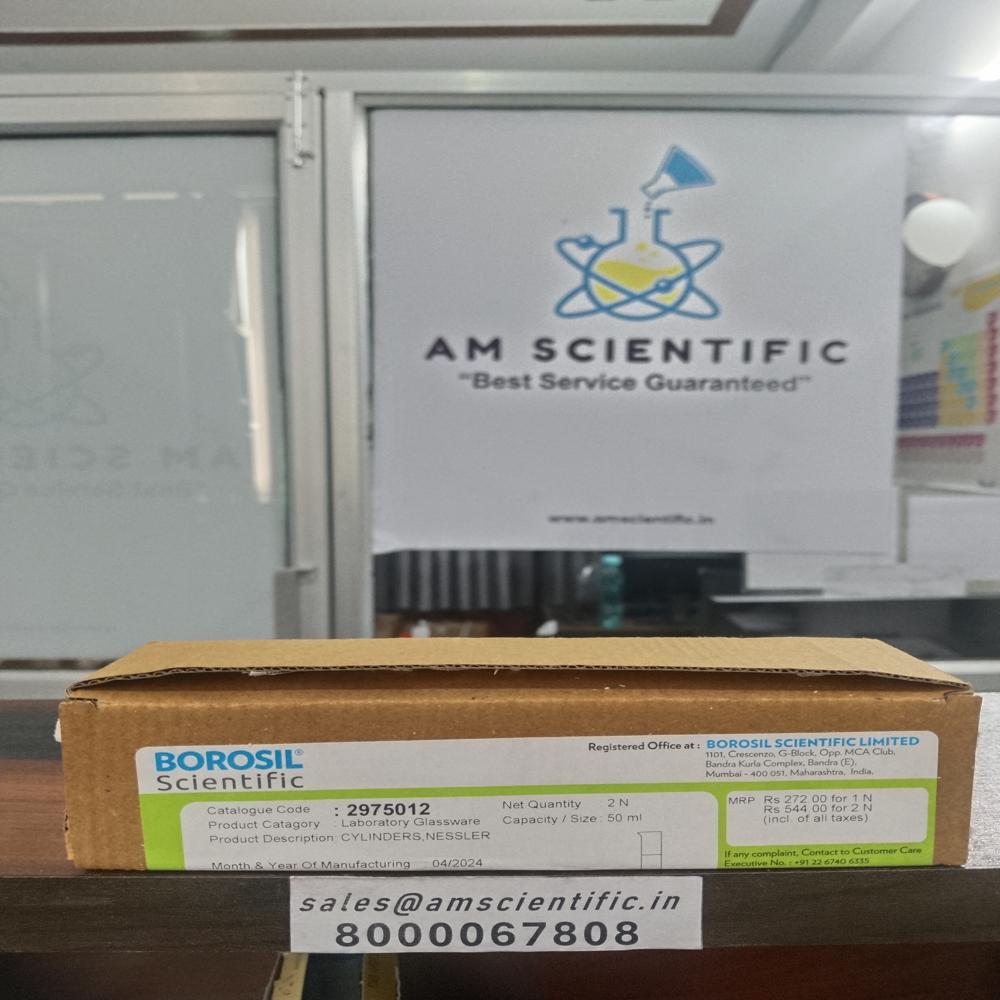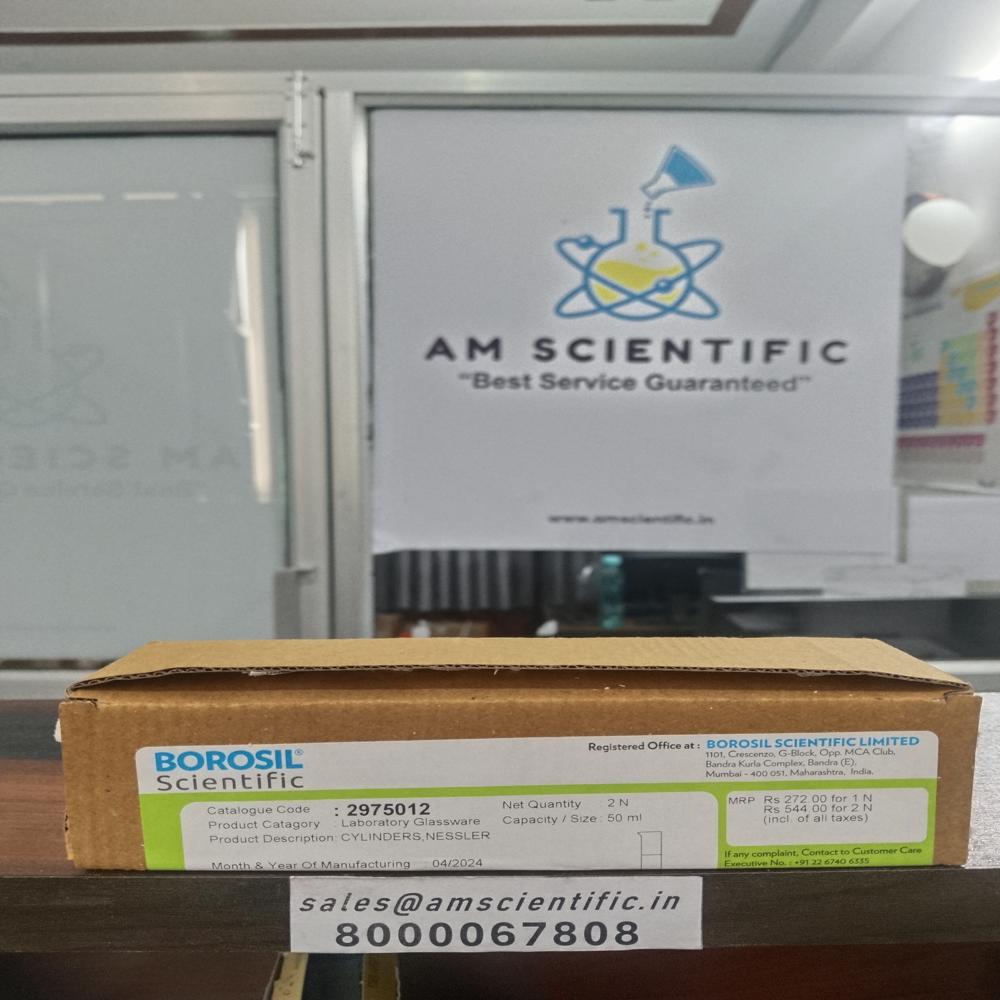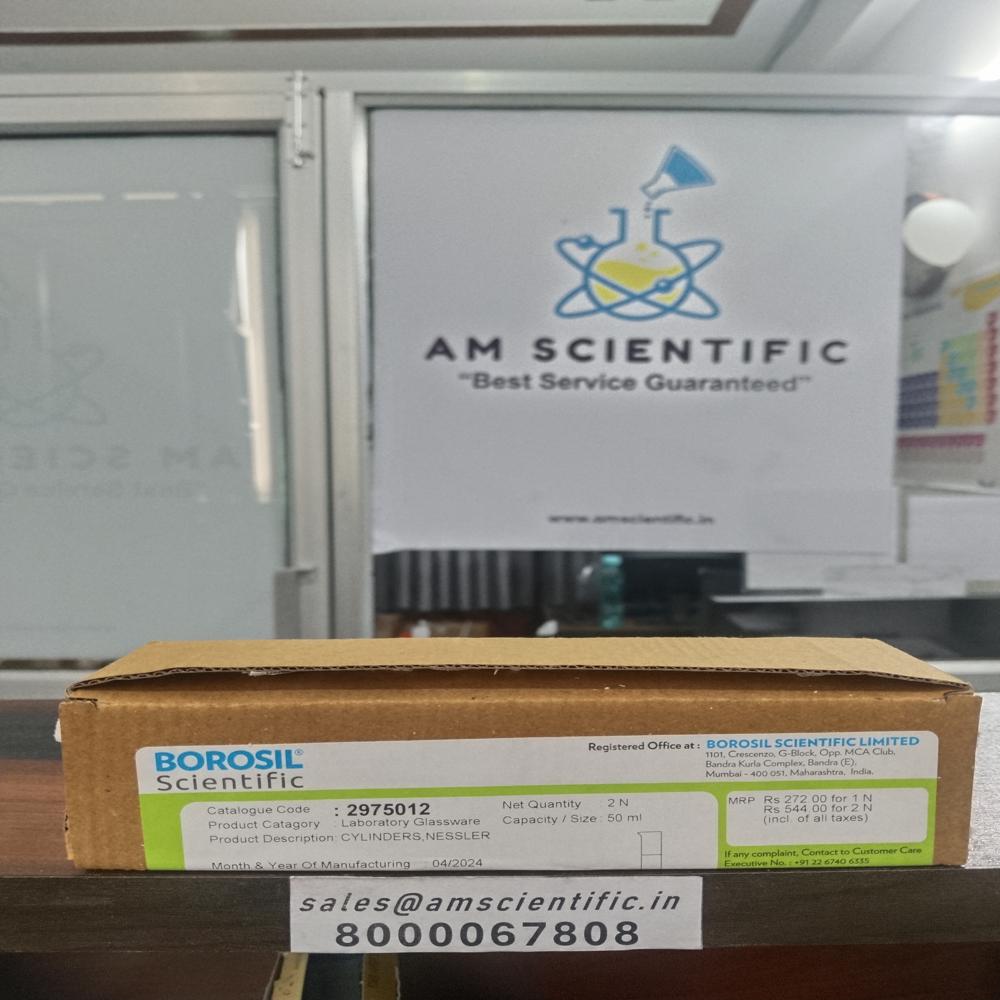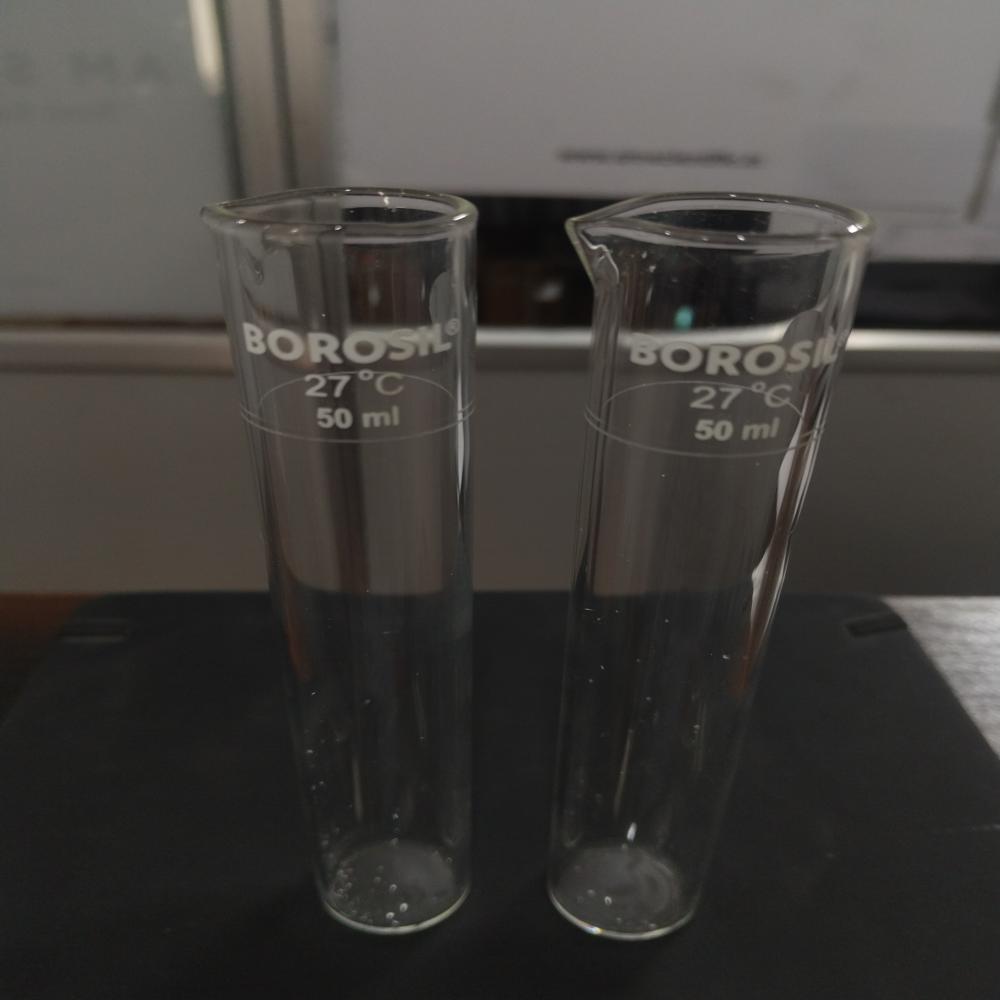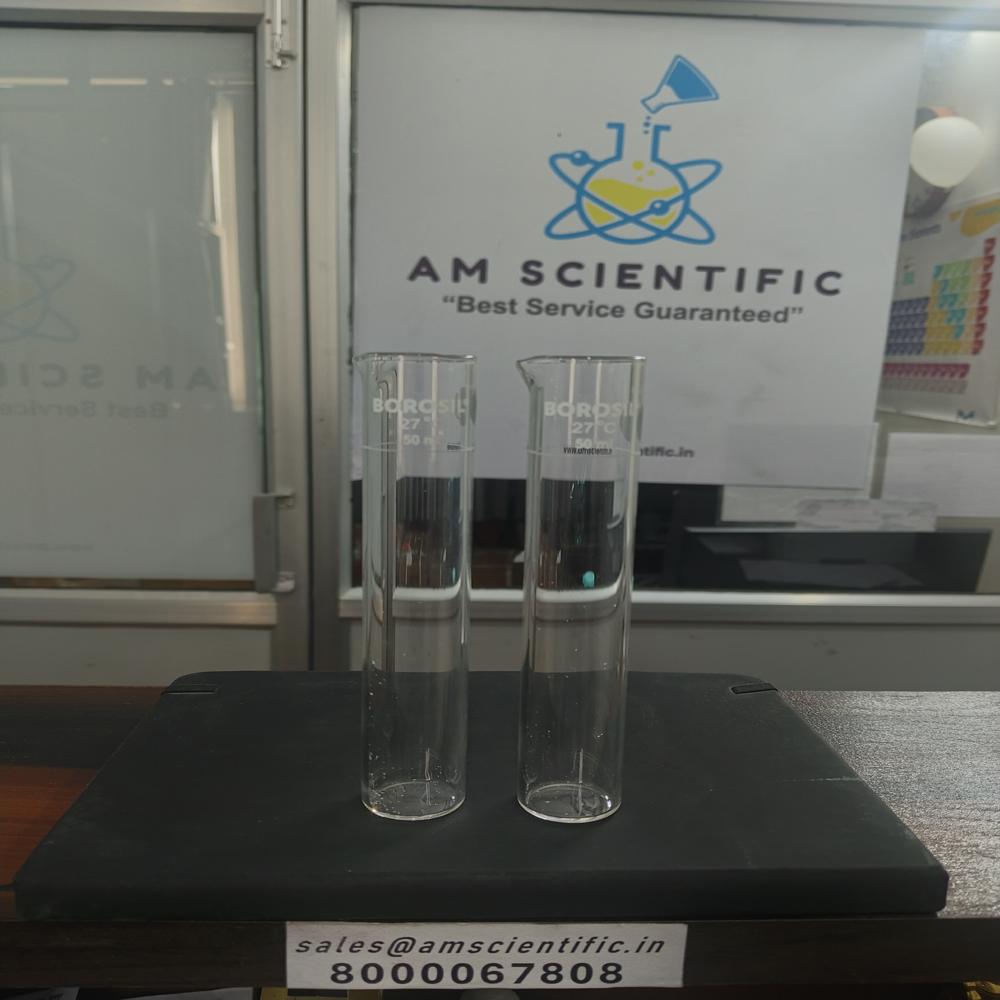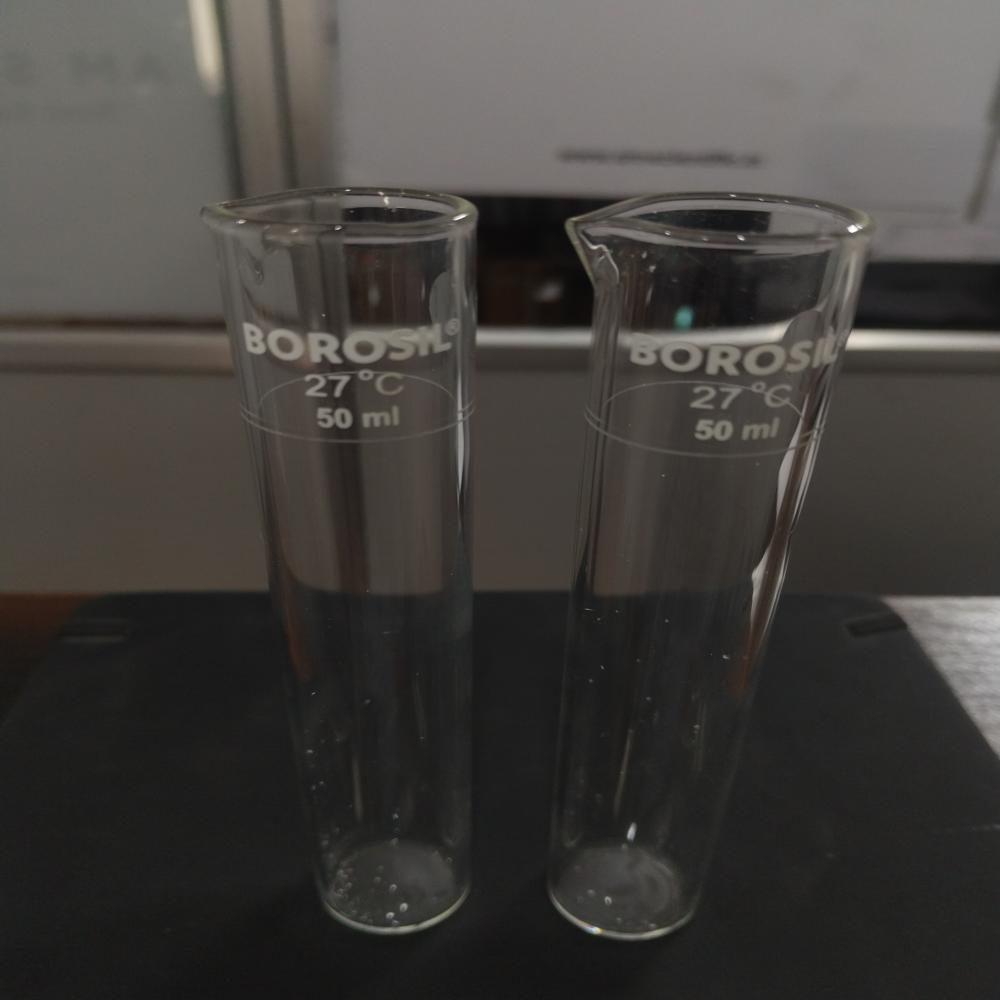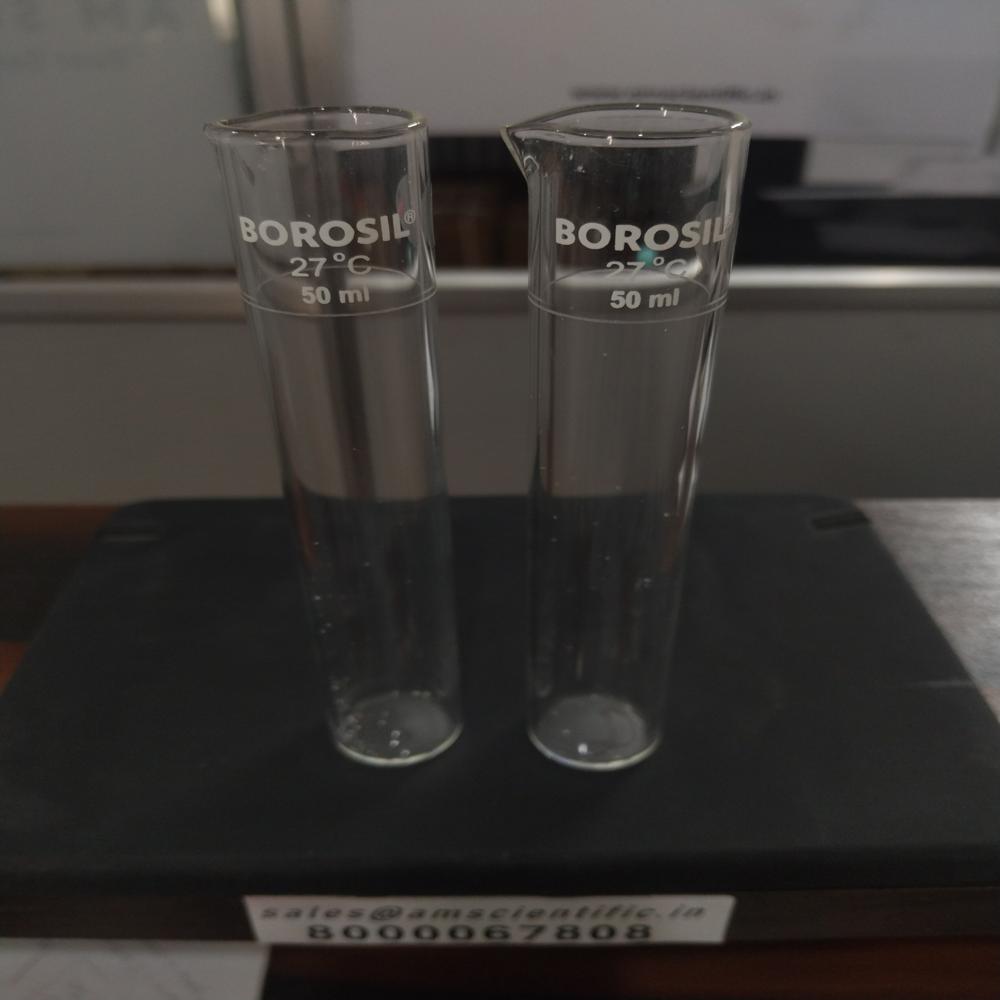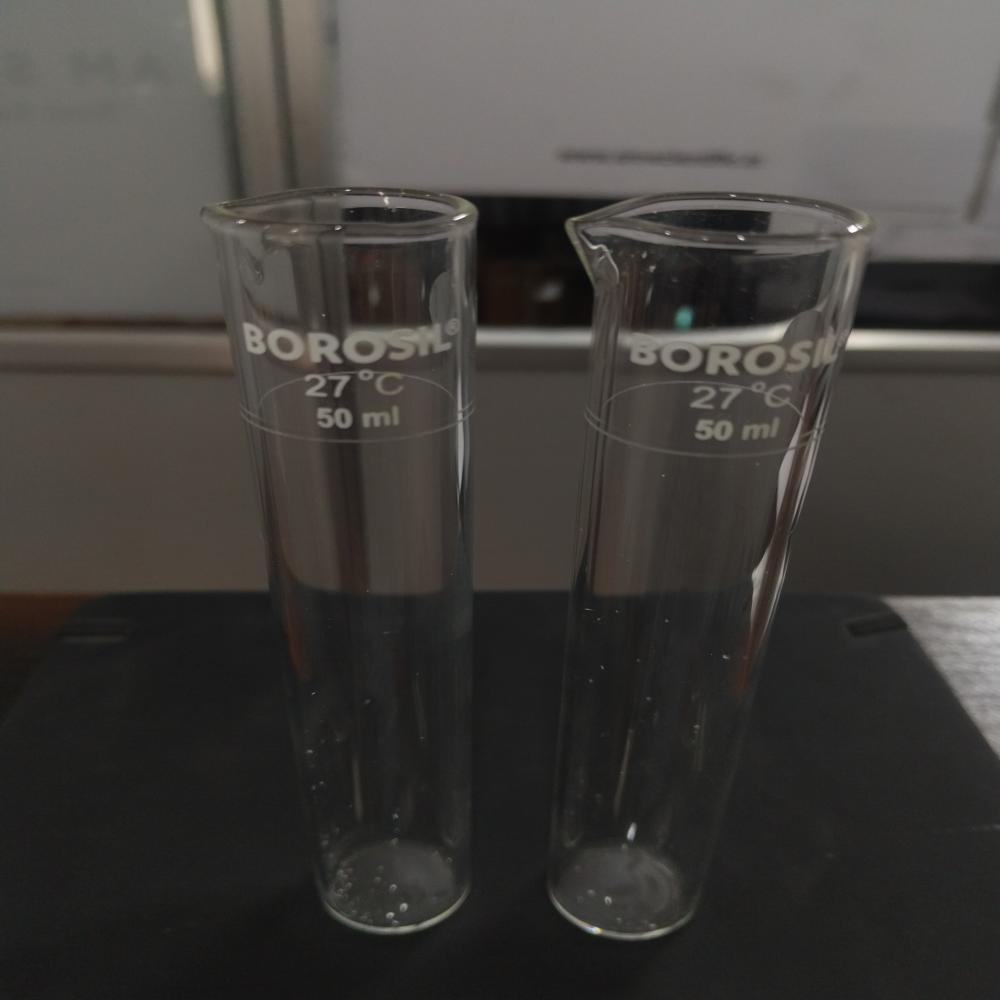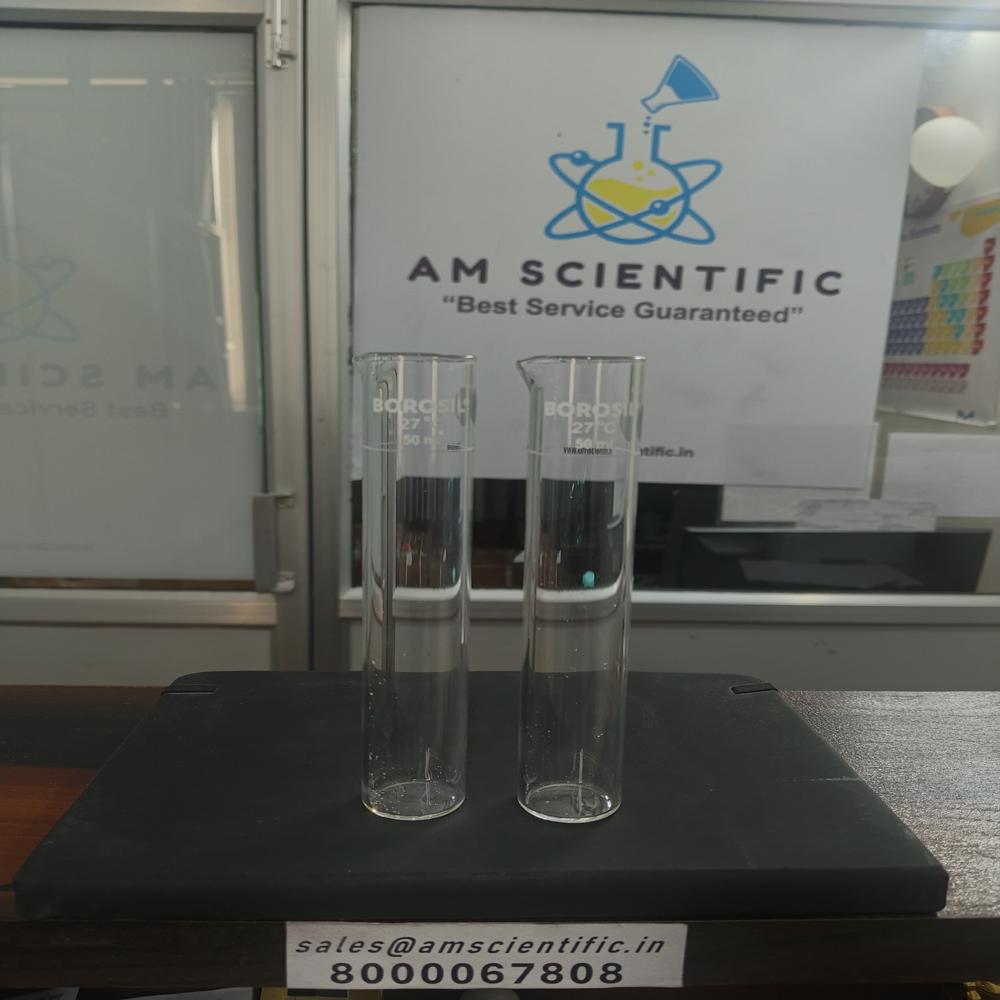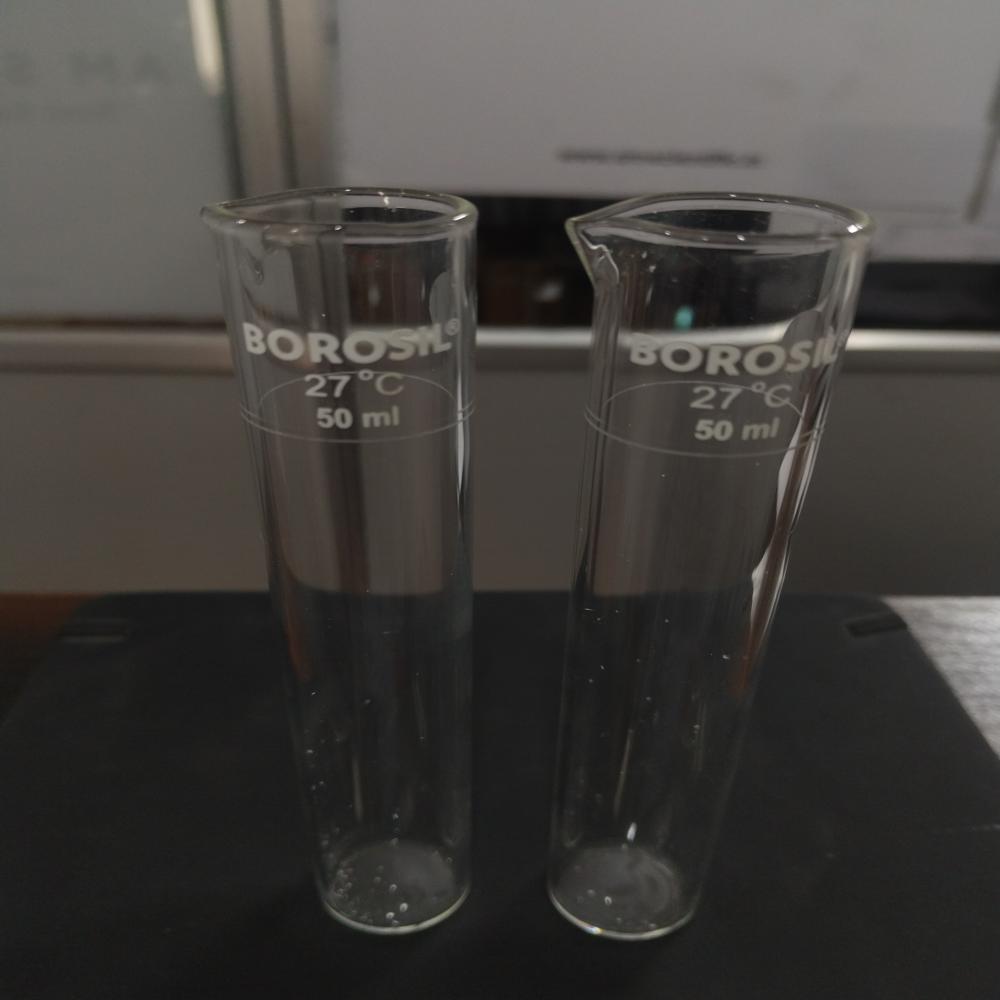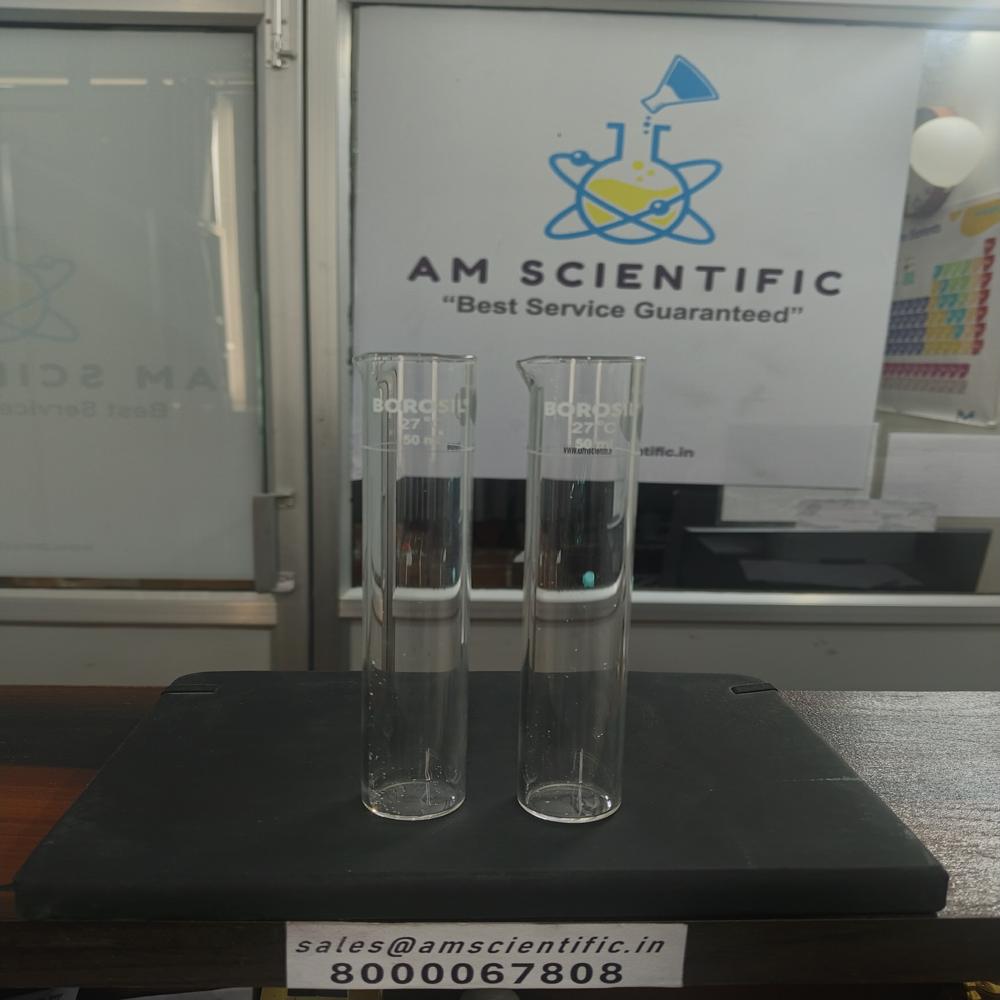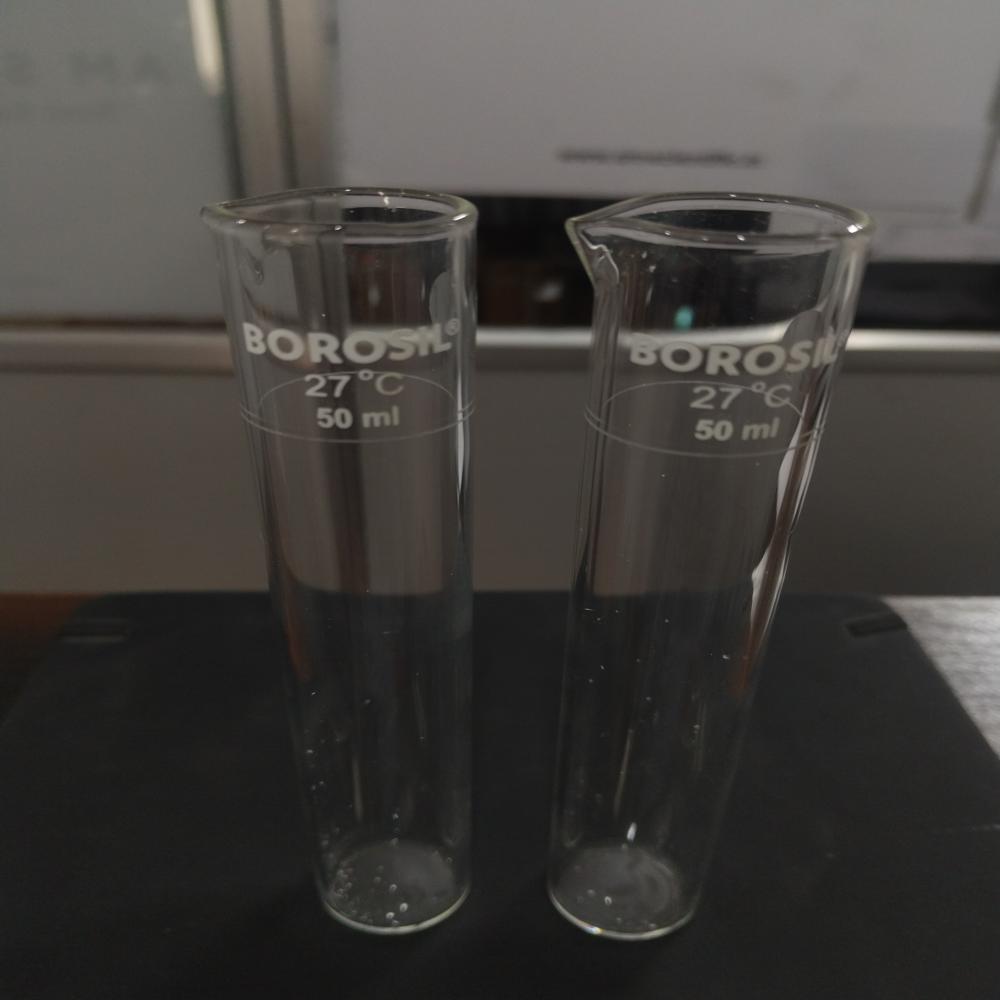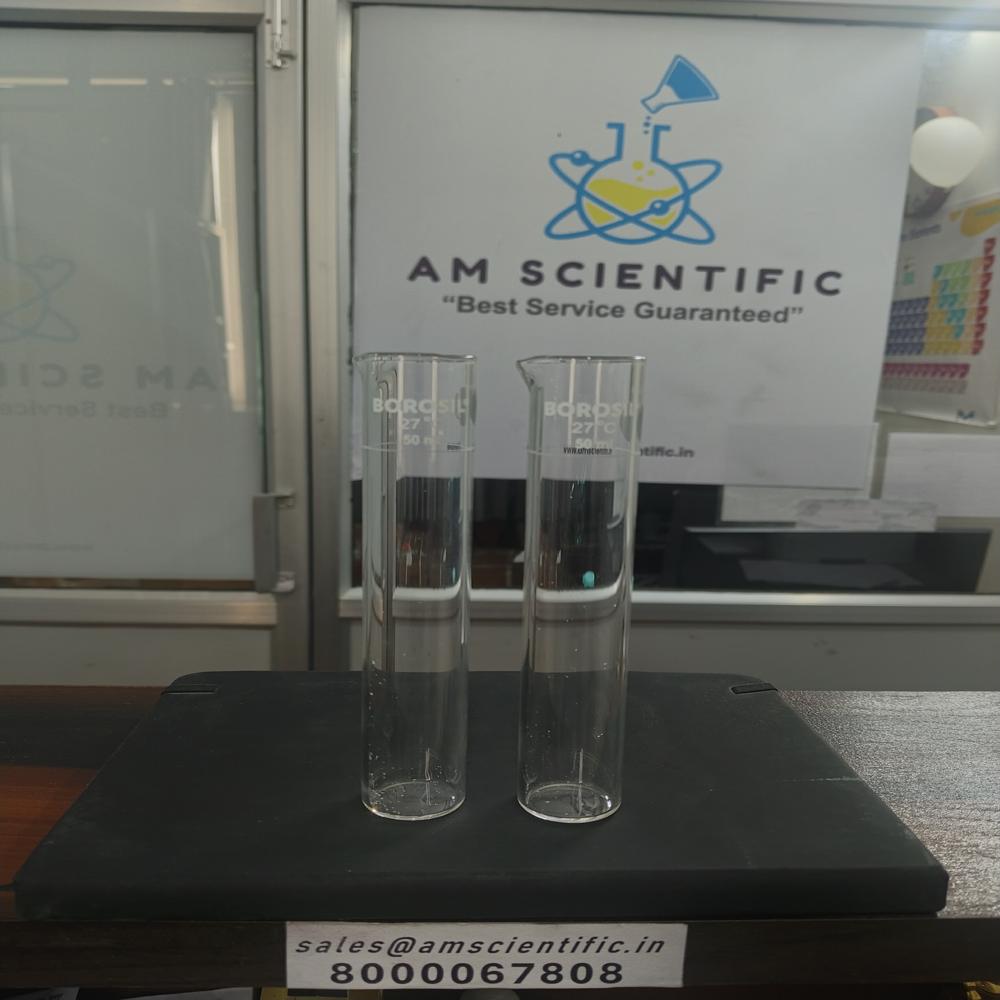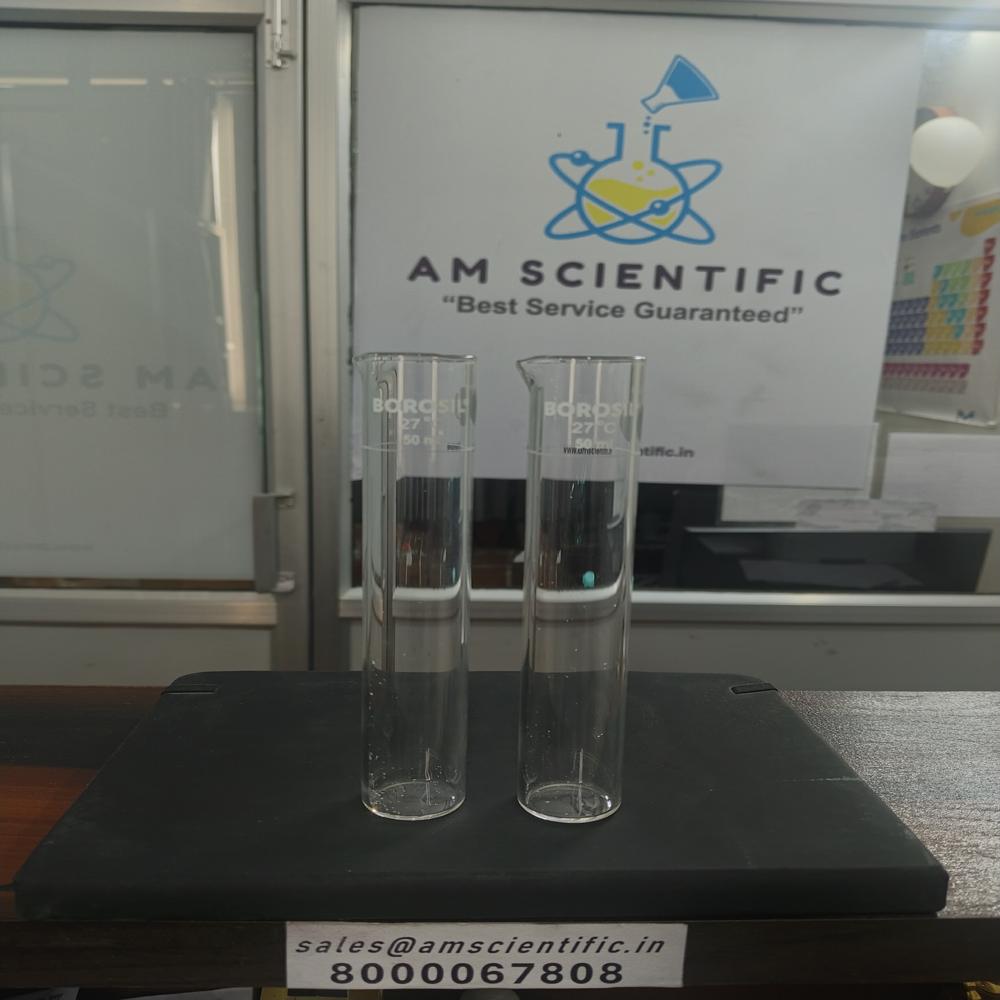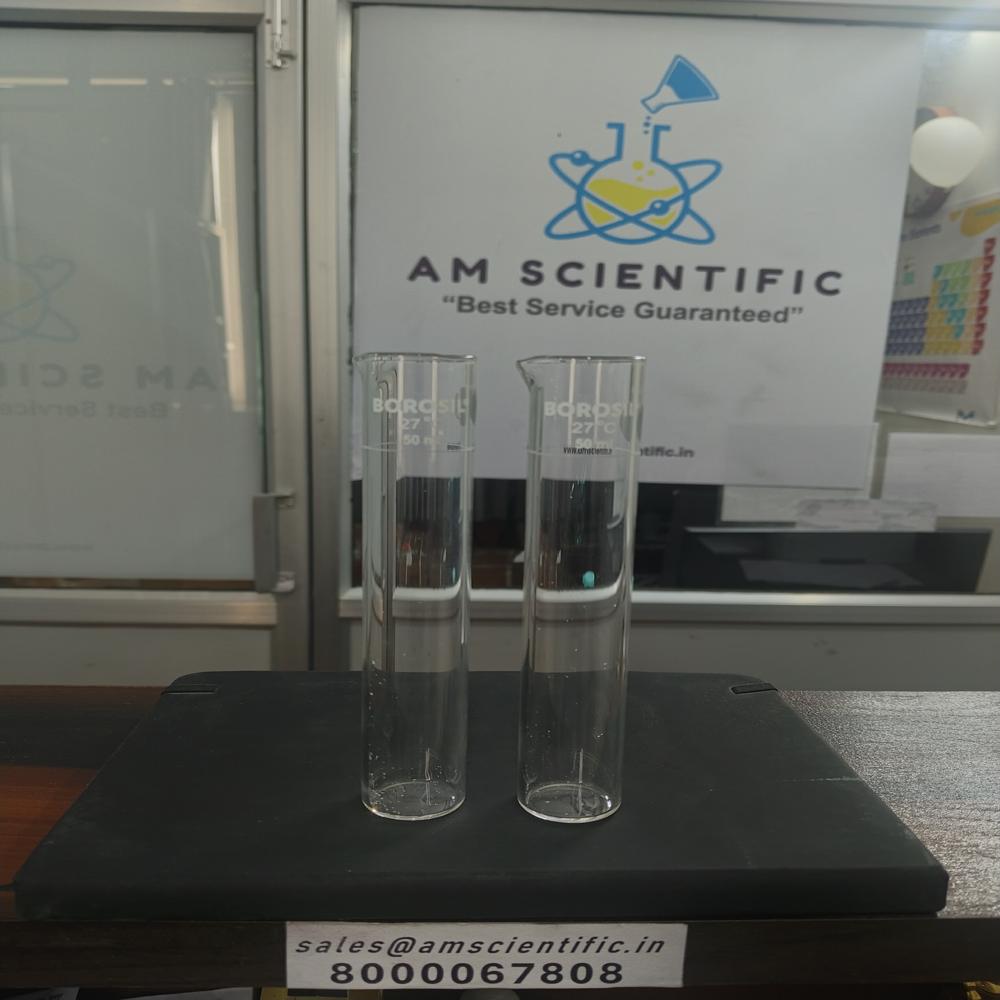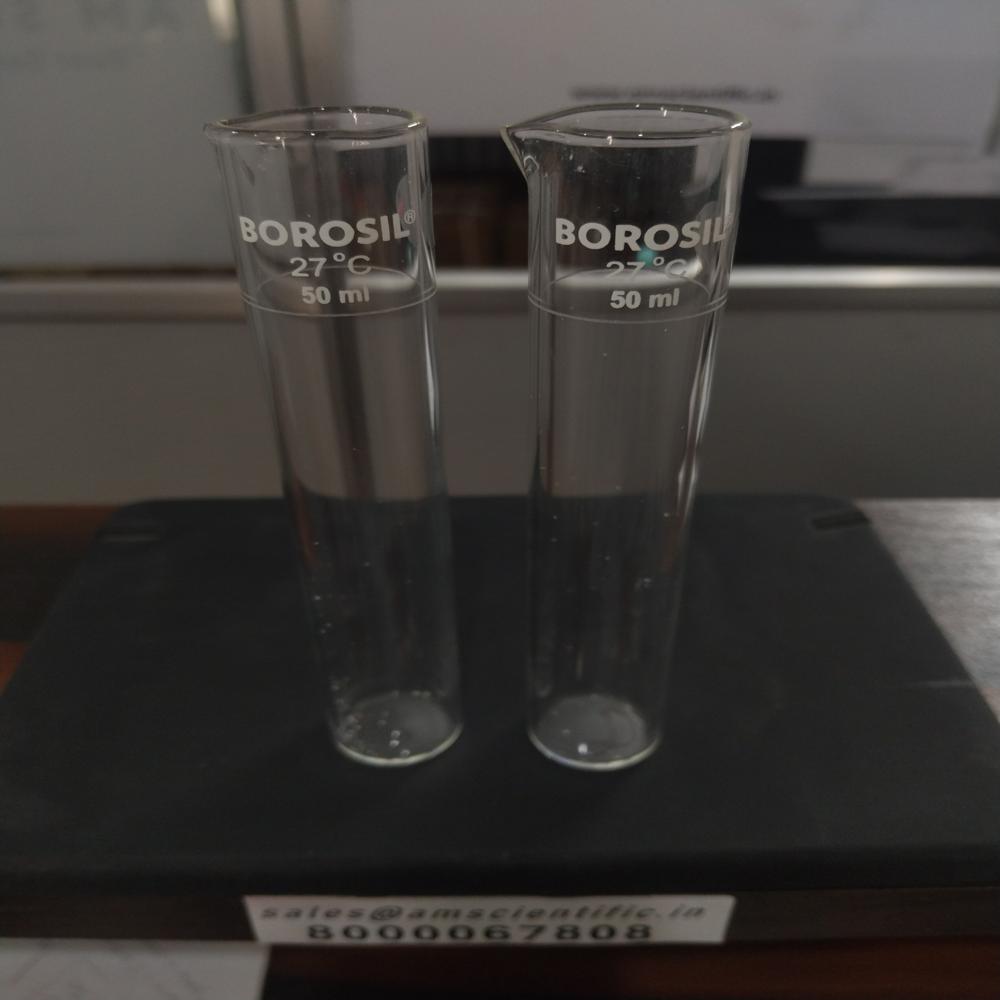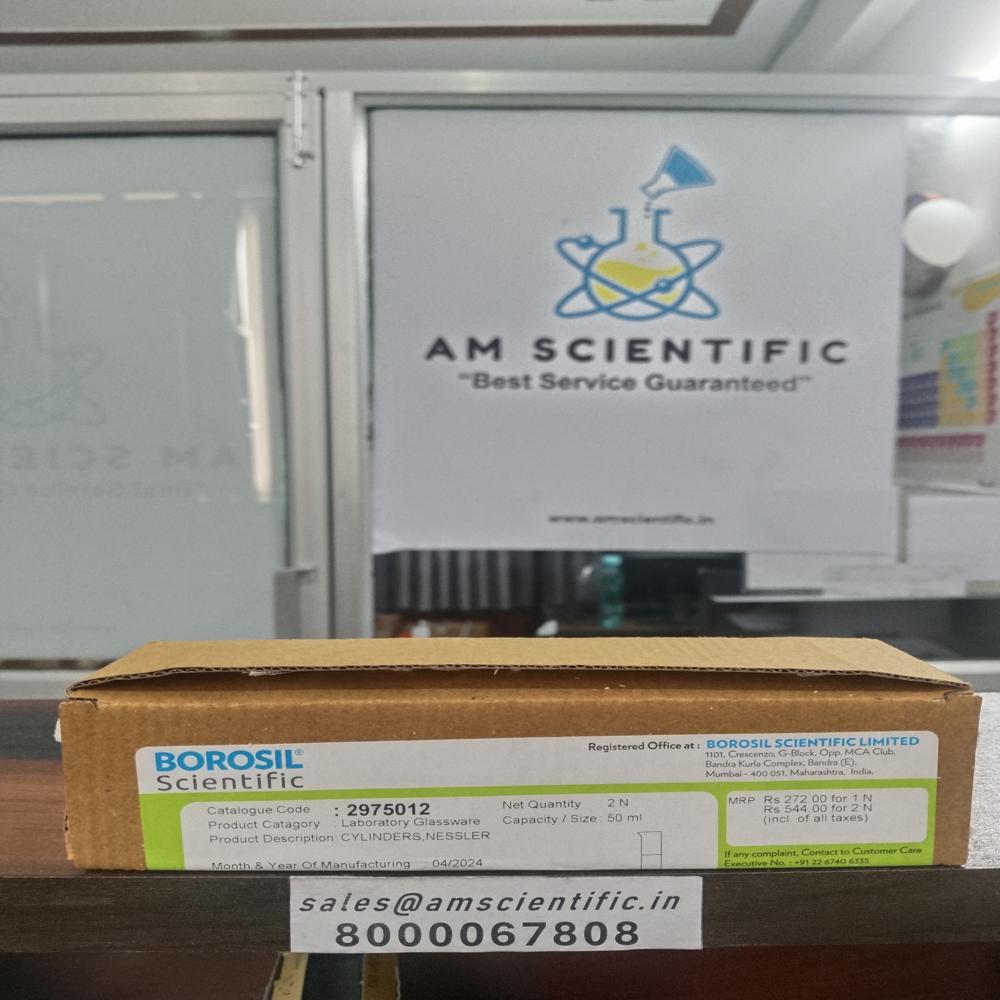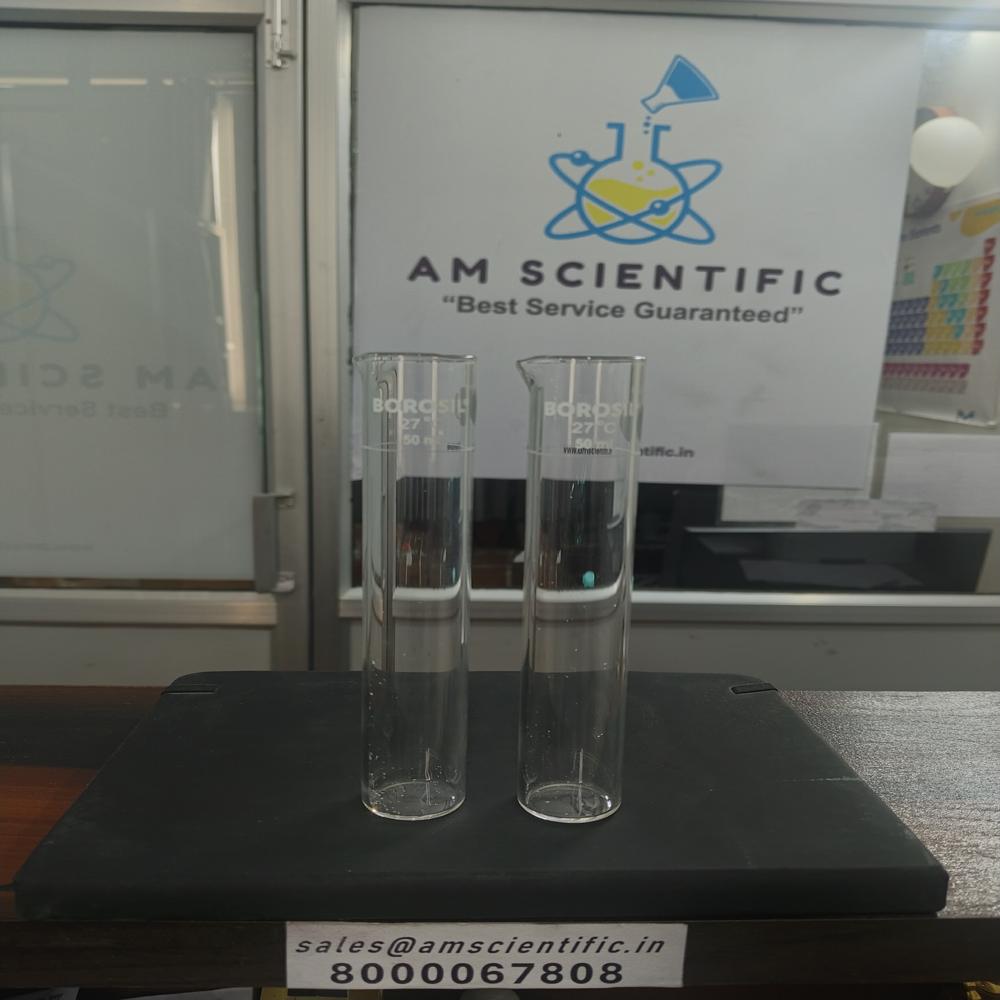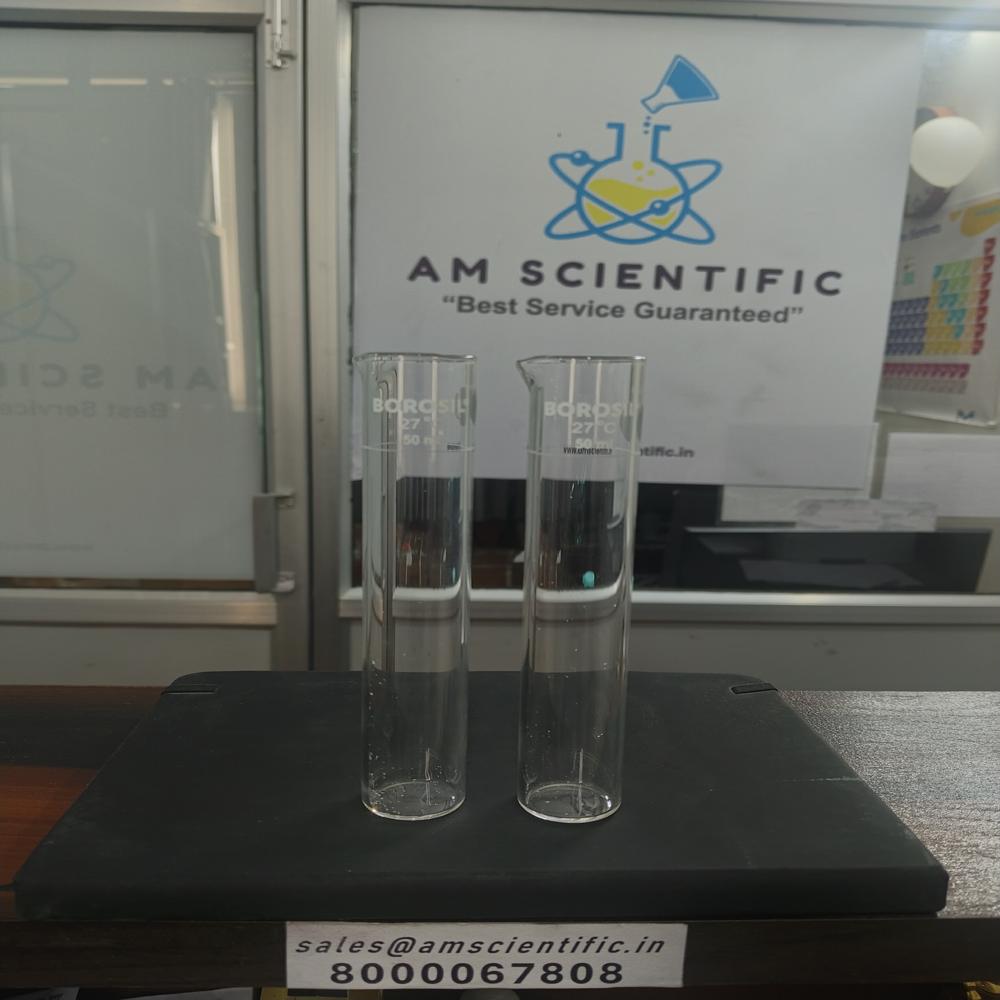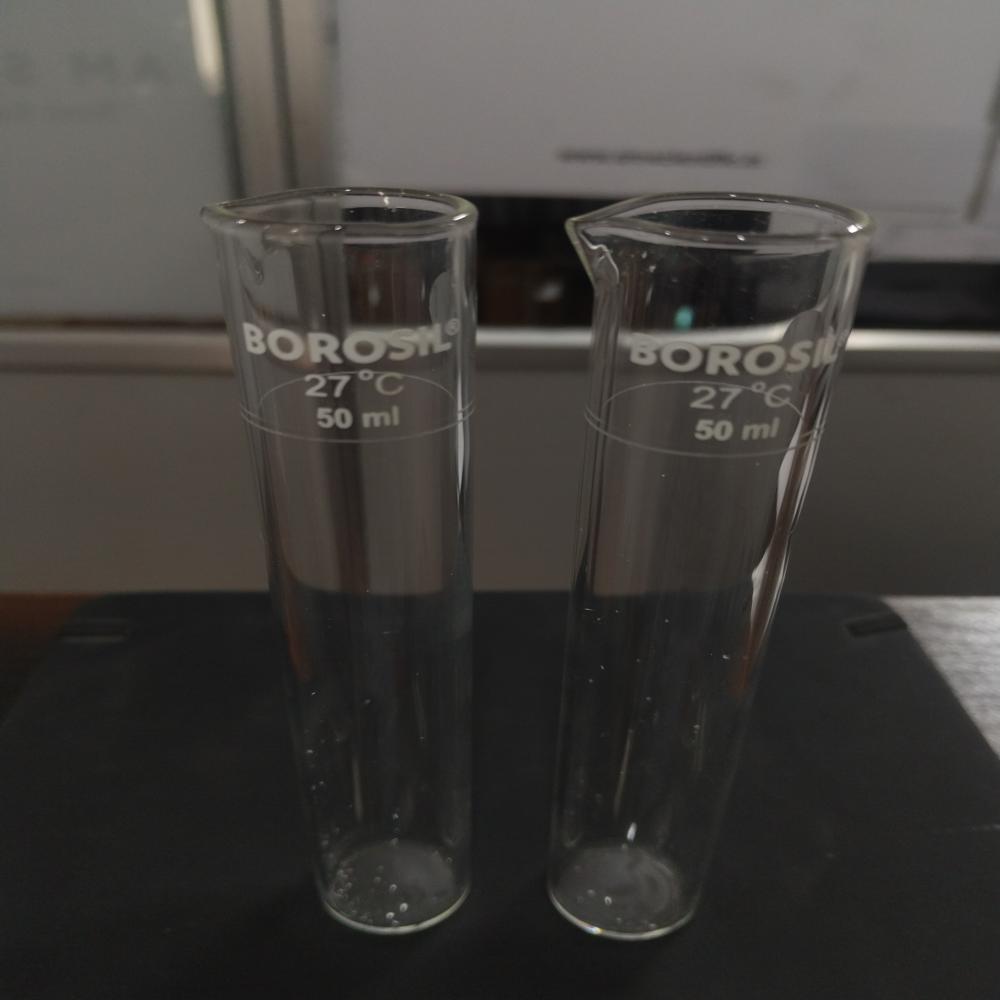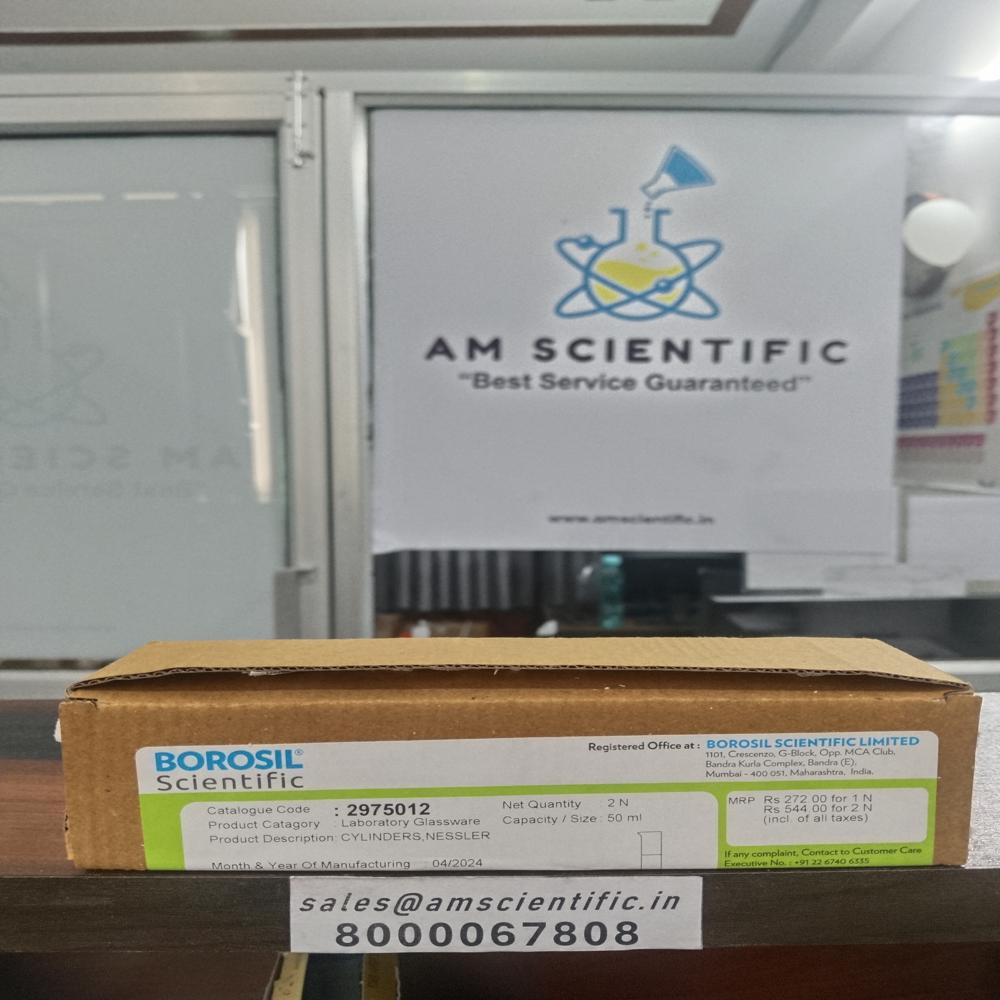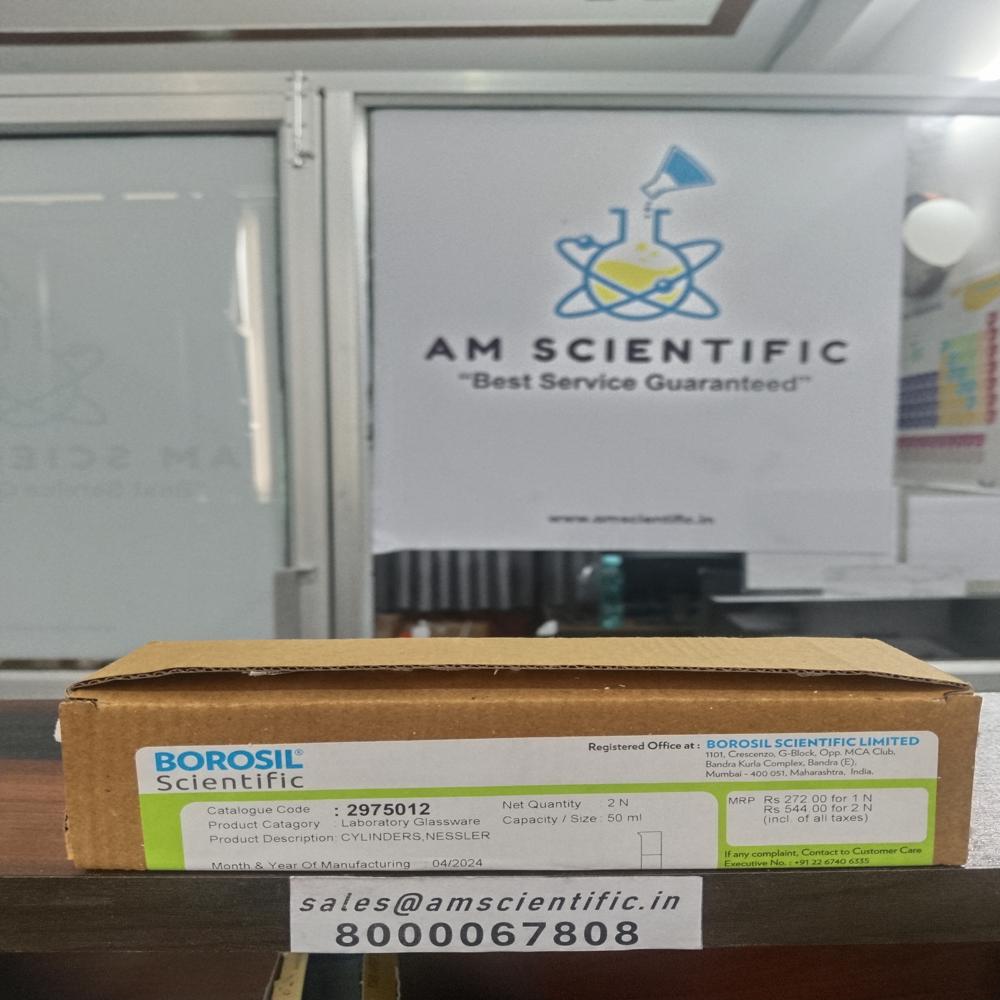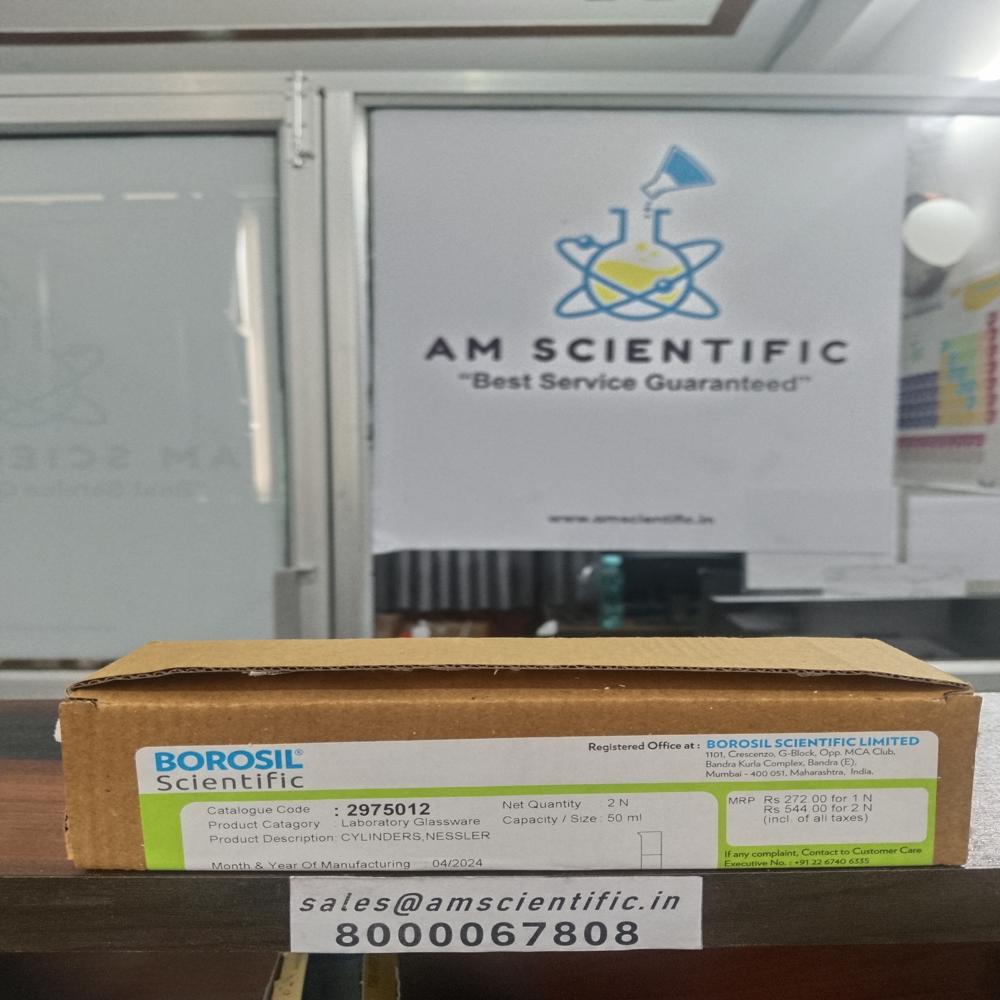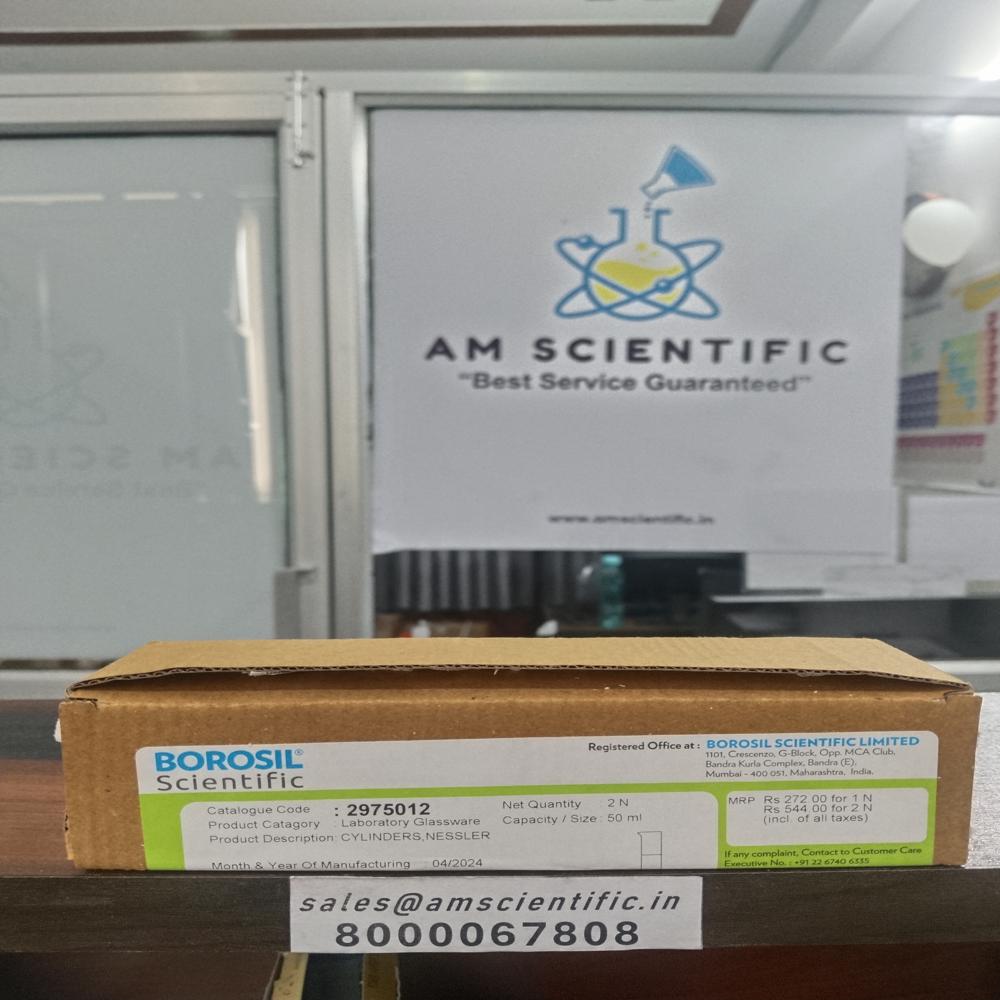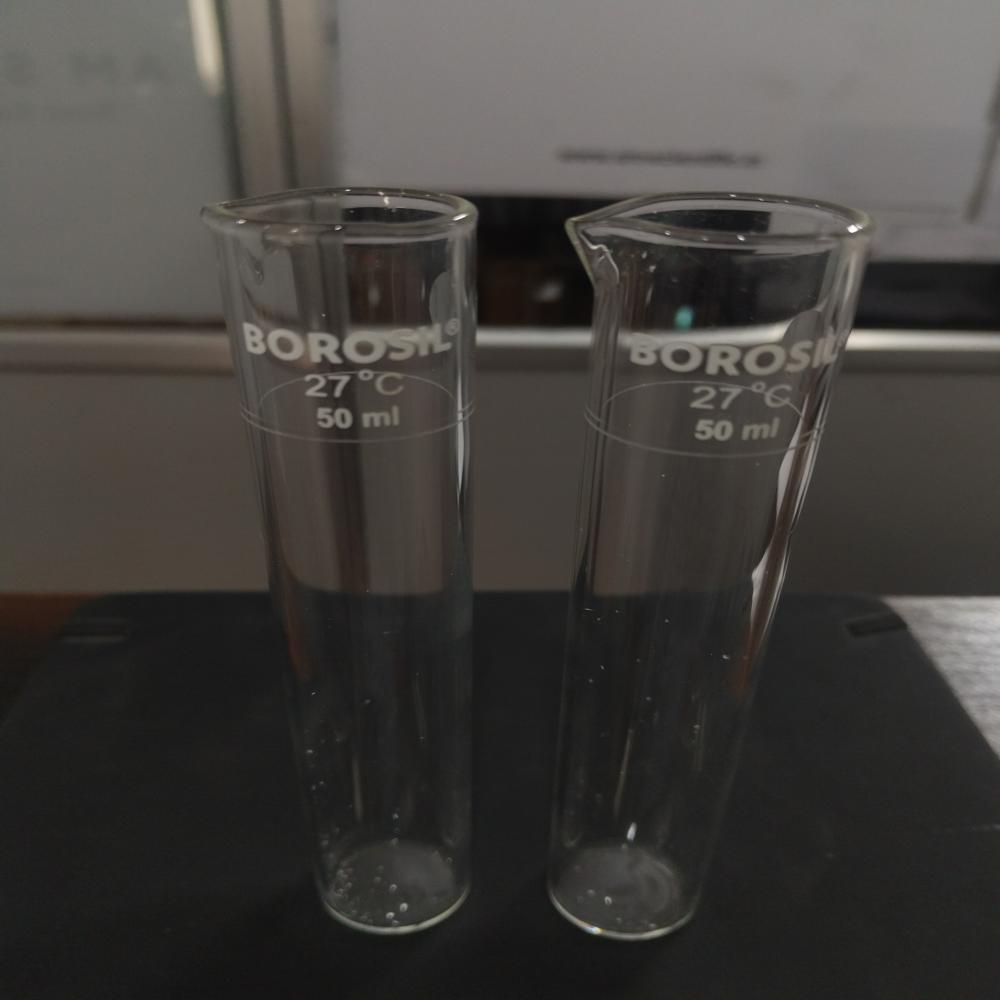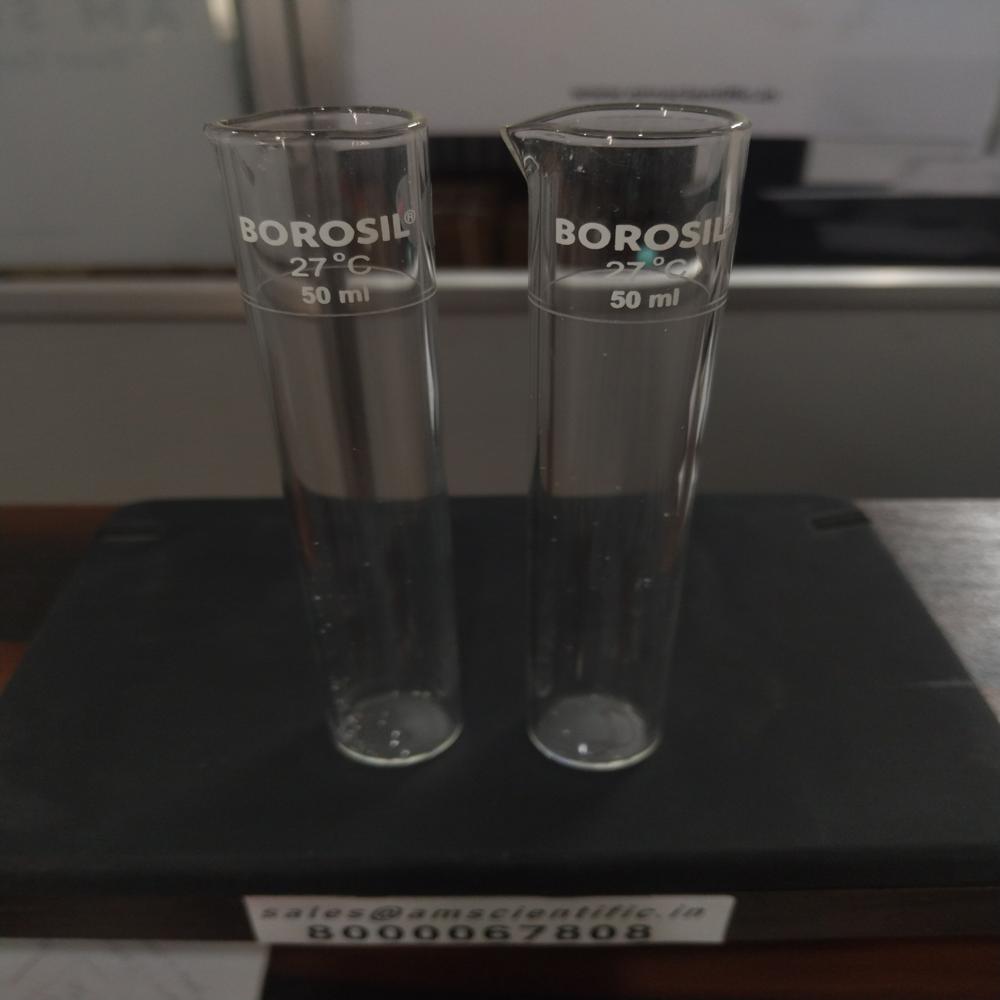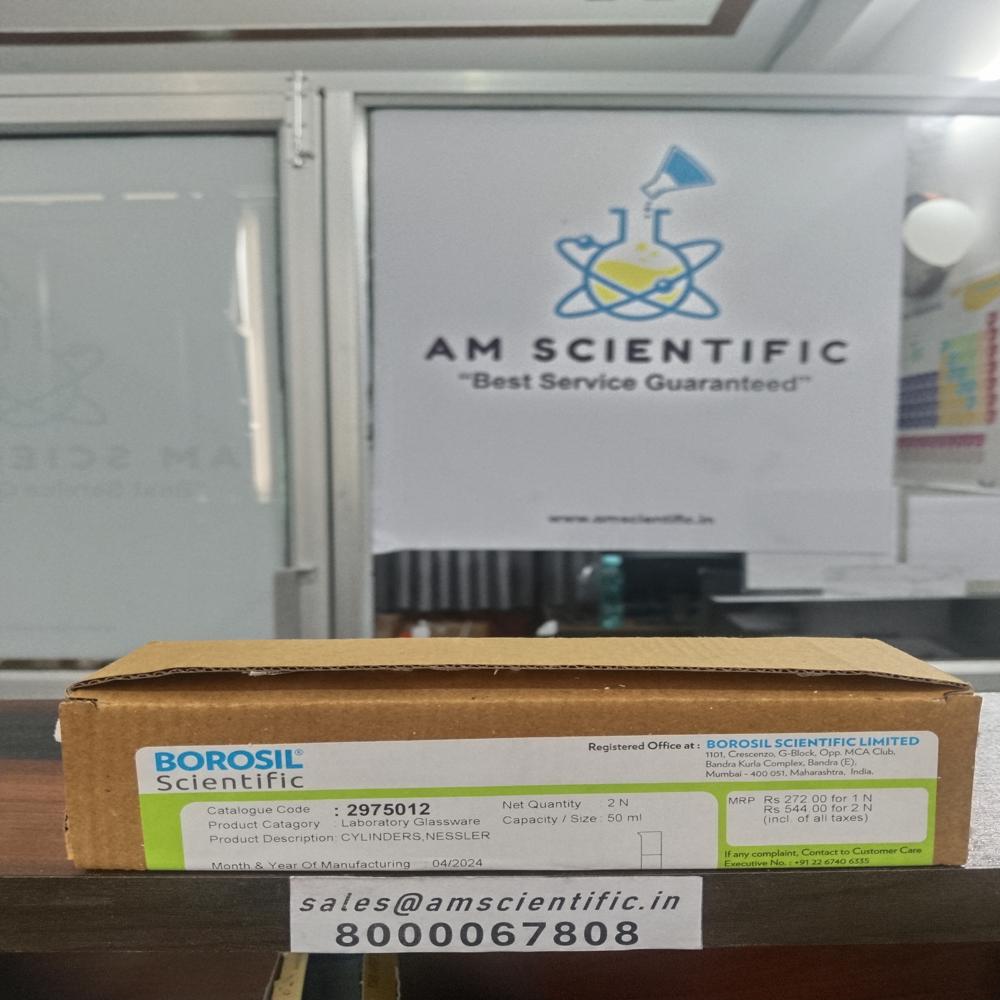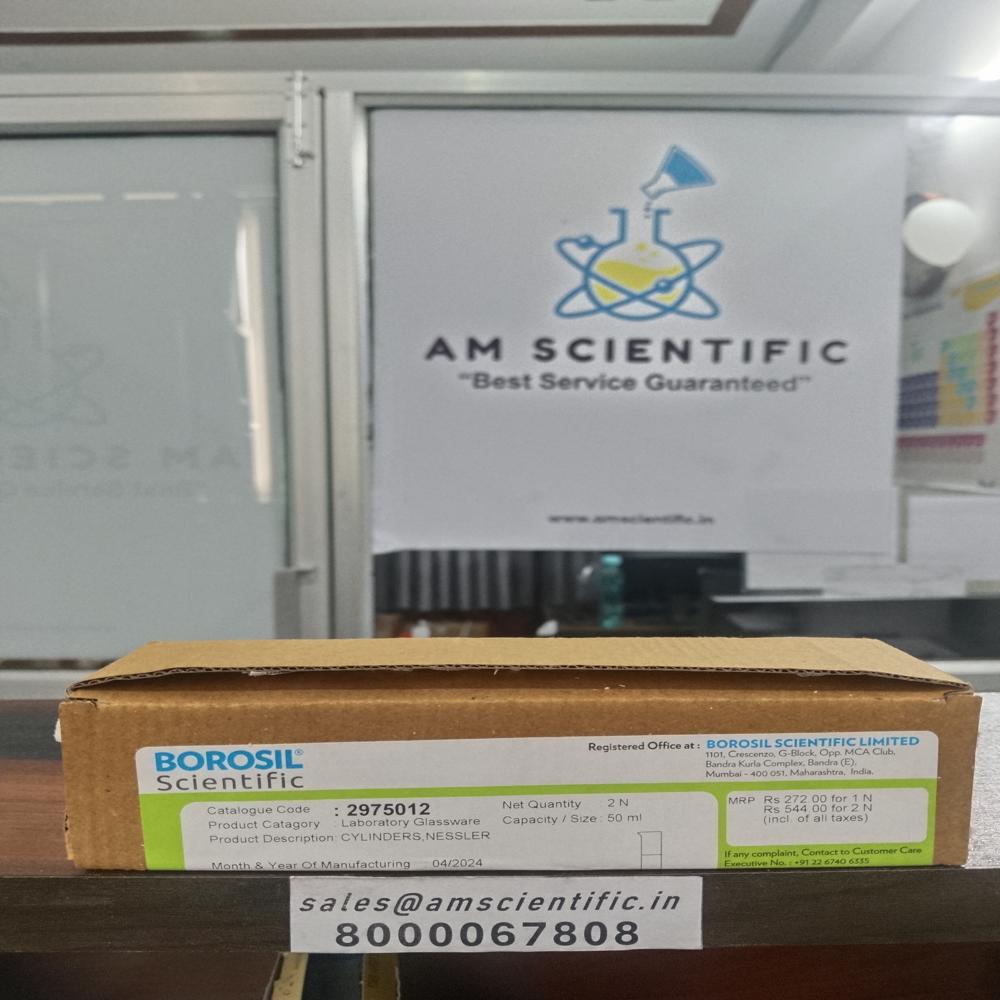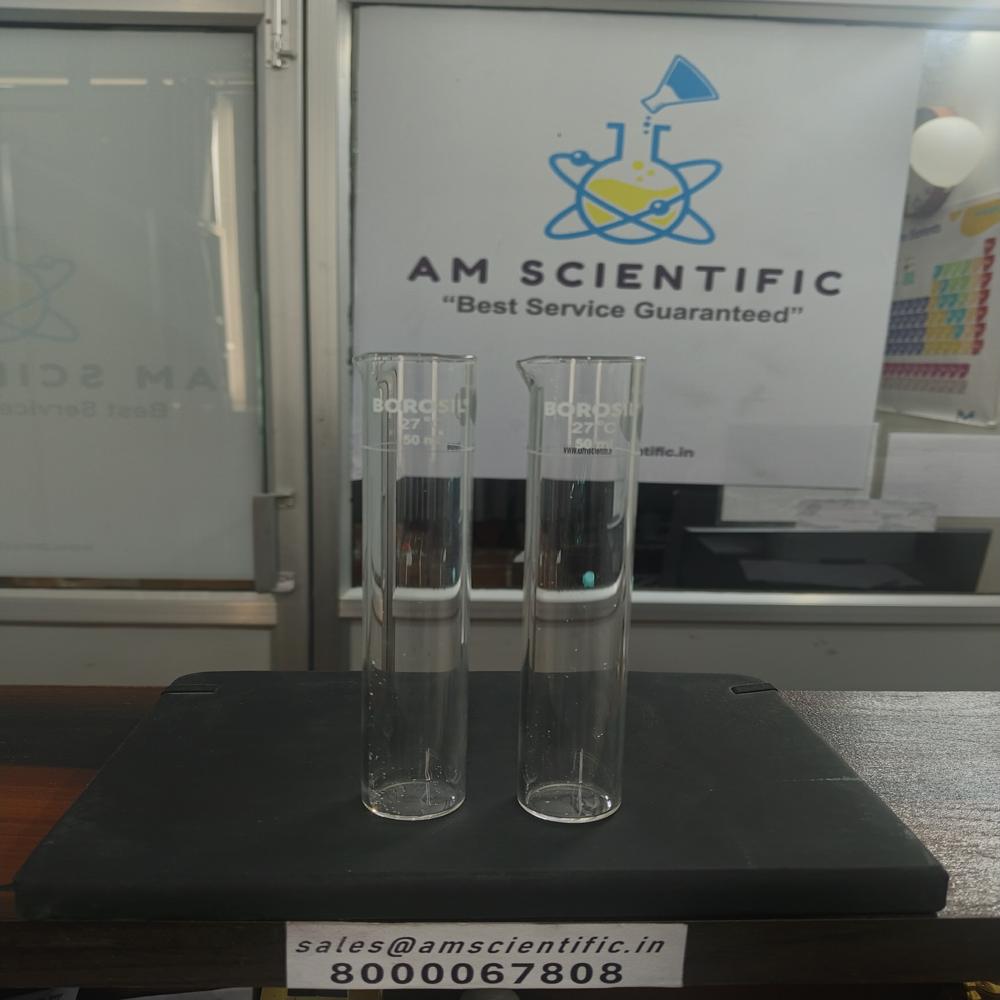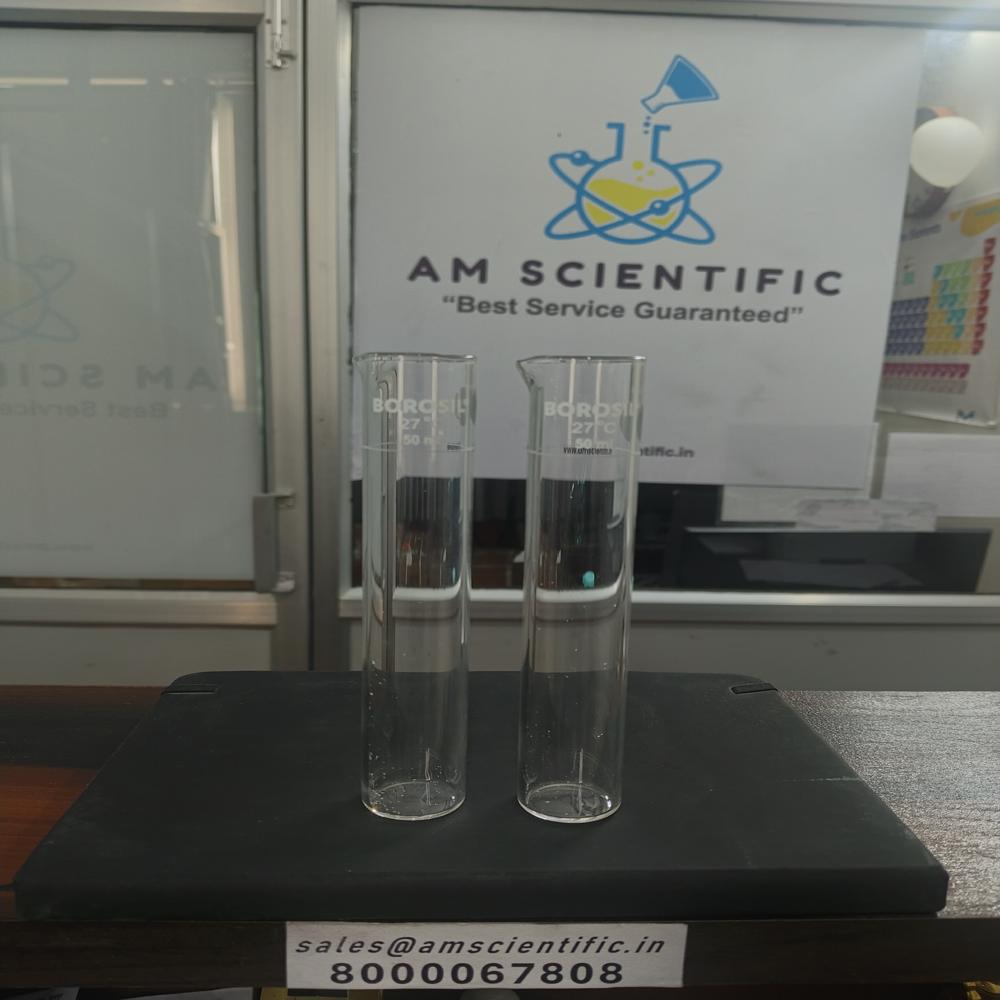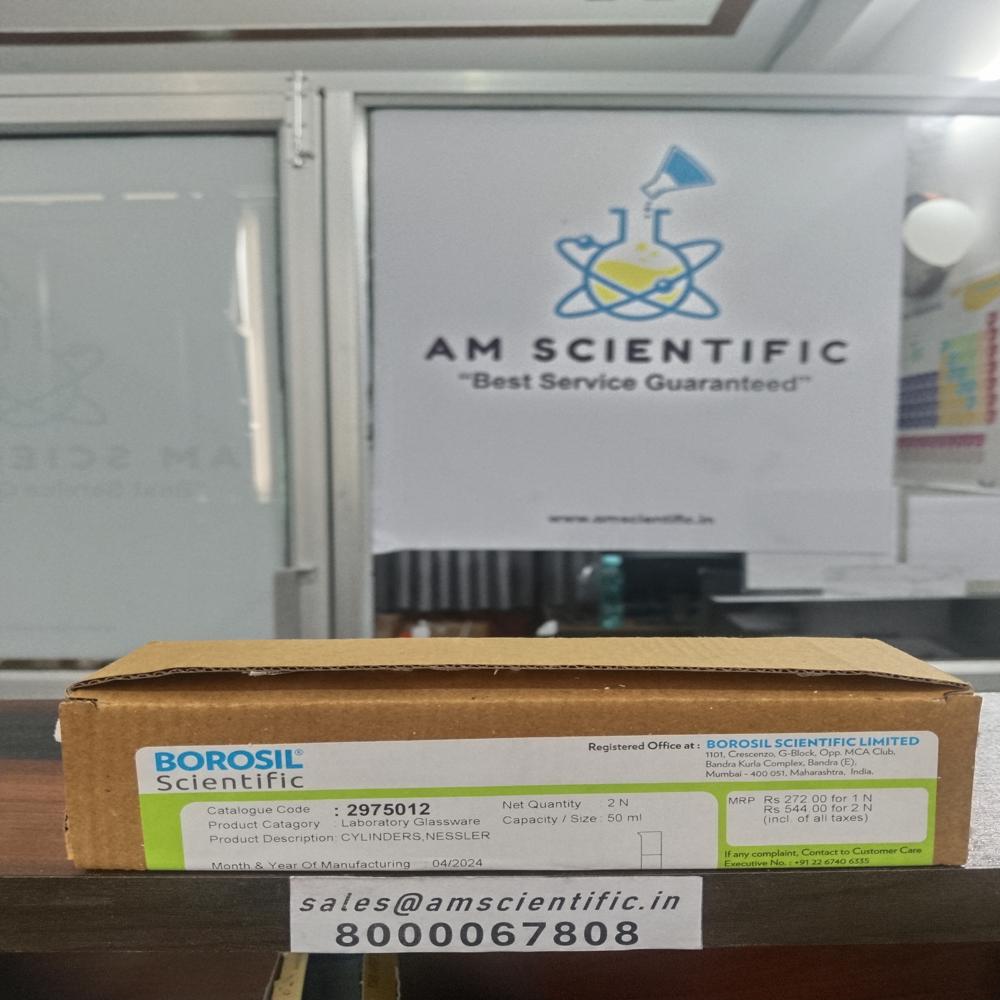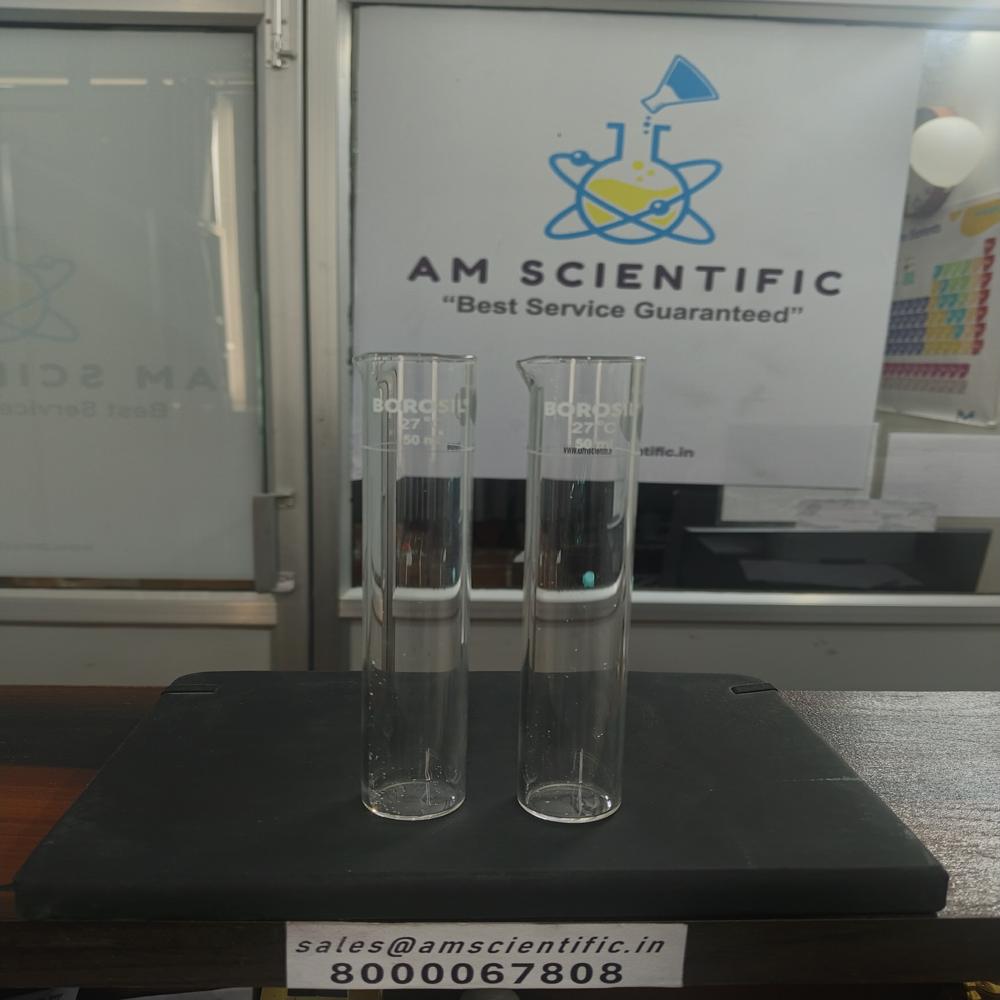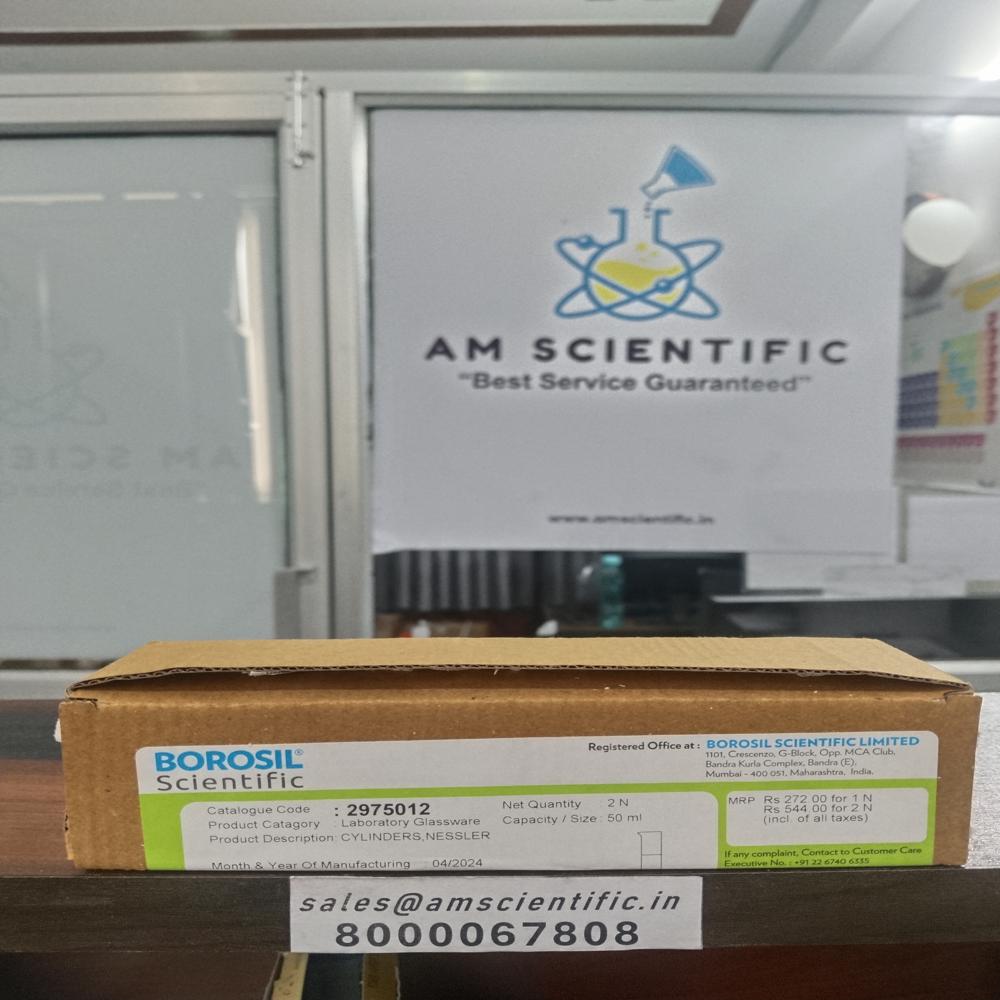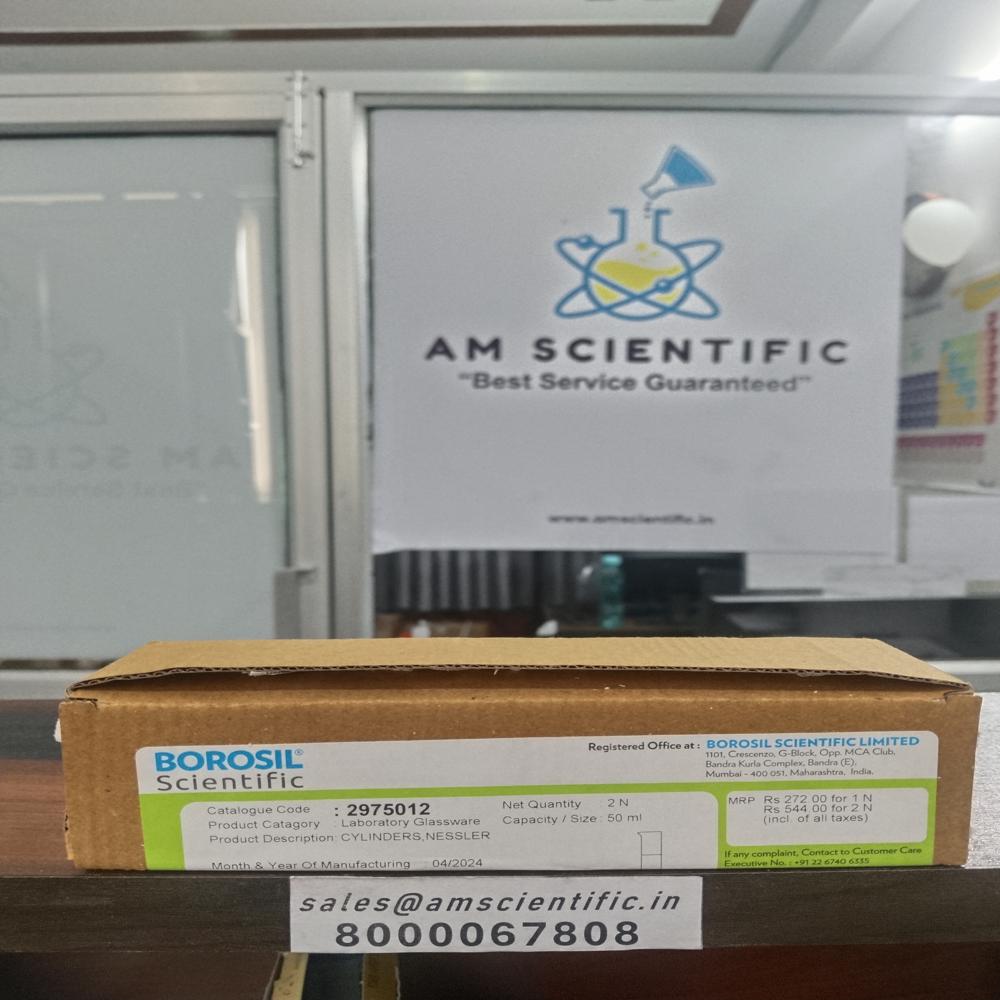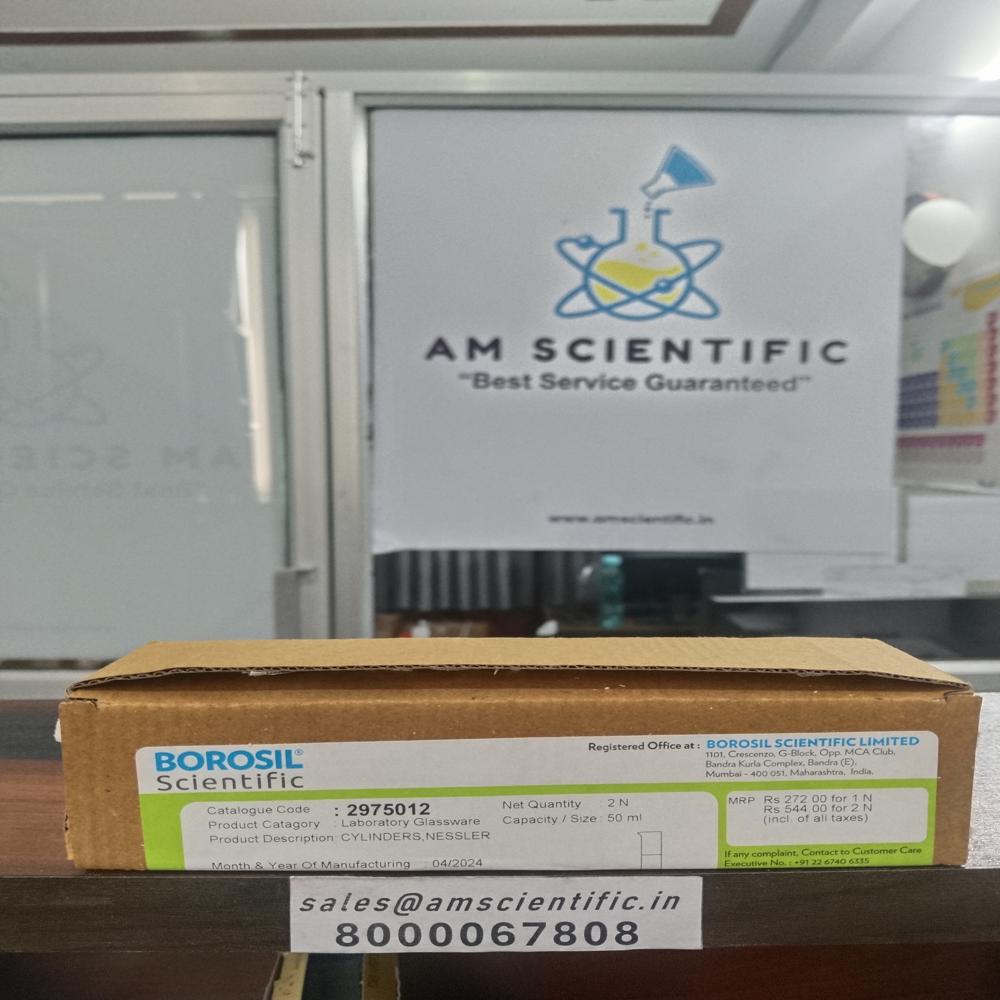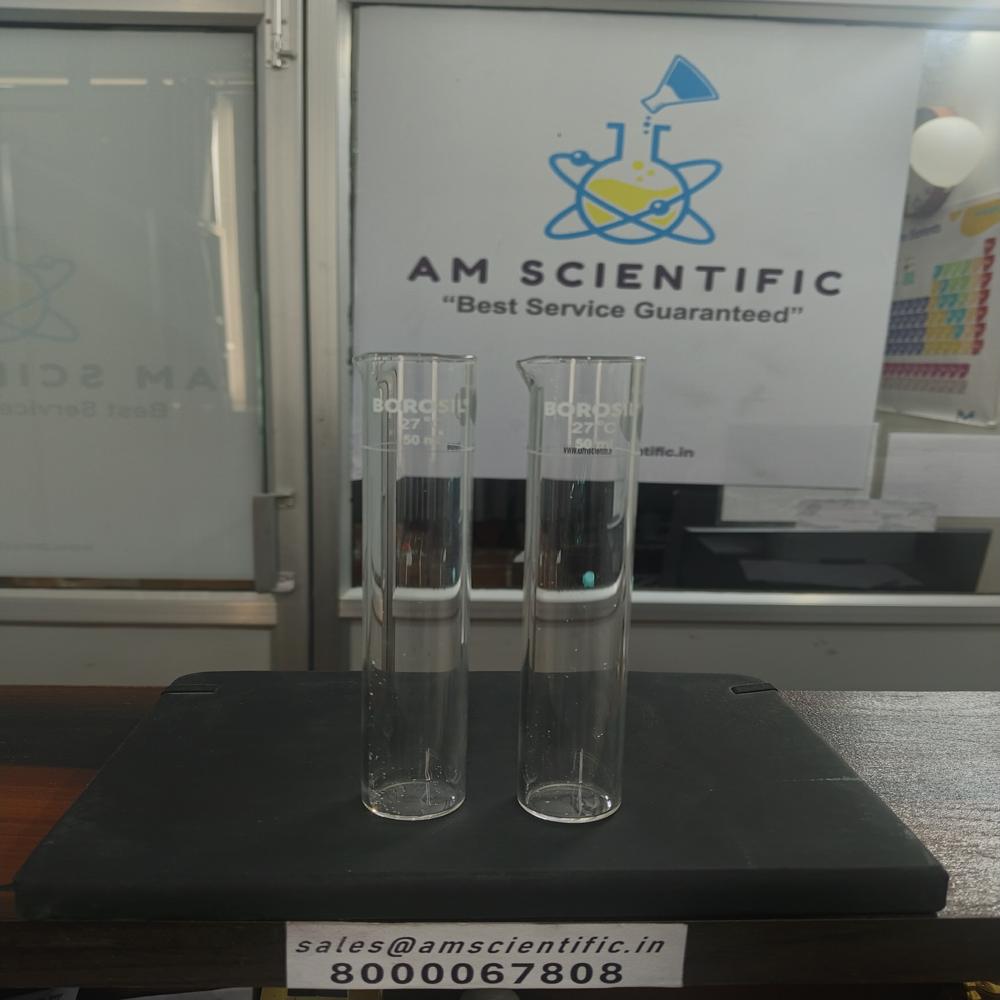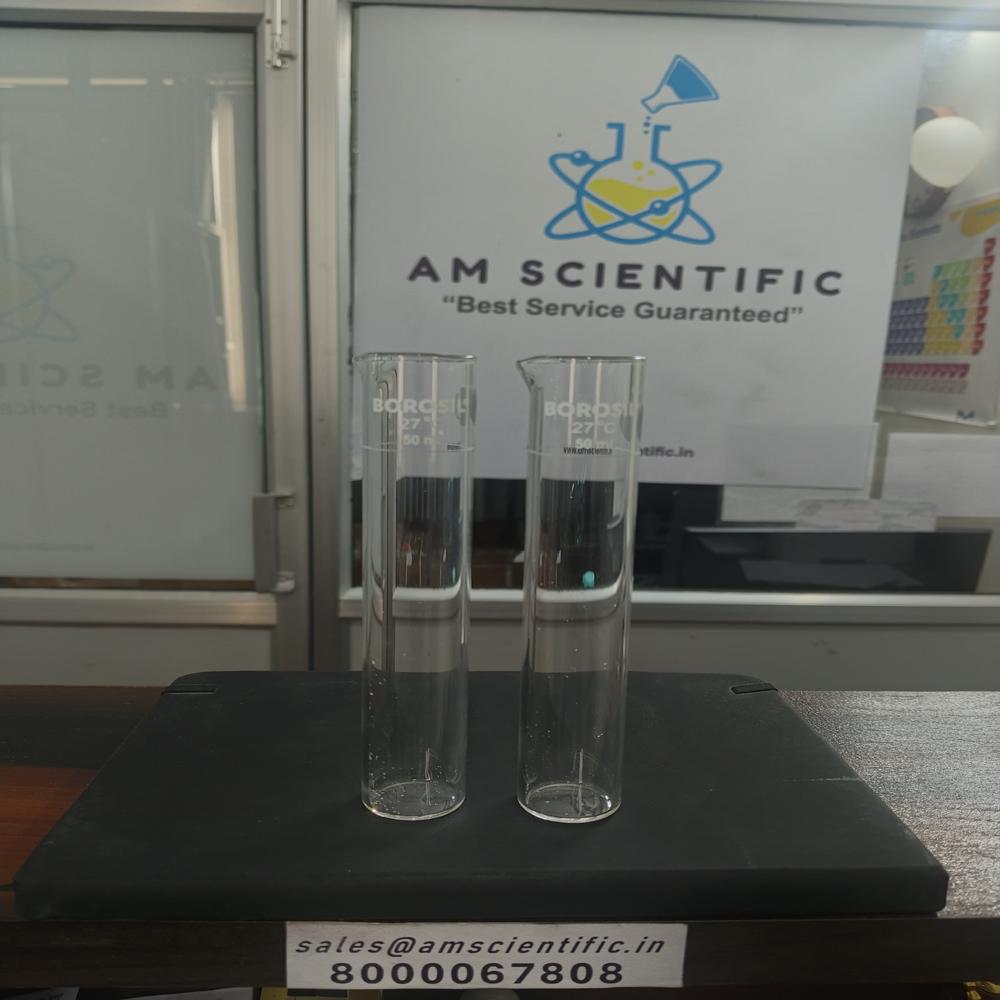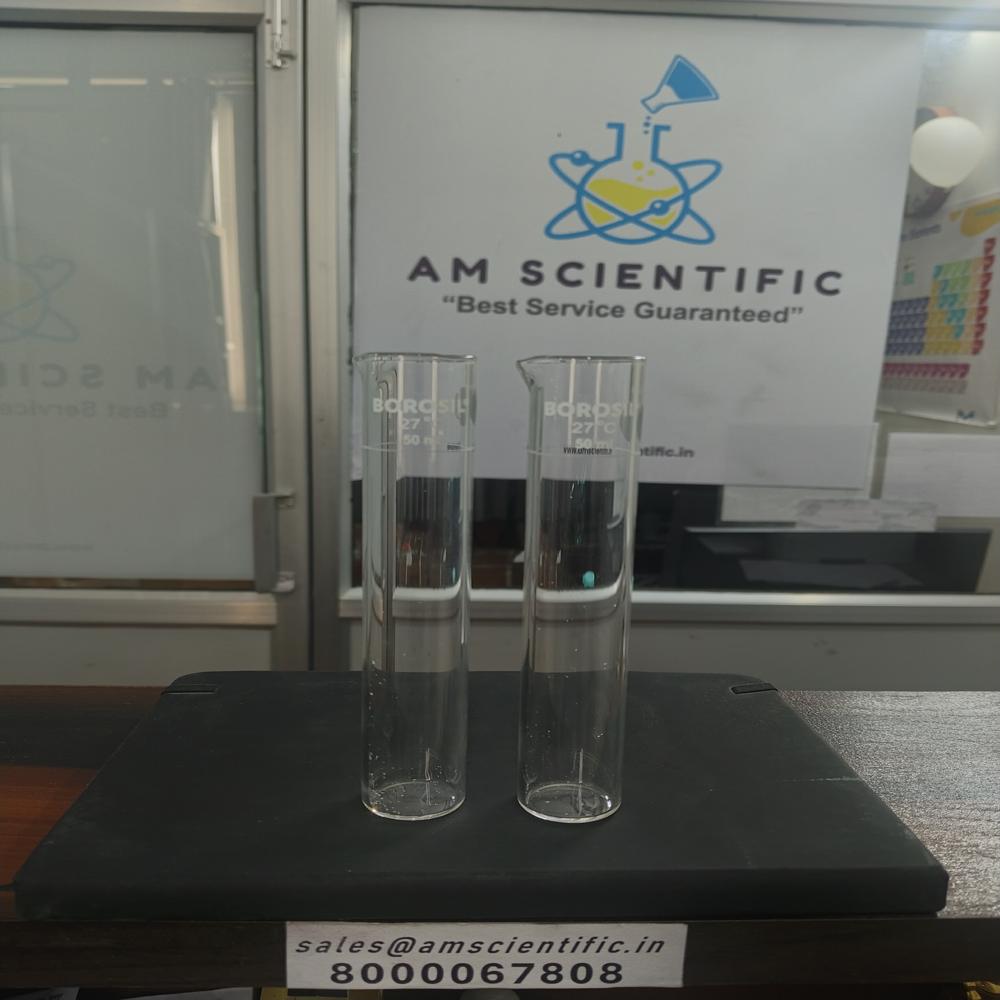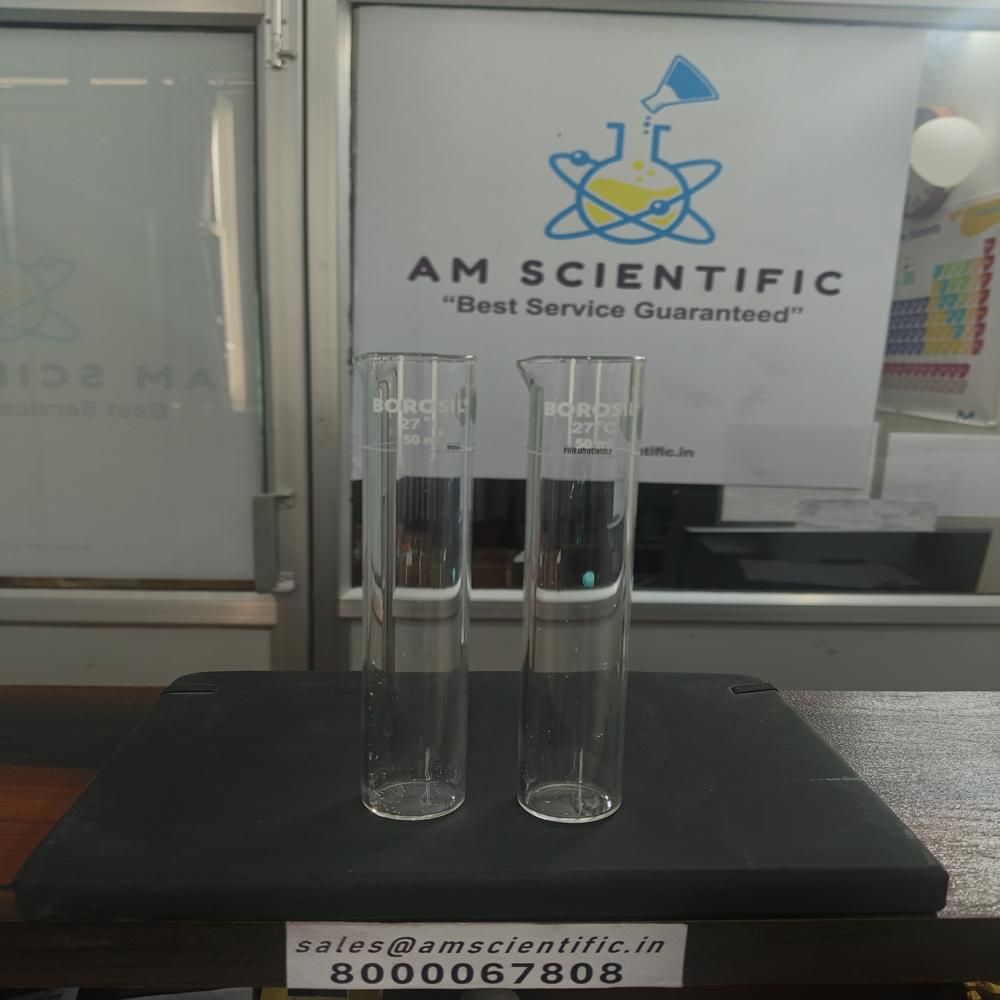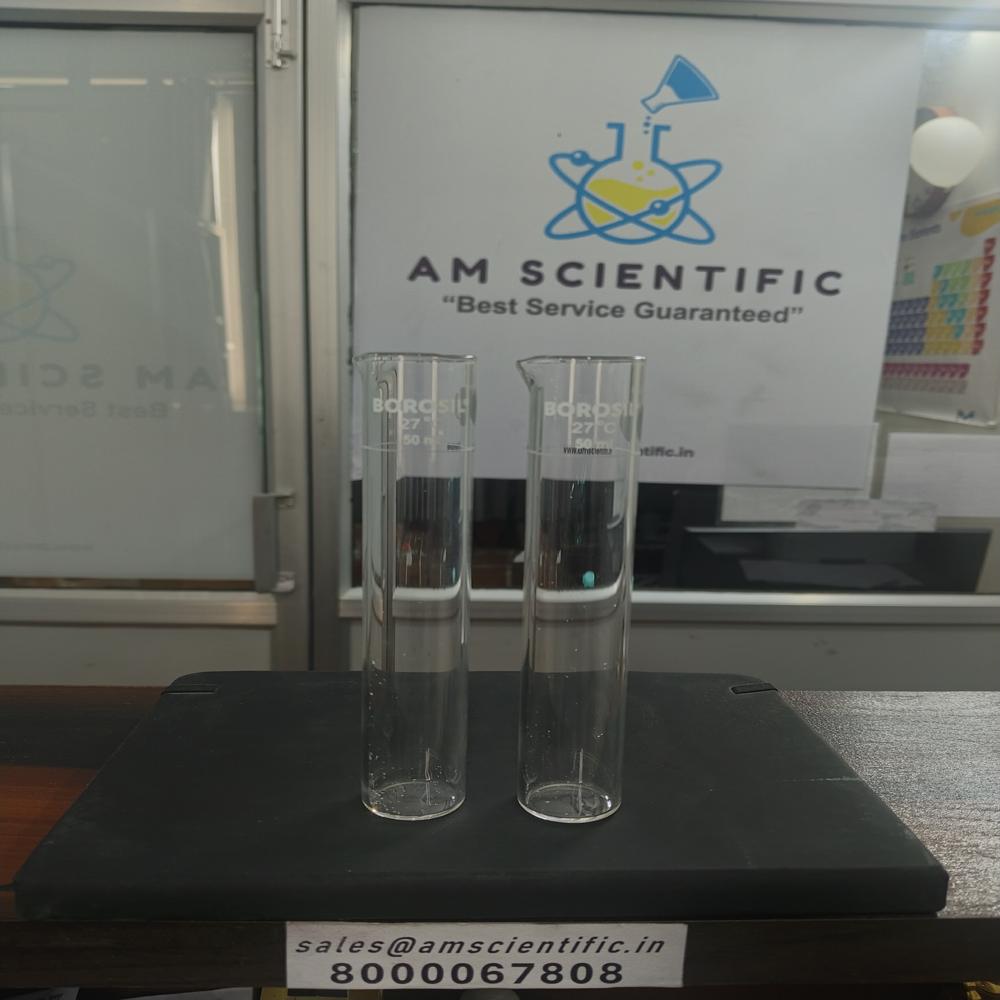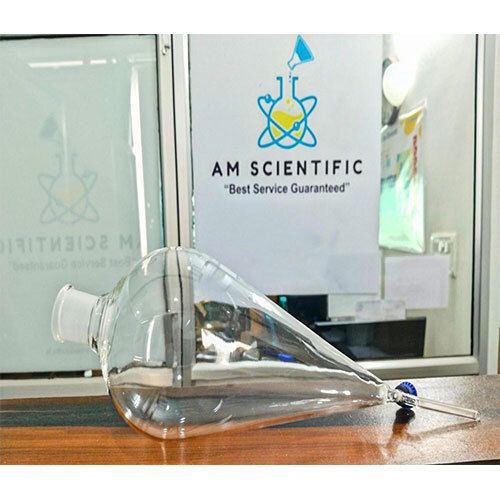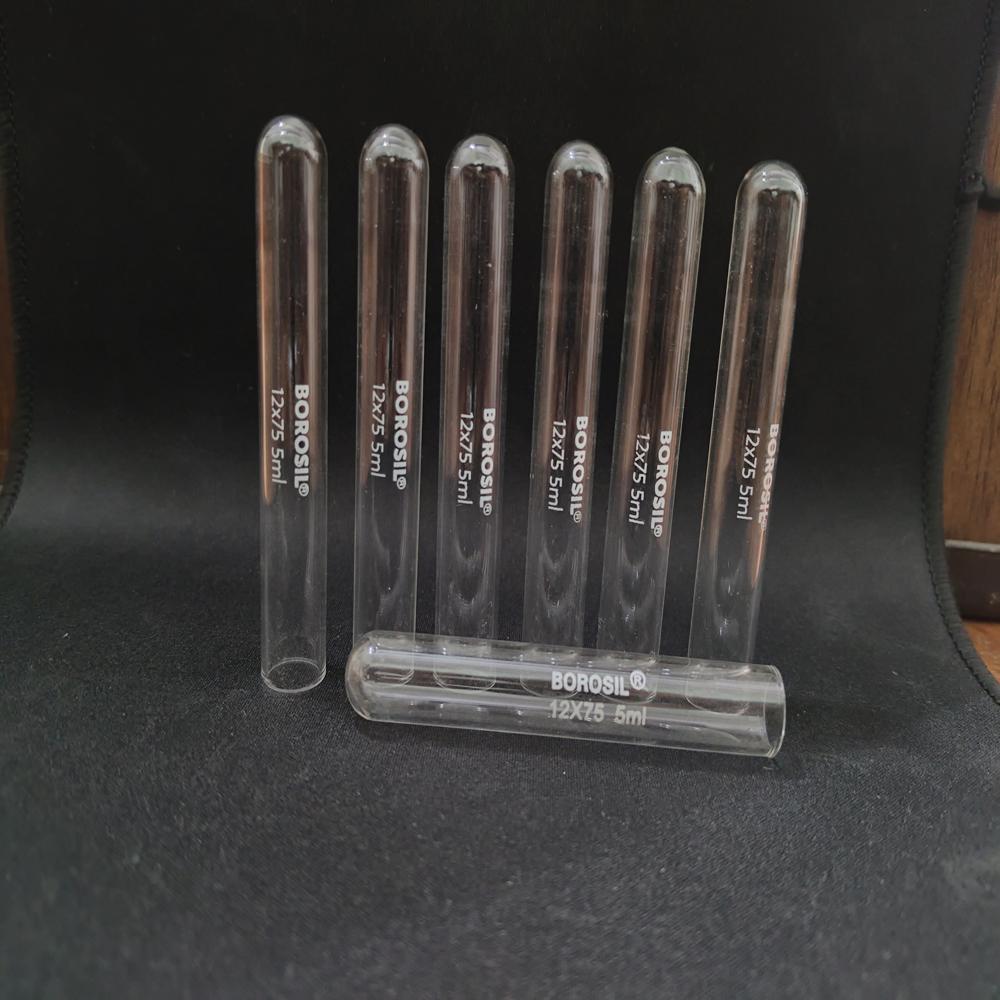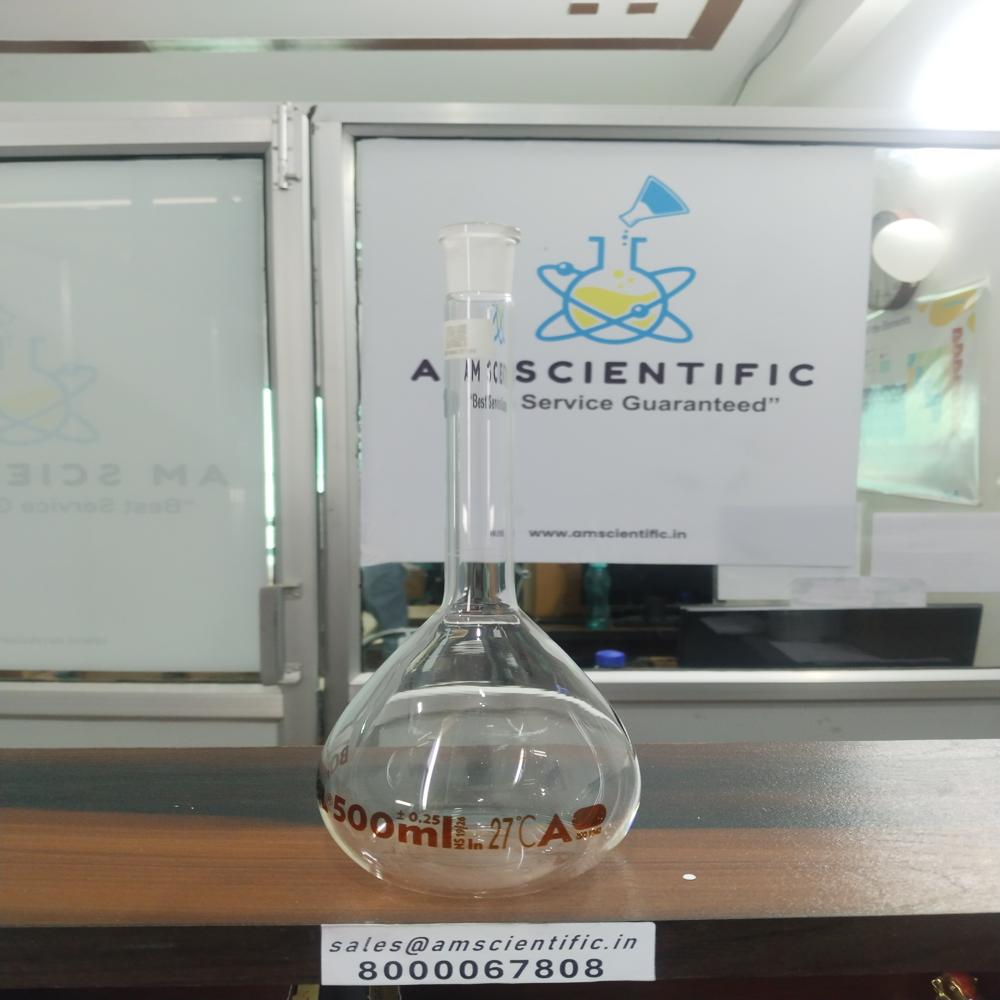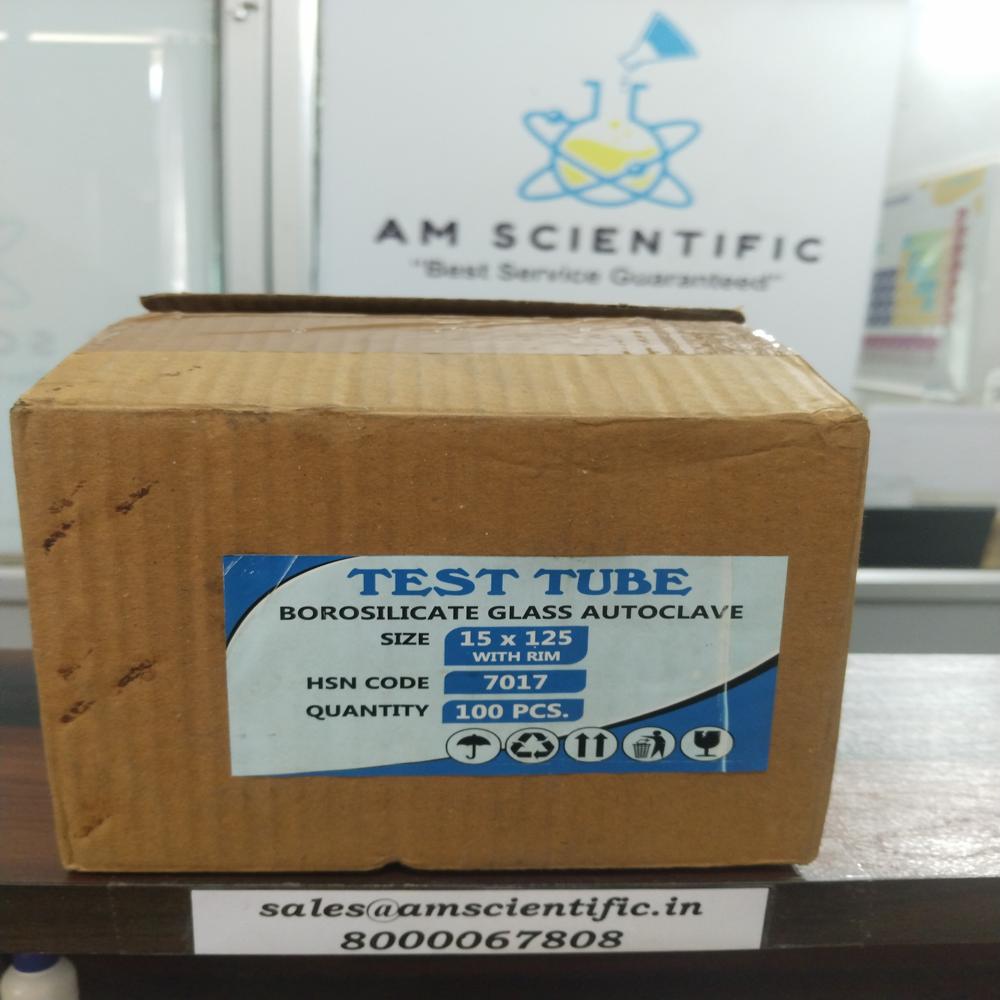
- Home Page
- Company Profile
-
Our Products
- Laboratory Chemicals
- Whatman High-Purity Glass Soxhlet Extraction Thimbles
- Silver Sulphate 99.5% AR/ACS
- 3-Amino-1-propanol For Synthesis
- 7782-63-0 Extrapure Ferrous Sulphate Heptahydrate
- 1327-53-3 Arsenic Trioxide
- 54-11-5 Nico tine For Synthesis
- 250ML Conductivity Standard Hamilton
- 64-17-5 500ML Honeywell Ethanol
- 7647-14-5 SQ Sodium Chloride
- 7757-83-7 Sodium Sulphite Anhydrous
- 108-88-3 Sulphur Free Tol uene
- 71432 99.5 ACS Benzene
- 1762-95-4 Ammonium Thiocyanate Crystal
- 100G ER Silver Nitrate
- 7631-99-4 SQ Sodium Nitrate
- 10294-42-5 Ceric Sulphate Tetrahydrate extrapure AR
- 7783-20-2 ER ACS Ammonium Sulphate
- 10043-52-4 SQ Calcium Chloride Dihydrate
- 6381-92-6 EDTA Disodium Salt Dihydrate extrapure AR
- 631-61-8 ER ACS Ammonium Acetate
- 7757-82-6 Sodium Sulphate Anhydrous
- Laboratory Chemicals
- L Ascorbic Acid SQ 500
- HYDRAZINE SULPHATE ACS, REAG. PH.EUR. UR"UNIVERSAL REAGENT" PASSES PURE & AR
- Plate Count Agar Standard Methods Agar
- Labolene Neutral 500ML
- Honeywell Ethanol 500ML
- Virosil Pharma 5LTR
- Phospho Histone H2A.X(Ser139) Monoclonal Antibody(3F2) , Packaging Type: Bottle, 1 ml
- Ammonia Solution 25% SQ 500ML
- Sterind Bowie And Dick Test Pack 121 Deg 15 Mins
- Titration Dpd No 4 Tablets
- N-Methyl-2-Pyrrolidone (NMP) extrapure AR, 99.5
- Qualigens Acetonitrile Chemical
- Hydroxylamine Hydrochloride extrapure AR
- FLUORESCEIN 95%
- AMMONIUM ACETATE CRYSTALS EP , 500gm Bottle
- N Heptane ER 500ML
- HYDRANAL Coulomat AK Honeywell
- Hydrochloric Acid Honeywell
- Rapid Refined Vegetables oil Adulteration Test Kit 50 Tests
- Nddb Milk Adulteration Test Kit Large Size
- SODIUM TRIACETOXY BOROHYDRIDE
- CHROMIUM AAS STANDARD SOLUTION 1000 mg /
- SODIUM SULPHIDE HYDRATE FLAKES IRON FREE
- SODIUM BOROHYDRIDE Extra Pure
- PHOSPHORUS AAS STANDARD SOLUTION
- CURCUMIN CRYSTALLINE Extra Pure
- N 1 NAPHTHYL ETHYLENE DIAMINE DIHYDROCHLORIDE AR RIDE AR, Analytical Grade, 98%
- ACID Extra Pure
- BEEF EXTRACT POWDER Bacteriological grade 500G
- ETHYLENEDIAMINE TETRAACETIC ACID MAGNESI
- SULPHANILAMIDE Extra Pure
- MERCURIC SULPHATE AR
- BARIUM DIPHENYLAMINE SULPHONATE AR
- Ph Buffer Solution
- N-1-NAPHTHYL ETHYLENE DIAMINE
- POTASSIUM PERMANGANATE
- FLUORESCEIN 99.0%
- LABDET 05 (NEUTRAL) PHOSPHATE FREE
- MAGNESIUM SULPHATE HEPTAHYDRATE AR, ACS
- FAST GARNET GBC SALT
- FAST GREEN FCF
- FAST GREEN FCF
- FAST GREEN FCF
- Sodium 1-pentanesulfonate monohydrate
- Chlorotex Reagent 100ML
- Calcium Hardness Tablets
- Amoxicillin AMX
- TSB Tryptone Soya Broth Supplemented
- Chlorotex Reagent 100ML
- Dichloran Rose Bengal Agar (DRB
- Violet Red Bile Agar 500G
- For Laboratory Hcl Hydrochloric Acid
- Merck Emplura 2.5L
- Whatman 1822-025 Grade GF/C Glass Microfiber Filter Papers 1.2 um 25 mm
- TDS 442 tandard Solutions 50ppm
- Dpd Tablets No 1 for water testin
- TDS 442 tandard Solutions 300ppm
- Rankem Benzaldehyde Reagent , Purity: 99%
- Hydrochloric Acid 08256 6, Packaging Details: Plastic Bottle
- Hepes Buffer Extrapure, 99
- Ammonium Persulfate
- Indicator Papers Full Range Qualigens
- Paraffin Liquid Light
- Iso Propyl Alcohol SQ
- Hepes Buffer Extrapure, 99
- Ferrous Sulphate Heptahydrate Reagent
- Hamilton Conductivity Standard 13, 250ML
- Sodium Thiosulphate ER 500G
- Stannous Chloride SQ 100G ,
- Mercuric Sulphate 100G
- Hexane ER 500ML
- Nitric Acid ER 500ML
- Hydrogen Peroxide solution ER 500ML
- Potassium Fluoride Anhydrous SQ 500G
- Bottle Starch Soluble ER 500G
- Nitric Acid ER 500ML , Packaging Details: Glass Bottle
- Powder Ammonium Persulfate
- SALICYLIC ACID AR COMPLIES IP
- Hydrogen Peroxide Solution ER 500 ML
- Sodium tetraborate decahydrate
- MAGNESIUM SULPHATE HEPTAHYDRATE AR, ACS COMPLIES IP, BP, USP, PH.EUR , Packaging Details: Bottle
- SODIUM ACETATE TRIHYDRATE AR
- MAGNESIUM CHLORIDE HEXAHYDRATE AR COMPLIES IP, BP, USP, PH.EUR , Packaging Details: Bottle
- Powder Ammonium Persulfate , Grade Standard:
- EDTA Disodium Salt SQ 500G , Packaging Details:
- Sodium Hydroxide Pellets SQ 500G
- n Hexane For HPLC
- Isooctane For Analysis EMSURE ACS, Reag. Ph E
- Residual Free Chlorine (RFC)
- FAST GREEN FCF For Microsco
- Spectroquant Lead Test Range
- Boric Acid Crystals 500 Gm
- Powder Ammonium Per Sulphate (SQ), Qualigens
- POTASSIUM PERMANGANATE AR, ACS COMPLIES
- Barium Chloride ER 500G , For
- Qualigens Oxalic Acid SQ 500G
- Oxalic Acid ER 500G
- Calcium Chloride Dihydrate
- Tartaric Acid SQ 500G
- Lead Acetate Trihydrate SQ 500G
- Ph Bromothymol Blue Blue Indicator
- iso Propyl Alcohol SQ , Packaging Details: Plastic
- Ammonia Buffer Solution 500ML , Packaging Detai
- EDTA N50 Solution 500ML
- Phenolphathalin Indicator Solution
- Electrode Storage Solution (500 ML) - HI70300L
- 3.5M KCl Electrolyte Fill Solution For Double-Junc
- SODIUM CITRATE SOLUTION 3.8% w/v
- DI-SODIUM HYDROGEN ORTHPHOSPHATE ANHY
- PARAFFIN LIQUID
- BROMINE WATER APPROX. 0.2 M
- Silica Gel Self Ind Coarse SQ 500G
- METHYL VIOLET STAINING SOLUTION For Microsc
- MANGANESE AAS STANDARD SOLUTION
- LITHIUM AAS STANDARD SOLUTION 1000 mg/
- Chemical Grade Powder Ammonium Molybdate ER
- Silver Nitrate Acs 25G ackaging Details: Bottle
- Ammonium Dihydrogen Ophosphate SQ , Packaging Details: Bottle
- METHYLENE BLUE SOLUTION For Microscopy
- GLUCOSE STANDARD STOCK
- L Ascorbic Acid , Packaging Details: 500GM
- Potassium Hydroxide Pellets
- POTASSIUM NITRATE AR 500G (meets analytical sp
- Paraffin Liquid Light
- Potassium Iodide Chemical , 99%
- SODIUM SILICATE (META) NONAHYDRATE 500G (
- HYDROXYLAMMONIUM HYDROCHLORIDE AR, ACS
- Silver Nitrate ER 100G
- NITRIC ACID AR
- HEXANE AR (ALL SATURATED ACYCLIC HYDROCA
- Sodium Acetate Anhydrous SQ 500G
- ORTHOPHOSPHORIC ACID SP GR 1.75 AR 2.5L
- Potassium Iodide ER 250G
- ORTHOPHOSPHORIC ACID SP.GR.1.75 AR (phosph
- Potassium Iodate SQ 250G
- CURCUMINE CRYSTALLINE
- METHYL ORANGE (PH INDICATOR)
- SODIUM THIOSULPHATE PENTAHYDRATE AR, ACS, ISO 500G
- POTASSIUM PERMANGANATE
- FAST GREEN FCF For Microscopy
- Arsenic Trioxide 99% AR
- MERCURIC SULPHATE AR
- Qualigens Di Sodium Tetraborate
- Ph Buffer Solution
- Diiodomethane .
- MANGANESE AAS STANDARD SOLUTION 1000 m
- LITHIUM AAS STANDARD SOLUTION 1000 mg/L Li
- GLUCOSE STANDARD STOCK
- AMMONIUM CITRATE 10% w/w SOLUTION
- NITROSO-R-SALT AR
- HYDROXY NAPHTHOL BLUE Indicator grade LOBA
- STANNOUS CHLORIDE DIHYDRATE 98% AR/ACS
- POTASSIUM FERRICYANIDE 98% Extra Pure
- TETRACHLOROETHYLENE 99% Extra Pure
- Brilliant Blue G 250 See COO
- ERYTHROSINE B 80% For Microscopy
- POTASSIUM OXALATE MONOHYDRATE 99% Extra
- CARMOISINE A 50% dye content Extra
- TARTRAZINE AR/For Microscopy
- TRICRESYL PHOSPHATE Extra Pure
- Exeter Campylobacter Selective Broth Base
- Brilliant Blue G 250 See COOM
- CARBOL FUCHSIN DILUTE STAINING SOLUTION
- Tris (hydroxymethyl) aminomethane for analysis , Packaging Details: 500G
- LABDET 05 NEUTRAL PHOSPHATE FREE
- FLUORESCEIN, 25G
- Zinc Oxide SQ 500G
- O Cresoal Solvent 500ML LOBA
- Charcoal Activated Granular
- CHARCOAL ACTIVATED PHOSPHORUS FREE AR
- Zinc Oxide SQ 500G
- Calcium Carbonate
- Butylated Hydroxy Anisole , Packaging Details: Pl
- Mercuric Chloride 100g
- Mercuric Chloride 100g
- Cellulose Powder , Packaging Type: Bottle, Packag
- Sodium Carbonate Anhydrous
- Mayer Solution
- SORBIC ACID 99% Extra Pure
- Sulphuric Acid SQ 5L
- Distilled Water SQ 5L
- Ethyl Acetate SQ 2.5L
- Litmus Blue Indicator Papers 10Booklets
- Rankem Liquid Paraffin Light , 100%,Rankem Liquid Paraffin Light , 100%,Rankem Liquid Paraffin Light , 100%,
- Phenol (Carbolic Acid) SQ 500G
- Qualigens Sulphuric Acid SQ
- Di-Ammonium Hydrogen O
- Rankem Liquid Paraffin Light , 100%,
- Ammonium Acetate SQ 500G
- Grade: Chemical Grade Copper Sulphate Pentahyd
- Benzene Crystallizable Reagent
- Qualigens N Butyl Alcohol ER
- 500g Ferric Chloride Anhydrous SQ
- Handwash savlon professional white Can 5L
- Glass REAGENT BOTTLES Narrow Mouth With Screw Cap, Amber , 1000 ml
- Ethanol Ar China Ethyl Alcohol
- Potassium Dihydrogen Orthophosphate extrapure A
- Calcium Sulphate Dihydrate
- 4 Methylpropiophenone TCI
- Tetraethyl Orthosilicate (TEOS) extrapure, 98%, 28
- Ammonium Sulphate For Analysis Emsure ACS, IS
- N-HEXANE EMPLURA 2,5 L
- Iodine Solution N 10
- P H Indicator Paper Universal 2.0 - 4.5
- Salmonella H Antiserum Poly a-z 3mL BD-Difco
- Liquid Sulphuric Acid
- 40% Qualigens Hydrofluoric Acid 48% HF , For Labo
- Methyl Red Indicator Solution 125ML
- Qualigens Ammonium Persulphate
- Sulfanilic Acid 25G
- Acetic Acid Glacial
- Potato Starch pure, For Food
- Perchloric Acid 70% ER
- Buffer Tablets PH 9.2 , Grade Standard: Analytical Grade
- 99% Benzene EMPLURA MERCK, Chemical Grade, 500ml
- Metanil Yellow
- Caspofungin CAS 5 mcg
- Ampicillin Sulbactam 10 mcg
- Methanesulphonyl Chloride (MSCl) pure, 98%
- n-Heptane for HPLC & UV Spectroscopy, 99.5%
- Honeywell Hydranal Coulomat AG
- Qualigens Phenolphthalein Solution
- Ethanol 99.99
- Paraffin Liquid Light
- Hydrochloric Acid SQ 500ML
- Whatman Filter Paper No 1, 125 mm
- Ozone Test Kit Dpd Tablet No 4
- Laboratory Instruments
- R-4C Compact Laboratory Centrifuge
- Fluke 59 Max Plus Infrared Thermometer
- R-8M Plus Laboratory Centrifuges
- R-8C PLUS Laboratory Centrifuges
- RWB 6 REMI Water Bath
- Laboratory Silica Crucible
- Analab Automatic Melting Boiling Point Apparatus
- RQT-124A-D Laboratory Stirrers
- RQ-124A-D Laboratory Stirrers
- LMPH12 5 Points pH Meter
- LMPH15 pH Meter With Printer
- TAB2T Wensar Analytical Balance
- TAB1T WENSAR Analytical Balance
- TAB4T Wensar Analytical Balance
- KAB1L Wensar Analytical Balance
- Plastic Blood Lancet
- RQ-130B-D SS Laboratory Stirrers
- RQG-129-D SS Laboratory Stirrers
- Laboratory Instruments
- Ph Orp Electrodes
- Remi Dry Hot Air Oven RD
- RQ-121/D REMI
- Medico Centrifuge R-304
- Medico Centrifuge R-303
- Medico Centrifuge C-854/8
- Medico Centrifuge C-854/4
- Medico Centrifuge C-854/6
- RQ-140/DE Laboratory Stirrers
- COMPACT LABORATORY CENTRIFUGE R 4C
- Laboratory Centrifuges R 8M Plus
- Water Testing SD 90
- Racer Digital Stopwatch, For Laboratory
- ACETEQ DTM-X9 FOLDING FOOD THERMOMETER
- Digital Oven Thermometer
- Digital Refractometer ATAGO Ethylene Glycol Refra
- SD 90 Water Testing
- Rotary Shaker with Brushless Induction Motor
- REMI Dry Hot Air Oven RDHO-50
- Aluminium Alloy 4 In 1 Soil Survey Instrument
- MERA PAL ATAGO Pocket Digital Refractometer
- Hanna Instruments HI 96107 pH meter, 85 G
- Himedia Chemical
- Hydranal Water Standard 0.1 Honeywell
- M065 Agar Deoxycholate Citrate
- M377 Agar Lysine Iron
- M001 Agar Nutrient
- M118 Mannitol Salt Agar Base
- CLED Blue Agar Bromo Thymol
- M173 500g Mueller Hinton Agar Powder
- M073 500g Blood Agar Base
- M099 100g Simmons Citrate Agar
- M962 R2A Agar
- M049-500G Violet Red Bile Agar
- M009-500G Fluid Thioglycollate
- M008 500G Macconkey Agar Powder
- M173 500g Mueller Hinton Agar
- M002 500G Nutrient Broth Powder
- MH081 Sabouraud Dextrose Agar Powder
- GRM026 Agar Bacteriological Grade Powder
- M085 Pseudomonas Agar Base Powder
- GRM199 500g Hi-A Glycine
- REINFORCED CLOSTRIBIAL AGAR
- CDTA monohydrate Hi AR ACS
- Plate Count Agar Standard Methods Agar
- Dey Engley Neutralizing Broth
- Yeast Glucose Agar
- Violet Red Bile Agar
- HiCrome Candida Differential Agar
- EMB Agar
- Kovacs Indole Reagent
- Gordon McLeod Reagent (Oxidase reagent)
- Peptone, Bacteriological
- Optochin 5 mcg 50 discs
- SD037-1VL Tetracycline
- SD065-1VL Ceftriaxone
- SD278-1VL Tigecycline
- SD216 Levofloxacin
- SD051-1VL Clindamycin
- SD211 Cefixime
- SD013-1VL Erythromycin
- SD082-1VL Amikacin
- SD215-1VL Linezolid
- SD003-1VL Bacitracin
- SD023-1VL Nitrofurantoin
- SD060-1VL Ciprofloxacin
- Cefoxitin (Cephoxitin)
- SD219-1VL Cefepime
- SD062-1VL Ceftazidime
- SD057-1VL Norfloxacin
- SD727-1VL Meropenem
- Violet Red Bile Agar
- GN Broth Medium 11
- Anaerogas Pack 3.5L
- Reinforced Clostridial Agar
- HiCrome Candida Differential Agar
- Anaerogas Pack 3.5L
- Nichrome Loop D-2
- Sabouraud Dextrose Broth, MH033
- Casein Soyabean Digest Agar
- Peptone Bacteriological
- HiCrome Chromogenic Coliform
- Simmons Citrate Agar
- Simmons Citrate Agar
- EMB Agar
- MacConkey Agar
- Listeria Selective Enrichment Broth
- Dey Engley Neutralizing Agar
- Nutrient Agar
- Mannitol Salt Agar
- Buffered Sodium Chloride
- Xylose Lysine Deoxycholate Agar XLD Agar
- MacConkey Broth
- Nutrient Agar
- MacConkey Broth Double
- Simmons Citrate Agar
- Simmons Citrate Agar
- Soyabean Casein Digest Agar 500G
- Amoxicillin .
- Potassium tellurite Hi LR
- AK Agar No 2 (Sporulating Agar) (Arret and Kirshbaum Medium)
- Modified Phosphate Buffer
- Fluid Casein Digest Soya Lecithin Medium (Twin Pack)
- Antibiotic Assay Medium No 9 Polymyxin Base Agar
- Antibiotic Assay Medium No 35
- Antibiotic Assay Medium No 32
- Nichrome Loop-D-2
- Simmons Citrate Agar
- Antibiotic Assay Medium No 19
- Antibiotic Assay Medium No 3 Assay Broth
- MP 5 Medium
- Sabouraud Chloramphenicol Agar
- Macconkey Agar Himedia
- Agar powder Bacteriological grade
- Medium 8 MacConkey Agar
- Sabouraud Chloramphenicol Agar
- Antibiotic Assay Medium No 3 Assay Broth
- MP 5 Medium , Packaging Details: Plastic Bottle
- Antibiotic Assay Medium No 19 , Packaging Details
- Modified Phosphate Buffer , Packaging Details: Bot
- Antibiotic Assay Medium No 35 , Packaging Details
- Antibiotic Assay Medium No 9 Polymyxin Base Agar , Packaging Details: Bottle
- AK Agar No.2 (Sporulating Agar) (Arret and Kirshba
- Fluid Casein Digest Soya Lecithin Medium (Twin Pack) , Packaging Details: Plastic Bottle
- Antibiotic Assay Medium No 36
- Vogel Johnson Agar Medium
- Antibiotic Assay Medium No 1 Seed Agar
- Antibiotic Assay Medium No 2 Base Agar
- Soybean-Casein Digest Agar
- Antibiotic Assay Medium No 11
- Antibiotic Assay Medium No 32
- Amoxyclav AMC 1VL
- Ammonium persulphate Hi AR ACS
- Potassium persulphate Hi AR ACS
- Ammonium persulphate Hi AR ACS , Packaging Details: Plastic Bottle
- Coagulase Plasma 0.1gm per vial , Packaging Details: Box
- Pseudomonas Agar For Fluorescein , Packaging De
- GN Broth Medium 11
- Simmons Citrate Agar 100g Himedia M099
- Eosin yellow water soluble Hi Cert ACS
- Disposable Forceps 12.5CM
- Cetrimide Agar, 100G
- Steam Indicator Tape
- Chloramphenicol Yeast Glucose Agar
- Gentamicin 10mcg VL Himedia
- Co Trimoxazole Sulpha Trimethoprim Himedia
- Cefotaxime Cephotaxime 30mcg Himedia
- Imipenem 10mcg Himedia
- Ampicillin 10mcg Himedia
- Vancomycin 30mcg Himedia
- Tigecycline .
- Piperacillin Tazobactam
- HiCrome Chromogenic Coliform agar
- trans Diaminocyclohexan tetraacetic acid monohy
- Stainless Steel Forceps, Blunt Himedia
- Norfloxacin 10mcg 1VL Himedia
- Tetracycline 30 mcg 1VL Himedia
- HEXAMINE (methenamine, hexamethylene tetrami
- Filtration Funnel Polypropylene w GCN Me
- Oxidase Discs (50 discs / vl)
- Sterile Cotton Swab
- Sterile Disposable Petri Plates
- Gram Stains Kit K001
- HiCrome Chromogenic Coliform agar
- Violet Red Bile Glucose Agar
- Triple Sugar Iron Agar
- Cedarwood Oil, For Microscopy
- Columbia Agar,500G
- Reinforced Medium for Clostridia
- Rappaport Vassiliadis Salmonella Enrichment Bro
- Diagnostic Stuart s Urea Broth Base
- Sterile, Disposable L Spreader
- R-2A Agar
- Cetrimide Agar 500G
- Blood Agar Base Himedia
- Motility Test Medium HIMEDIA
- Agar Agar
- Mannitol Salt Agar Base HIMEDIA
- Lysine Iron Agar HIMEDIA
- Antibiotic Assay Medium No 36 , Packaging Details
- Macconkey Agar Himedia , Packaging Details: Bottle
- Oxidase Discs (50 discs / vl)
- Eosin yellow water soluble Hi Cert ACS
- Potassium Sulphate
- Plate Count Agar (Standard Methods Agar) ,
- Fluid Thioglycollate Medium Thioglycollate Medium
- HiCrome Chromogenic Coliform agar (CCA Agar) ,
- Soyabean HiVe Medium, Sterile Powder (Tryptone
- Harris Haematoxylin , Packaging Details: 125ML
- Kovacs Indole Reagent , Analytical Grade
- Peptone, Bacteriological , Packaging Details: Bottle
- Agar Medium S (R2A Agar) , Packaging Size: 500 g
- Buffered Sodium Chloride Peptone Solution, , 98%
- Chemical Grade Powder Nutrient HiVeg Agar , 500
- Cefuroxime CXM 30 mcg
- Chloramphenicol 30mcg 1VL Himedia ,
- Ofloxacin OF 5 mcg
- Teicoplanin TEI 30 mcg
- Colistin (Methane Sulphonate) CL 10 mcg
- Tetracycline TE 30 mcg
- Amphotericin B 32mcg
- Amikacin AK 30 mcg
- Fluconazole FLC 256mcg
- Tobramycin TOB 10 mcg
- Colistin (Methane Sulphonate) CL 10 mcg
- Amoxyclav (Amoxicillin Clavulanic acid) AMC 30 mcg
- Caspofungin CAS 32mcg
- Lithium carbonate Hi AR ACS
- Itraconazole ITR 32mcg
- Antibiotic Assay Medium No 40
- Soyabean Casein Digest Medium (Tryptone Soya Br
- Lithium carbonate Hi AR ACS
- Aztreonam AT 30 mcg
- Amoxyclav (Amoxicillin Clavulanic acid) AMC 30 m
- Azithromycin 15mcg 1VL
- Colistin (Methane Sulphonate) CL 10 mcg
- Nitrofurantoin 300mcg 1VL Himedia
- Colistin (Methane Sulphonate) CL 10 mcg
- Ofloxacin OF 5 mcg
- Laboratory Consumables
- Parafilm M Roll
- Non Absorbent Cotton Roll
- Kimtech Purple Nitrile Exam Gloves
- Parafilm Grafting Tape
- DELMOS Milk Adulteration Kit
- 521010 2-200ul Tarsons Micro Tips
- 250ML Laboratory Heating Mantle
- Nddb Milk Adulteration Test Kit
- 100ML Ferroin Indicator Solution
- Aluminium Fine Powder
- 10ul Micropipette Tips
- 200ul Micropipette Filter Tips
- Petri dishes with triple vent Radiation Sterile
- 80 mm Plate Glass Petri Dish
- Glass Petri Dish
- Polyethylene Disposable Hand Gloves
- Blue Disposable Bouffant Cap
- Three Ply Non Woven Disposable Face Masks
- Mce Membrane Filter 0.45 Um Pore Size
- Bowie Dick Test Pack
- Laboratory Heating Mantle, For Air Conditioners, Stainless Steel
- Laboratory Silica Crucible 100ML
- Supertek Cellulose Nitrate Membrane Filter Dia 47 m
- Whatman 1822-037 Grade GF/C Glass Microfiber Filt
- Dpd No 4 Tablets
- LABORATORY TRAY
- Laboratory Burette Stand
- Parafilm M Roll
- Round Plastic 7 Inch Test Tube Washing Brush, Fo
- Spatula Ended Spoon
- Steel Dissecting Forceps Orthopedic Instrument
- Semi Automatic SS Spirit Lamp
- A mortar & pestle 4 Inch
- SRL White To Off White Dish Evaporating Porcelain, 100ml, OD 75mm, RB, Deep with Spout , For Chemical Laboratory
- Laboratory Silica Crucible 50ML
- Pipette Rack Horizontal, PP Tarsons
- TARSONS SPINWIN Tube Conical
- Laboratory Plastic Beakers
- Plastic Embedding Cassette
- Digital Stem Thermometer
- Parafilm Grafting Tape, 2 Inch X 225 Feets
- Reagent Bottle Wide Mouth 500ML
- Reagent Bottle Wide Mouth 1000ML
- Reagent Bottle Wide Mouth 250ML
- Reagent Bottle Wide Mouth 125ML
- Plastic Measuring Cylinder
- Measuring Cylinder Class B, PP 355040
- Narrow Mouth Wash Bottle LDPE with PP closure a
- Milk Adulteration Kit DELMOS
- Industrial Grade Sulphuric Acid SQ 5L , For Cleaning Agent, 98%
- Glass White Silica Crucible Capacity 15ml
- BD BBL IsoVitaleX Enrichment
- Spinwin Tube Conical Bottom 500041 TARS
- Non-Sterilised Centrifuge Tube Conical
- Glass White Silica Crucible Capacity 15ml ,
- 10ul Micropipette Filter Tips
- 1000ul Blue Micropipette Tip
- Spatula 8" (Pack of 6)
- Wash Bottle, LDPE TARSONS
- Wide Mouth Bottle, HDPE with P
- 18x18 mm Microscopic Cover Glass
- Tarsons Micro Tips 521010 2-200ul
- Beaker, PP 10000ML
- Turmeric Indicator Papers
- A mortar & pestle 4 Inch
- A mortar & pestle 4 Inch
- TEST TUBE STAND
- Wash Bottle LDPE TARSONS
- Glass Van Sterile Surgical Blad
- Wide Mouth Bottle, PP with PP closure
- Micro Tips Bulk
- Wide Mouth Bottle, LDPE with PP clo
- 10ul Micropipette Filter Tips Box
- Non Absorbent Cotton Roll
- RingBio Aflatoxin M1 Rapid Strip Test Kit
- Wide Mouth Bottle, LDPE with PP closure
- Tarsons Measuring Beaker ,
- Whatman qualitative filter paper Grade 4
- TEST TUBE STAND (3 TIER) P.P
- Sigma Aldrich Chemical
- 100GM 1332-58-7 Halloysite nanoclay
- 100GM 57-09-0 Hexadecyltrimethylammonium Bromide
- 78-10-4 Tetraethyl Orthosilicate Reagent
- 513-35-9 2-Methyl-2-butene
- 544-76-3 N Hexadecane
- 7699-45-8 Zinc Bromide
- 60-12-8 2-Phenylethanol
- 79-07-2 2 Chloroacetamide
- 3452-97-9 3 5 5 Trimethyl 1 Hexanol
- 7758-95-4 Lead II Chloride
- 61-82-5 3-Amino-1H-1,2,4-triazole
- 78-10-4 Tetraethyl Orthosilicate
- 83-46-5 Beta Sitosterol
- 60-24-2 2 Mercaptoethanol
- LISPHER100 RP18E 5MYM CART250-4
- 2 Amino 2 Methyl 1 Propanol , Analytical AR Grade
- Benzene ACS Reagent
- Sodium metasilicate pentahydrate 250G
- Universal indicator solution pH 4-11
- Rhodamine B
- Hexadecane , Packaging Details:
- Hexadecyltrimethylammonium bromide 100GM
- Laboratory Glasswares
- 500ml Beaker Low Form With Spout
- Erlenmeyer Conical Flask
- 8852 Pear Shape Splash Head Sloping
- Laboratory Plastic Beaker
- Narrow Mouth Reagent Bottle With Screw Cap
- Solution Bottle With Tooled Neck
- 250ml Glass Bottle
- 8 Inch Spatula
- Polylab 55215 Vacuum Desiccator
- 10ml Measuring Cylinder
- Borosil Test Tube Without Rim
- Drum Sampling Pipette
- Oxygen Combustion Flask
- LOW FORM BEAKER With Spout 500ML
- ERLENMEYER CONICAL FLASK 250ML Narrow Mouth, With Rim , For Chemical Laboratory, 250 ml
- SEPARATING FUNNEL PEAR SHAPE With Boroflo S 1000ML
- SEPARATING FUNNEL PEAR SHAPE With Boroflo S
- LOW FORM BEAKER 250ML With Spout BEAKER With Sp
- LOW FORM BEAKER With Spout ,500ML
- LOW FORM BEAKER With Spout,150ML
- Test Tube Without Rim,16*50
- ERLENMEYER CONICAL FLASK,250ML Narrow Mouth, With Rim , For Chemical Laboratory, 250 ml
- LOW FORM BEAKER With Spout
- LOW FORM BEAKER With Spout 250ML
- LOW FORM BEAKER With Spout, 100ML M BEAKER With Spout, 100 ml
- LOW FORM BEAKER With Spout M BEAKER With
- LOW FORM BEAKER With Spout, 50ML
- VOLUMETRIC FLASKS Class A,25ML Narrow Mouth, Clea
- VOLUMETRIC FLASKS Class A, 1000ML Narrow Mouth, Clear, With Individual Calibration Certificate
- CONDENSER FOR EXTRACTION APPARATUS
- REAGENT BOTTLES 100ML Narrow Mouth With Scre
- REAGENT BOTTLES 250ML Narrow Mouth With Scre
- VOLUMETRIC FLASKS Class A,100ML Narrow Mouth, Clear, with Individual Calibration Certificate
- VOLUMETRIC FLASKS Class A,500ML Narrow Mouth, Cl
- measuring cylinder 10ml (riviera)
- Test Tube Borosilicate Glass
- Test Tube Borosilicate Glass
- SOLUTION BOTTLES With Tooled Neck
- Test Tube With Rim
- TEST TUBES Without Rim 5ML
- ROUND BOTTOM FLASK Narrow Mouth, Short Neck With I/C Joint
- measuring cylinder 10ml (riviera)
- Nessler Cylinder
- MOHR PIPETTES Class A
- Test Tube Without Rim
- Test Tube With Rim
- VOLUMETRIC FLASKS Class A, Narrow Mouth, Clear, with Individual Calibration Certificate
- CYLINDERS Class A, Hexagonal base, Pour out, wit
- CYLINDERS Class A, Hexagonal base, Pour out, with Individual Calibration Certificate
- WEIGHING BOTTLES With I/C Glass Lid
- IODINE FLASK With I/C Glass Stopper
- VOLUMETRIC FLASKS Class A, Narrow Mouth, Clear, with Individual Calibration Certificate
- CULTURE TUBE Flat Bottom, Clear, With PP Cap
- ERLENMEYER (CONICAL) FLASK Narrow Mouth, With Rim
- VOLUMETRIC FLASKS Class A, Narrow Mouth, Clear, with Individual Calibration Certificate
- NESSLER CYLINDERS
- MOHR PIPETTES Class B, White Marking
- SEPARATING FUNNEL PEAR SHAPE With Boroflo S
- WEIGHING BOTTLES With I/C Glass Lid
- CYLINDERS Class A, Hexagonal base, Pour out, with Individual Calibration Certificate
- REAGENT BOTTLES Narrow Mouth With Screw Cap, Amber
- VOLUMETRIC FLASKS Class A, Narrow Mouth, Clear, with Individual Calibration Certificate
- VOLUMETRIC FLASKS Class A, Narrow Mouth, Clear, with Individual Calibration Certificate
- FLAT BOTTOM EVAPORATING DISHES With Spout
- REAGENT BOTTLES Narrow Mouth With I/C Glass Stopper, Amber
- IODINE FLASK With I/C Glass Stopper
- REAGENT BOTTLES Narrow Mouth With I/C Glass S
- Borosil Test Tube Without Rim 12 X75 5
- LOW FORM BEAKER With Spout M BEAKER With
- ERLENMEYER CONICAL FLASK Narrow Mouth, With Rim , For Chemical Laboratory, 250 ml
- REAGENT BOTTLES Narrow Mouth With Screw Cap
- DEAN STARK DISTILLING APPARATUS 3602005
- Bottle Mojonnier Glass Extraction Flask ,
- Borosil S Line Petri Dish
- Silica Gel 60 F254 25 TLC Plates 20 x 20 20 X 20
- REAGENT BOTTLES Narrow Mouth With Screw Cap, , 100 ml
- REAGENT BOTTLES Narrow Mouth With Sc
- Diphenylamine 4 Sulfonic Acid Barium Salt
- SOLUTION BOTTLES With Tooled Neck
- DEAN STARK DISTILLING APPARATUS
- DEAN STARK DISTILLING APPARATUS
- DEAN STARK DISTILLING APPARATUS
- ROUND BOTTOM FLASK Narrow
- VOLUMETRIC FLASKS Class A Narrow Mouth, Cle
- REAGENT BOTTLES Narrow Mouth
- REAGENT BOTTLES Narrow Mouth With Screw Ca
- SOLUTION BOTTLES With Tooled Neck Amber
- BURETTES 10ML
- Beaker Low Form With Spout 500ml
- Silica Crucible Infusil 50ML
- Lab Watch Glass
- CYLINDERS Class A Hexagonal Base with I/
- Glass Petri Dish
- CULTURE TUBE Flat Bottom, Clear, With PP Cap , 15 ml
- IODINE FLASK With I/C Glass Stopper
- ERLENMEYER (CONICAL) FLASK
- FLAT BOTTOM EVAPORATIN
- MOHR PIPETTES Class A
- MOHR PIPETTES Class B, White Marking
- WEIGHING BOTTLES With IC Glass Lid
- Drum Sampling Pipette
- BURETTES With Boroflo stopcock Class B
- WATCH GLASSES S - Line BOROSIL
- Glass DEAN STARK DISTILLING APPARATUS , Fo
- Glass Butyro Meter For Milk Testing At 65 De
- Glass Pipette Milk 10.75 ISI Mark Lmmco, 15 Gm
- 150 mm Test Tube With Rim , 25 ml
- Nessler Cylinders 50 Ml
- MERCK
- Phosphorus Standard for ICP"
- Paraffin Liquid Light
- Crystal Silver Nitrate 100gm (MERCK)
- CombiTitrant 5
- Immersion oil acc to DIN 58884 for microscopy
- Combi Titrant
- Oil Immersion
- Ammonium heptamolybdate tetrahydrate
- Hcl Hydrochloric Acid
- Silver Nitrate 100gm MERCK
- Ammonium Iron (II) Sulfate Hexahydrate
- Sulphuric Acid 98% Emplura
- Tetrachloroethylene for spectroscopy Uvasol
- Potassium Dichromate EMPLURA
- Sodium azide EMPLURA
- Ammonia buffer solution
- Merck Isopropyl Alcohol (IPA)
- Potassium iodide for analysis EMPARTA
- Buffer solution (potassium hydrogen phthalate), tra
- Chloroform EMPLURA MERCK 500ML
- Lithium Nitrate 99.995 Suprapur
- N-HEXANE EMPLURA 2,5 L
- Potassium Chloride Solution 3 Mol/L
- Buffer solution Certipur
- Methanol for Chromatography Gradient Grade MER
- Karl Fischer s solution pyridine free single solution
- Boron trifluoride methanol complex for synthesis
- Sodium Tartrate Dihydrate
- Extra Pure Gycerol
- MILLIPORE DURAPORE PVDF 45UM WH PL
- Acetonitrile HPLC Grade
- Supelclean PSA SPE Bulk Packing 100G
- Powder Ammonium heptamolybdate tetrahydrate E
- Merck Acetone EMPLURA 25L Lr Grade
- Silver nitrate for analysis EMPARTA ACS RTA ACS, I
- Mce Membrane Filter 0.45 Um Pore Size
- EMPLURA Tin Metal
- Nitric Acid EMPARTA
- THERMO FISHER
- Laboratory Chemicals
- Contact Us


